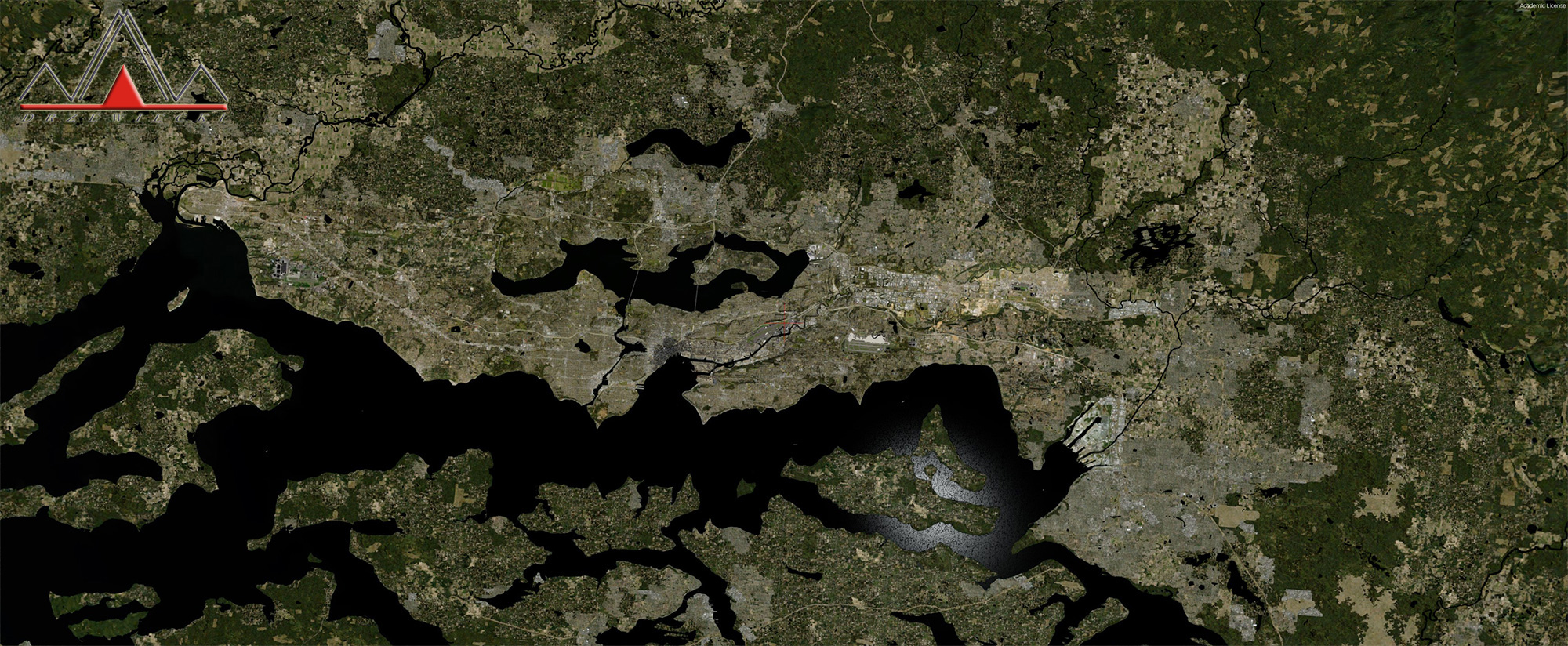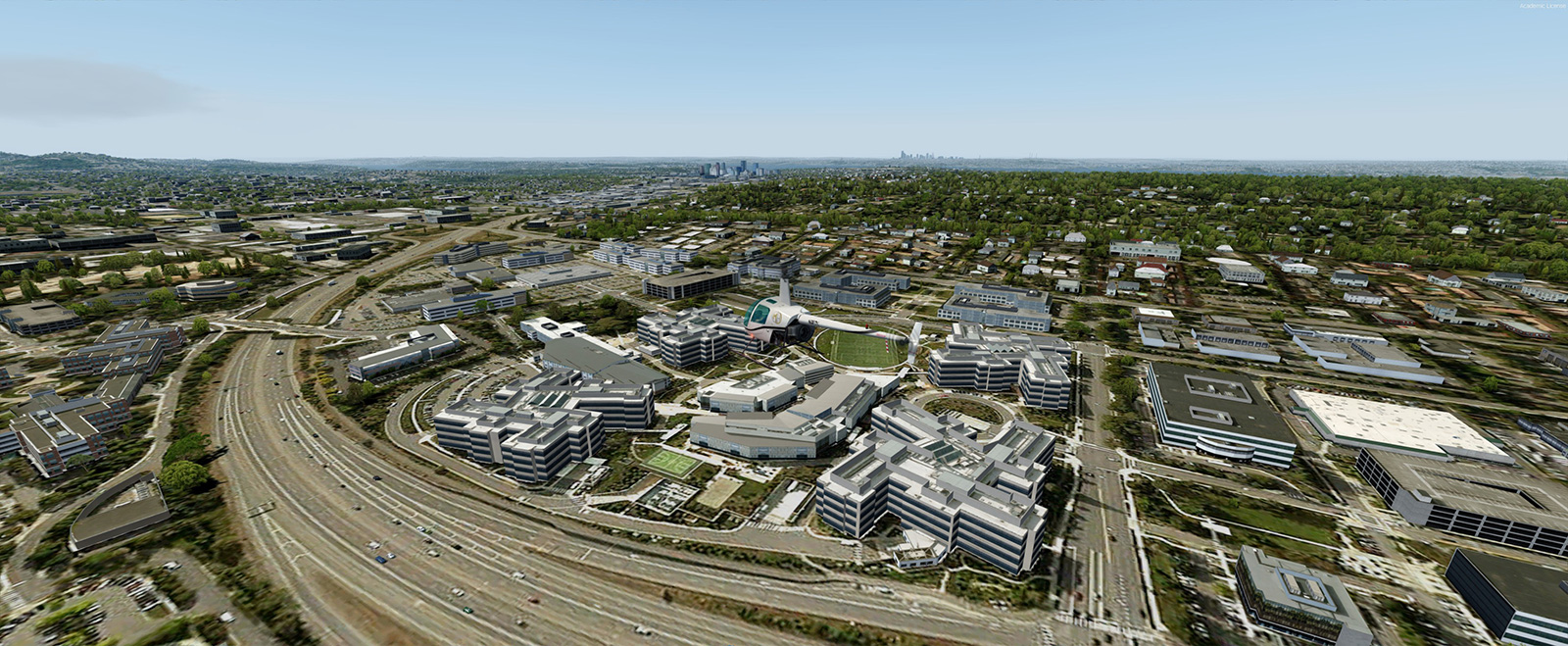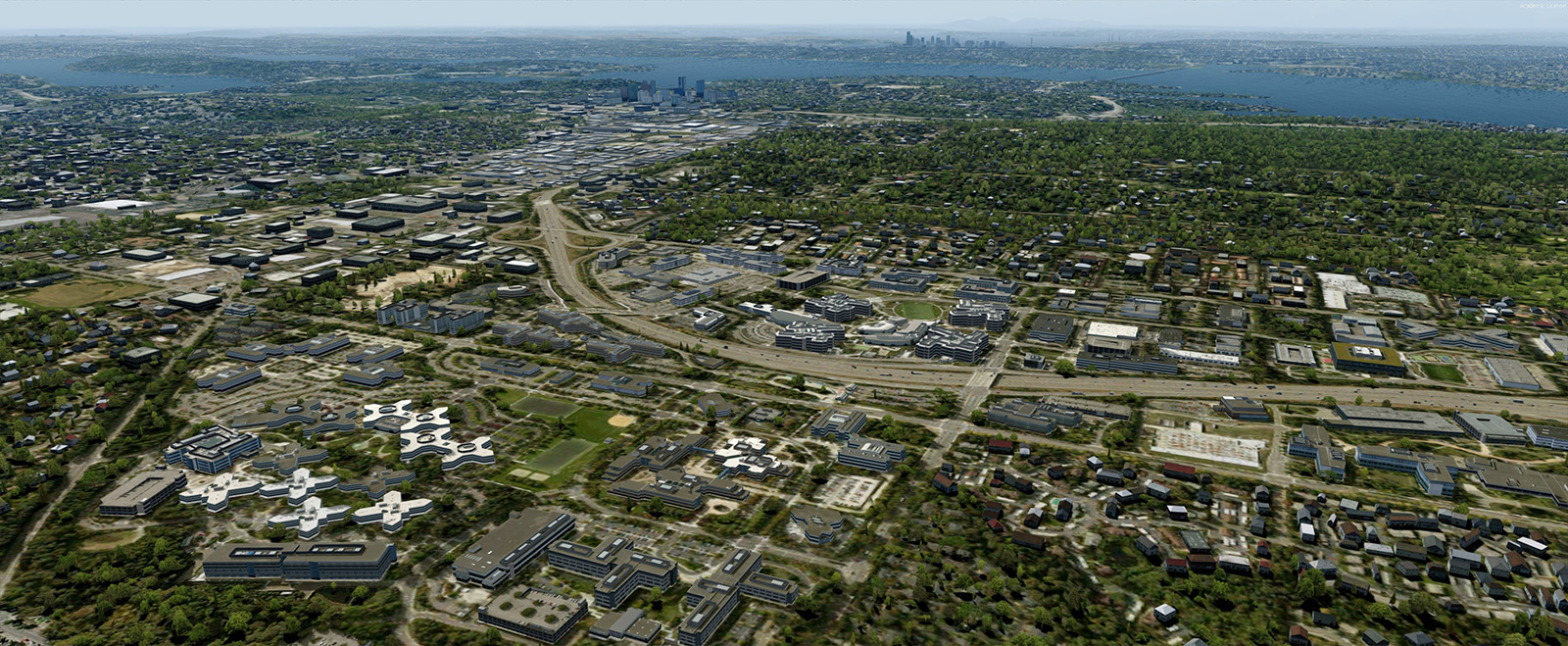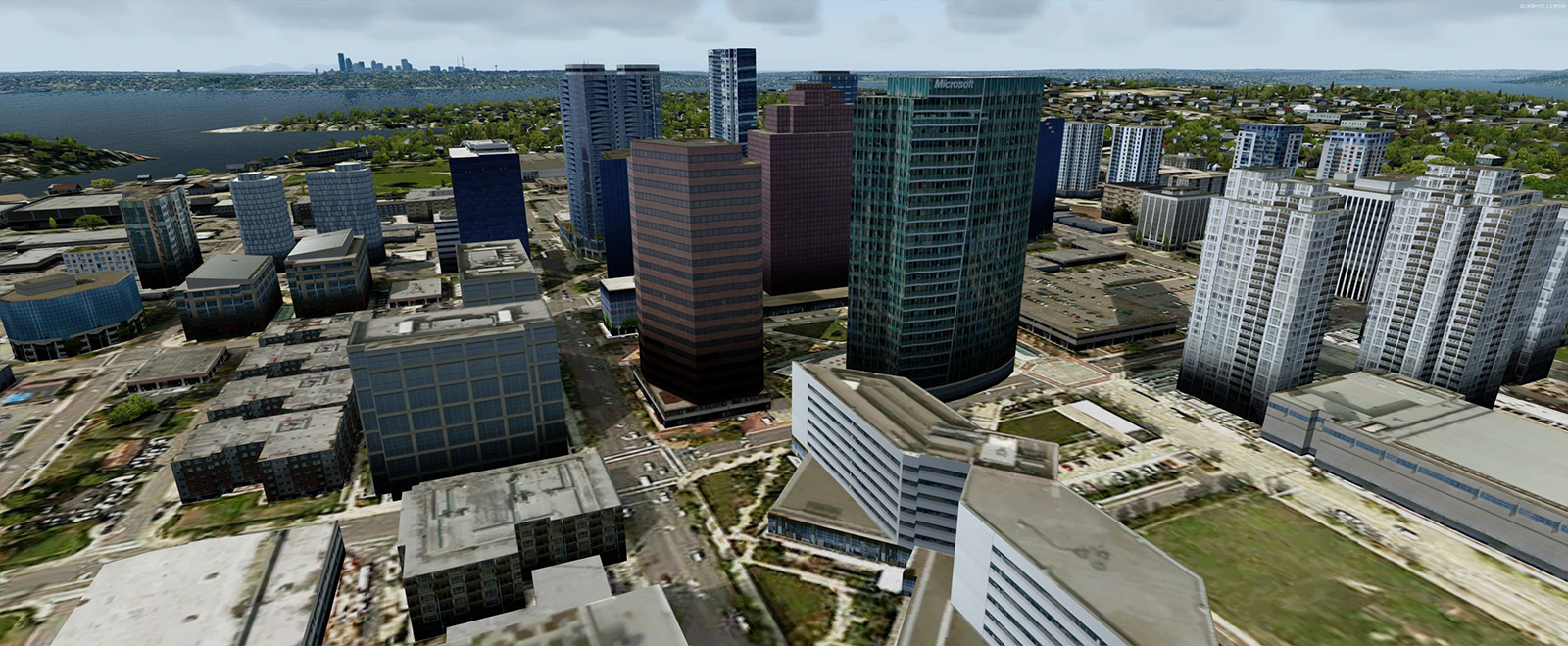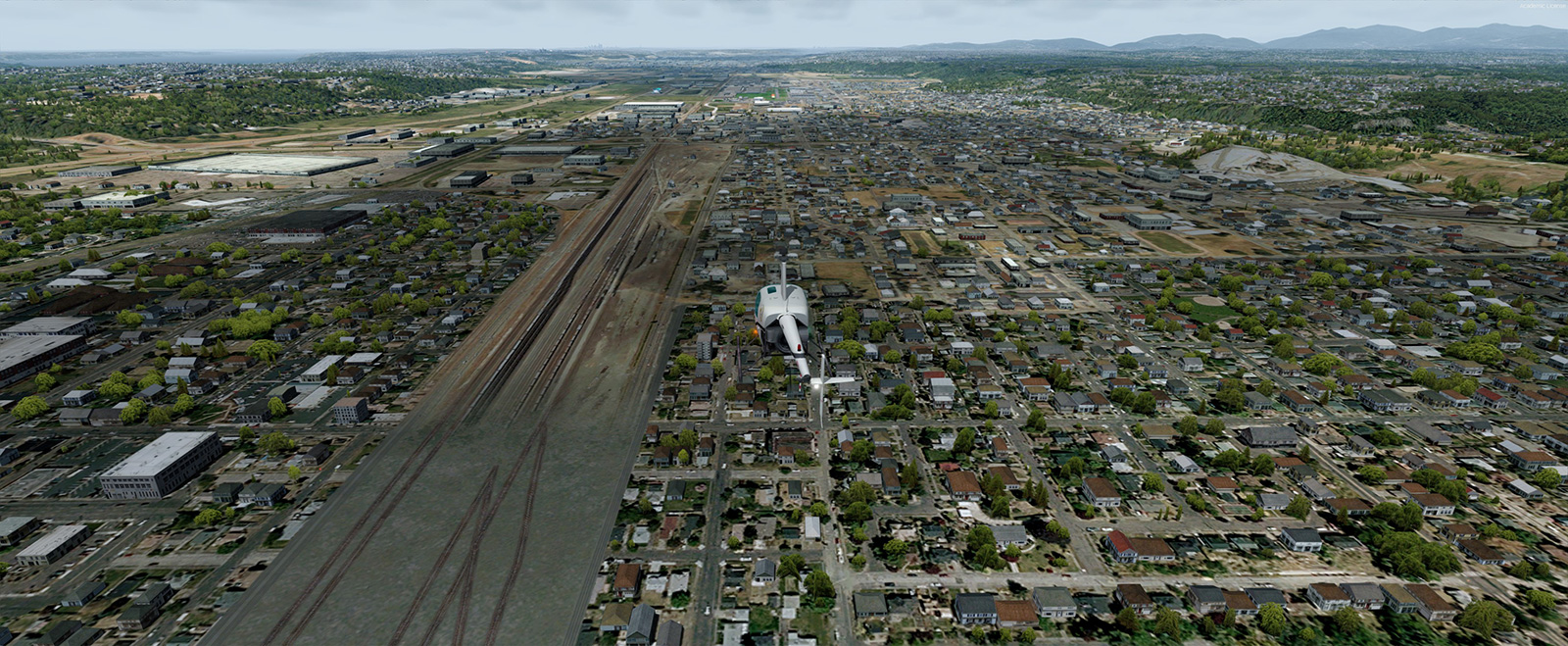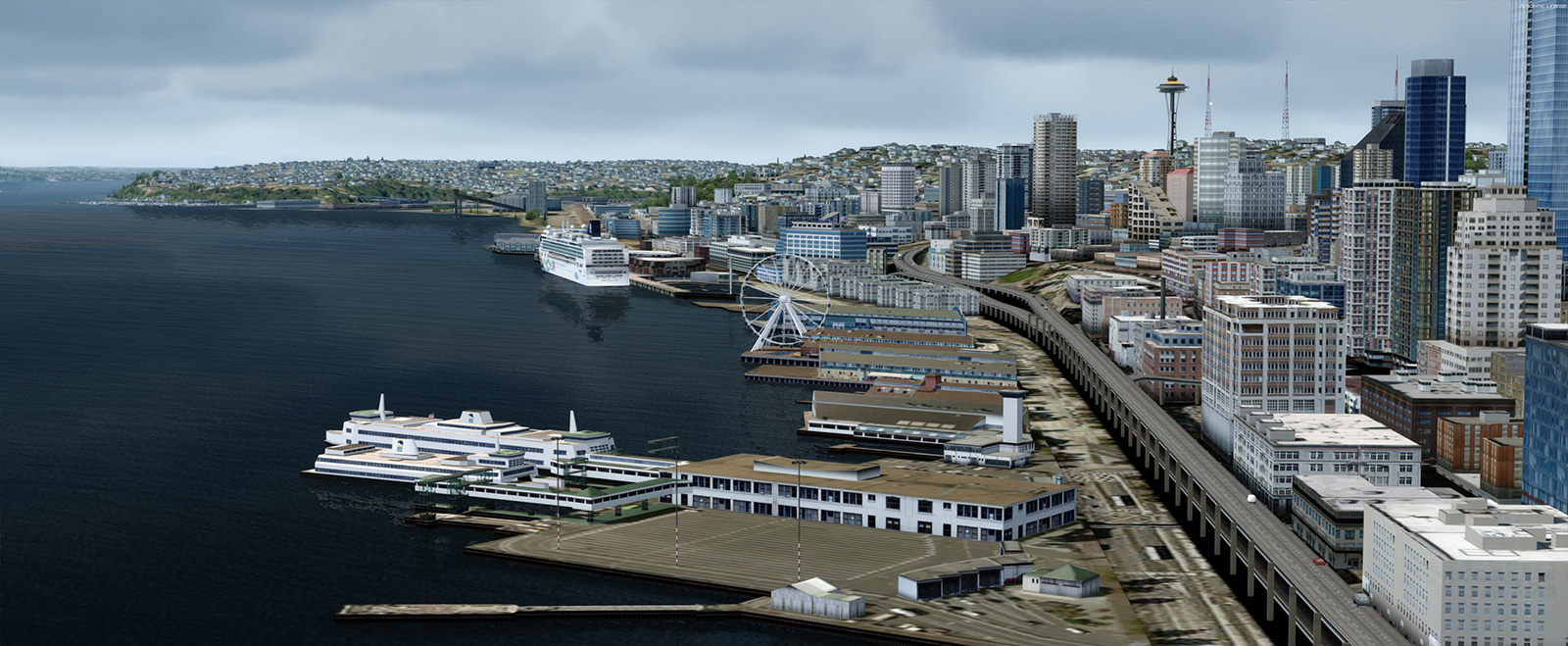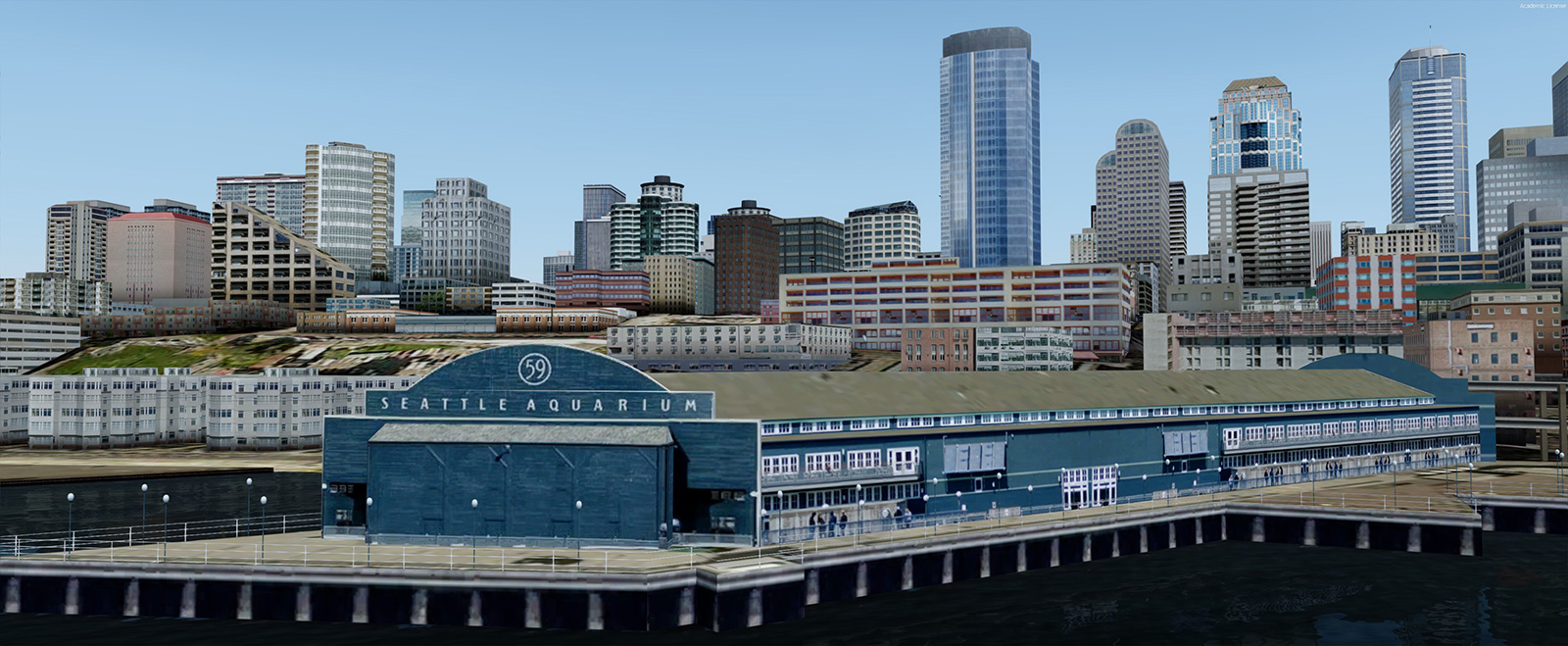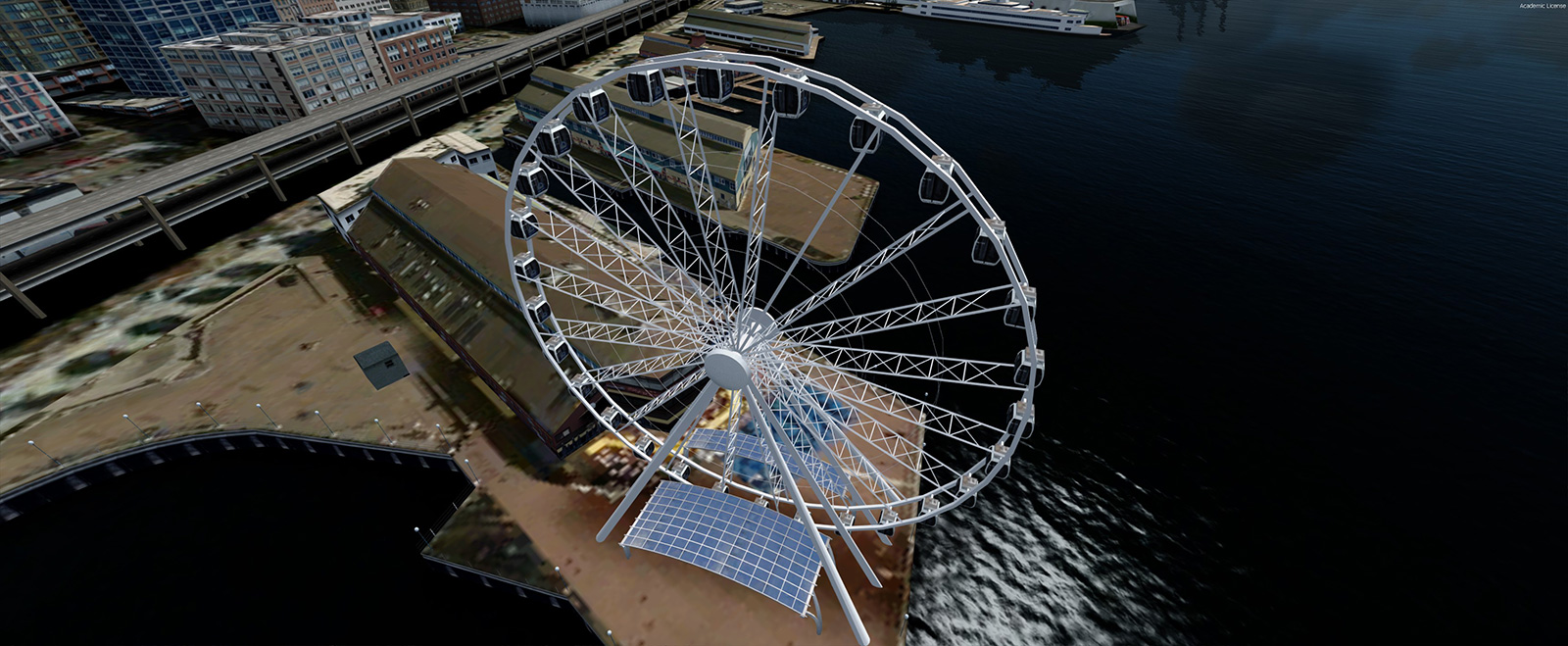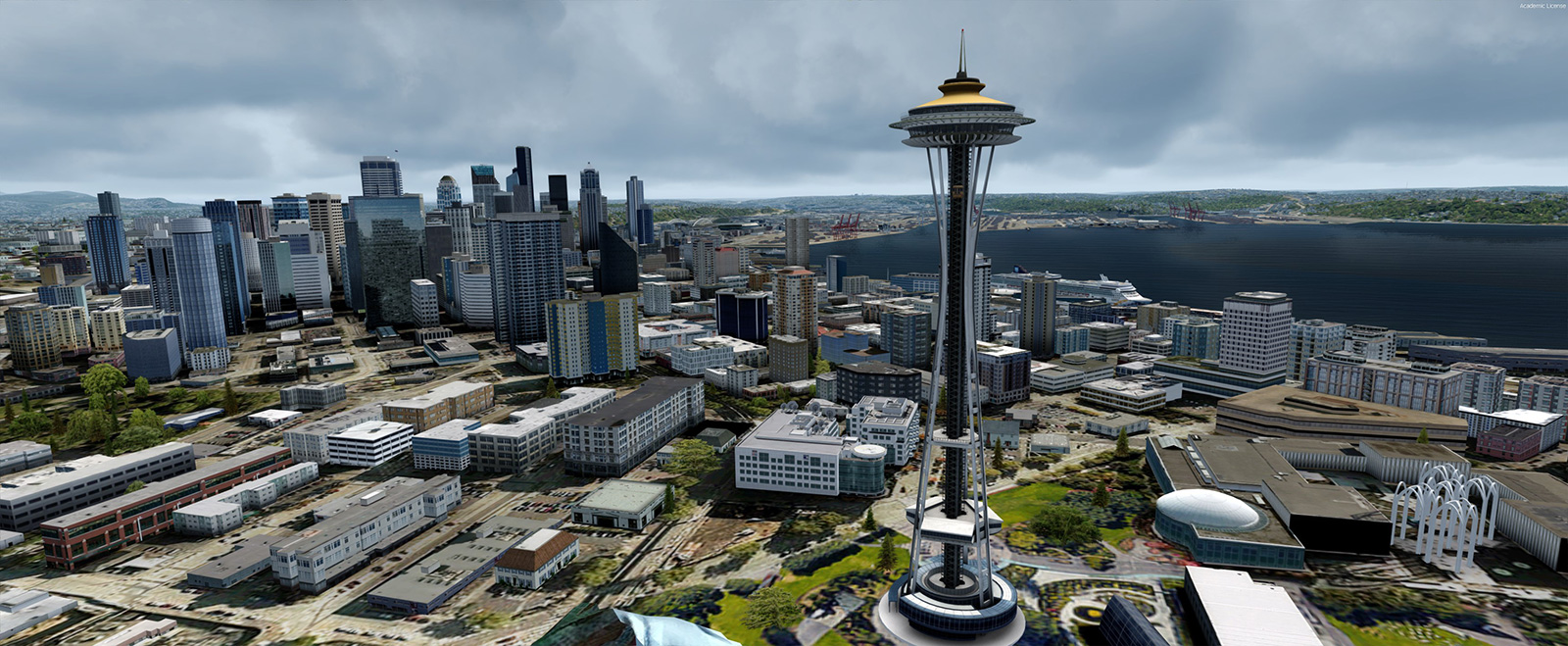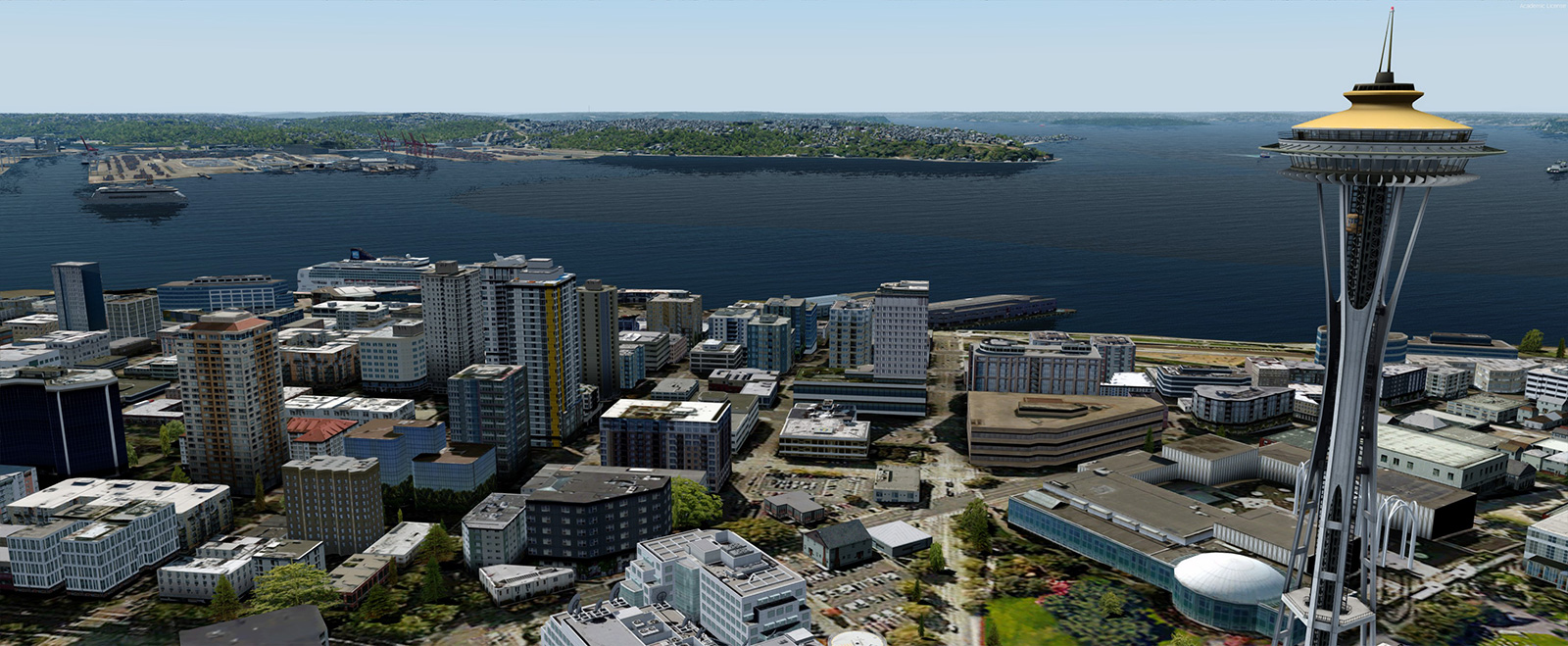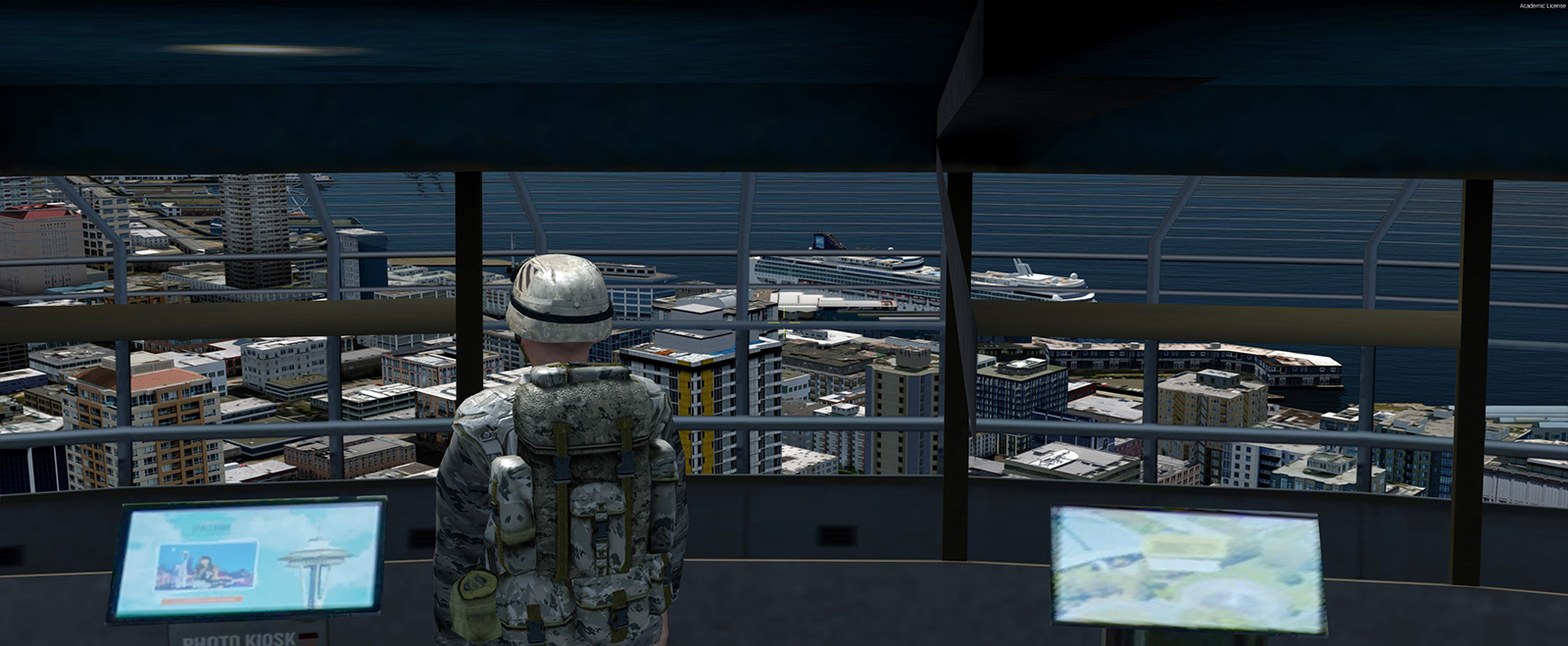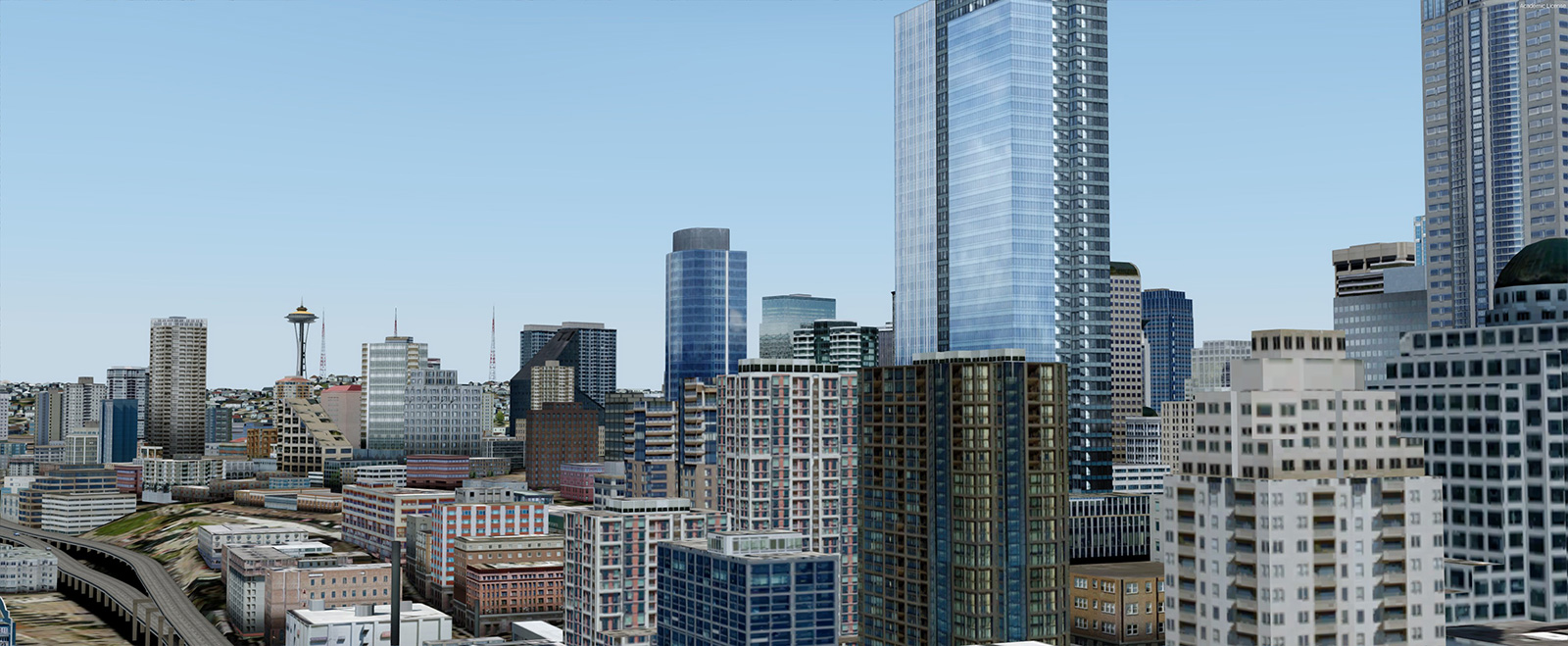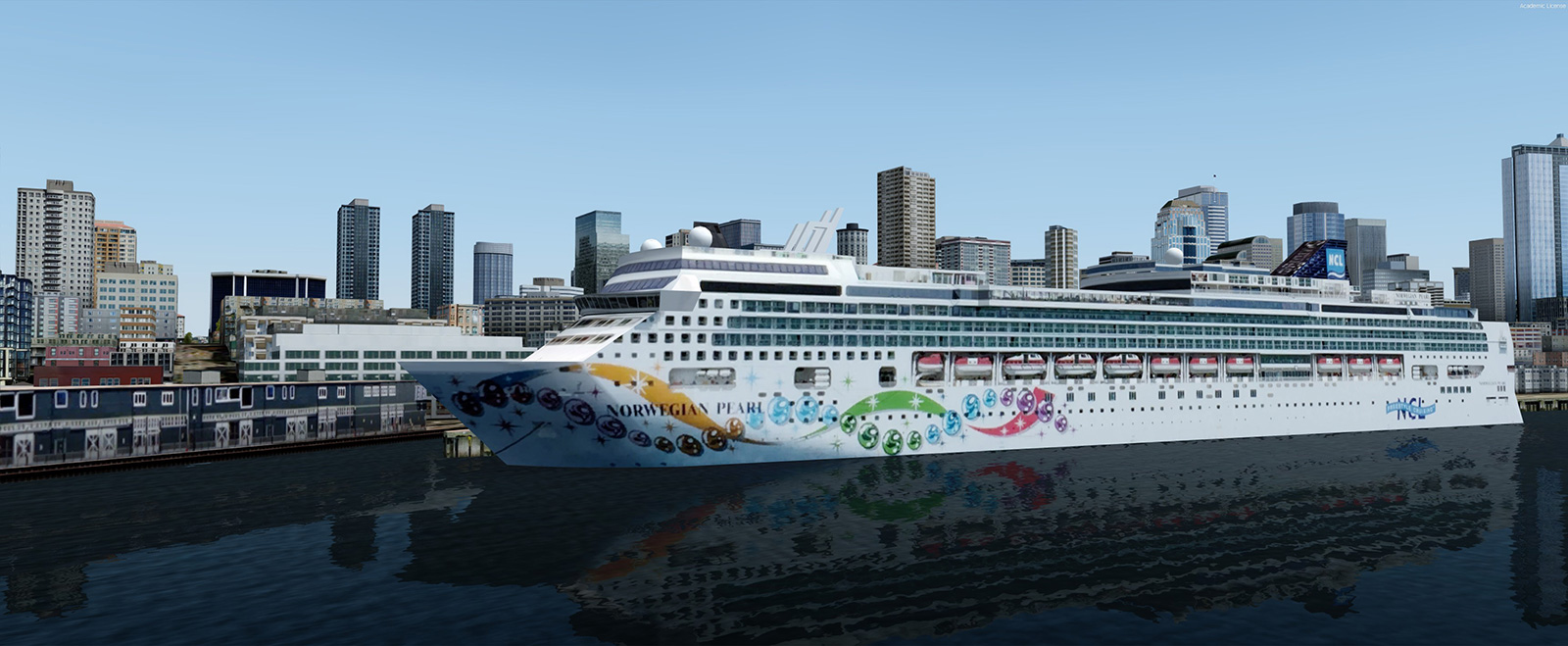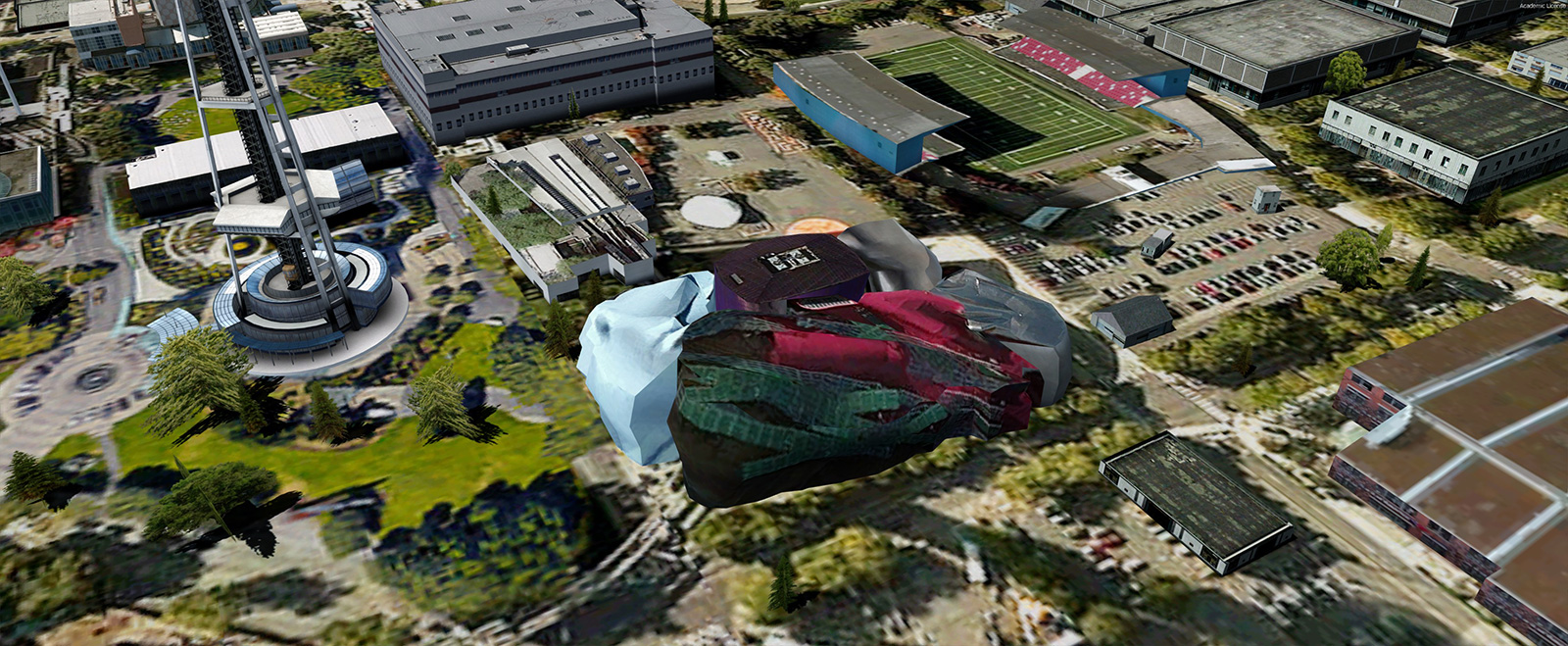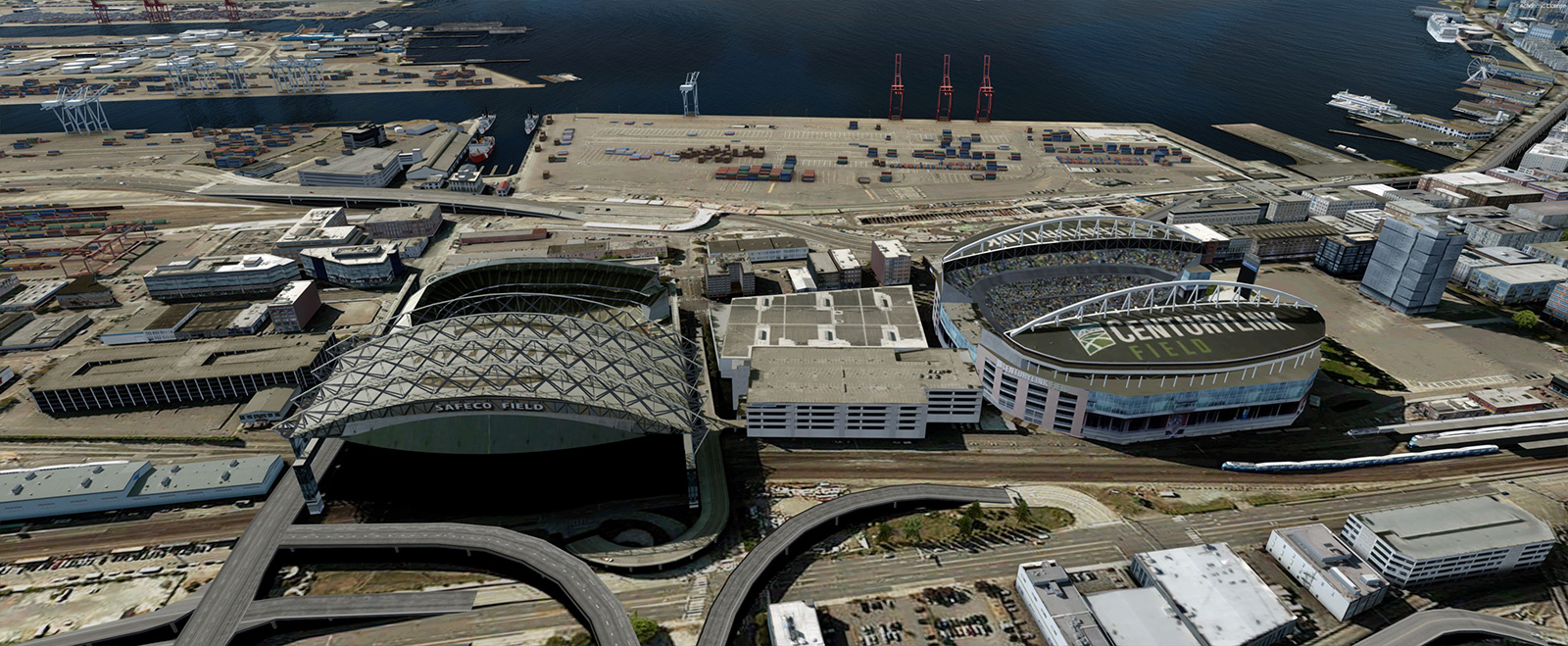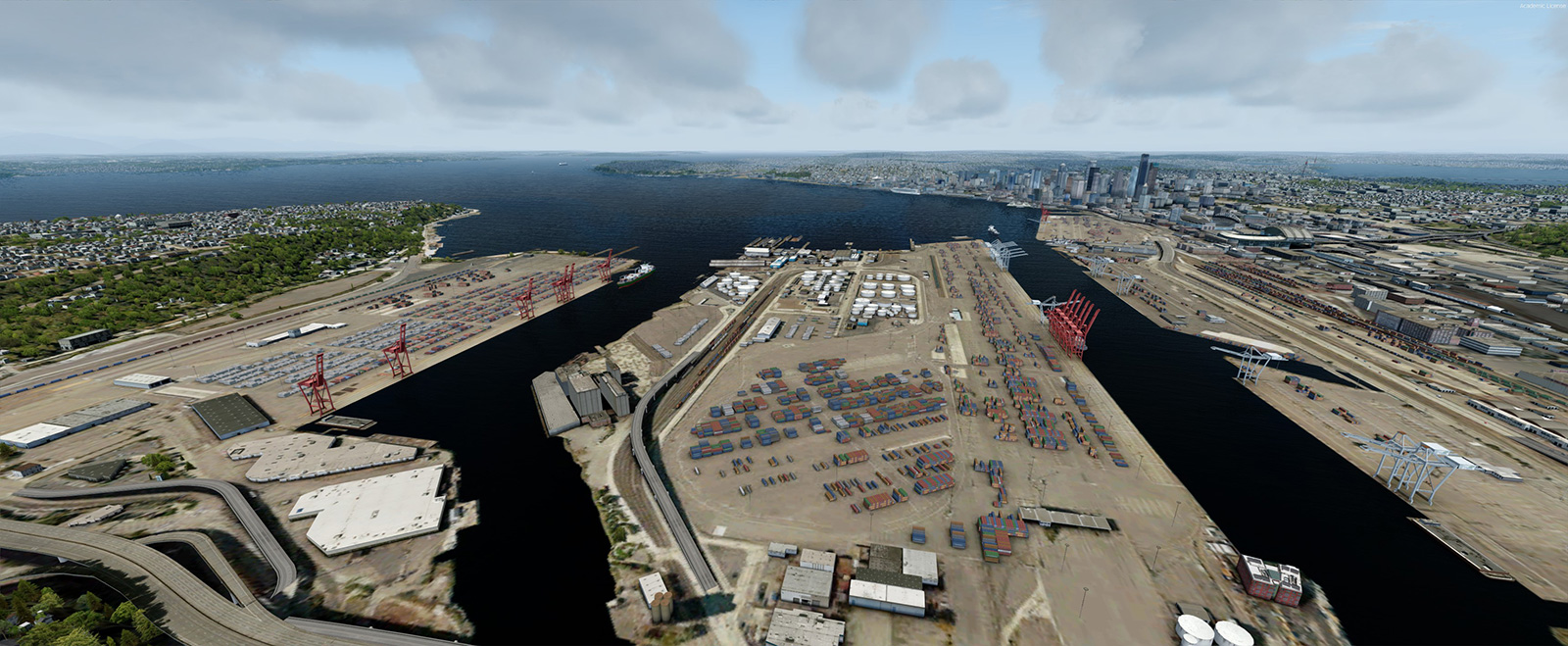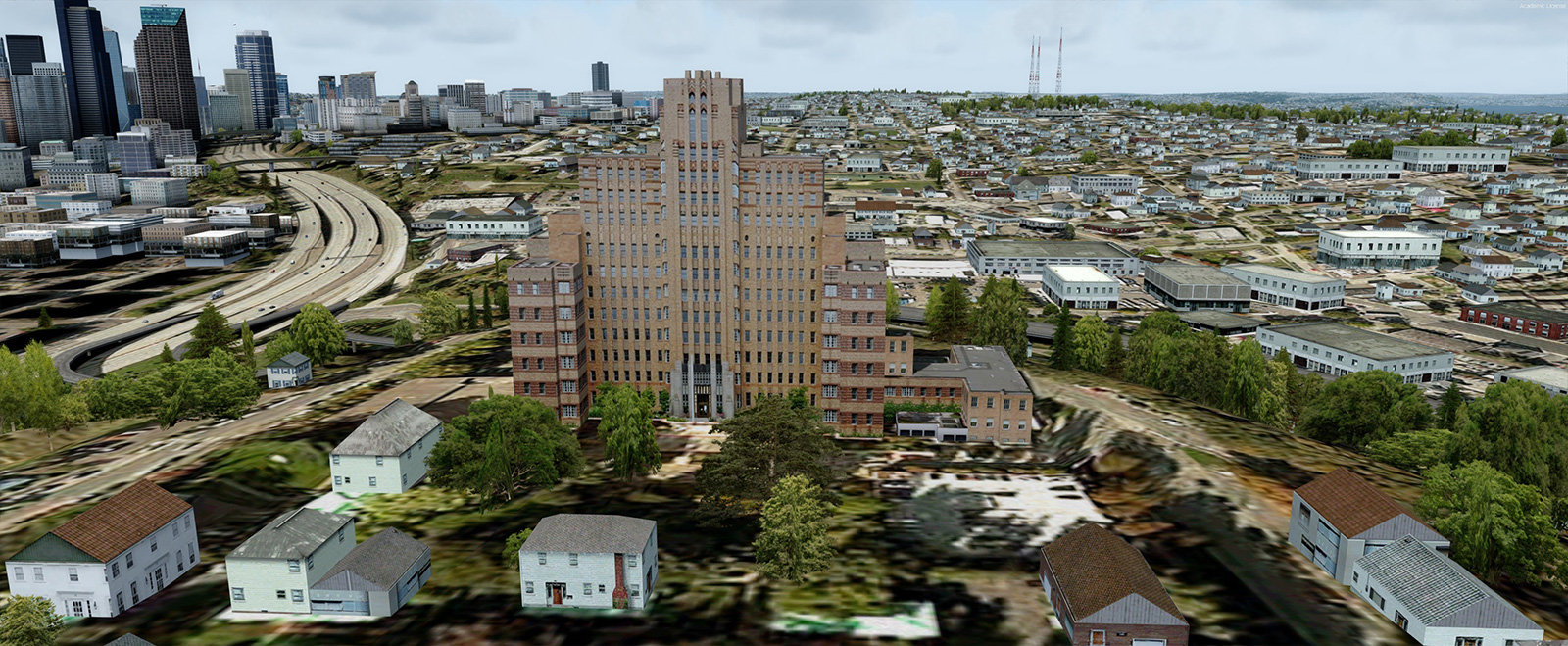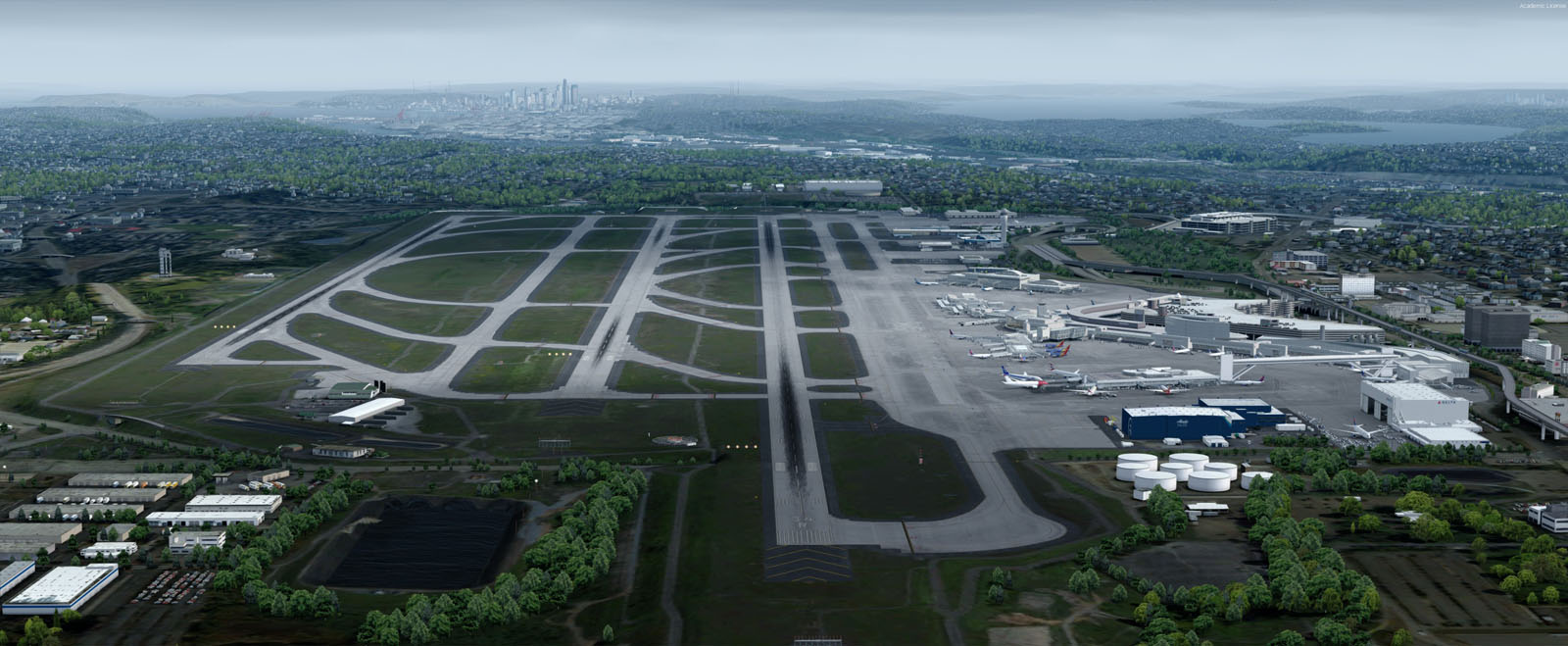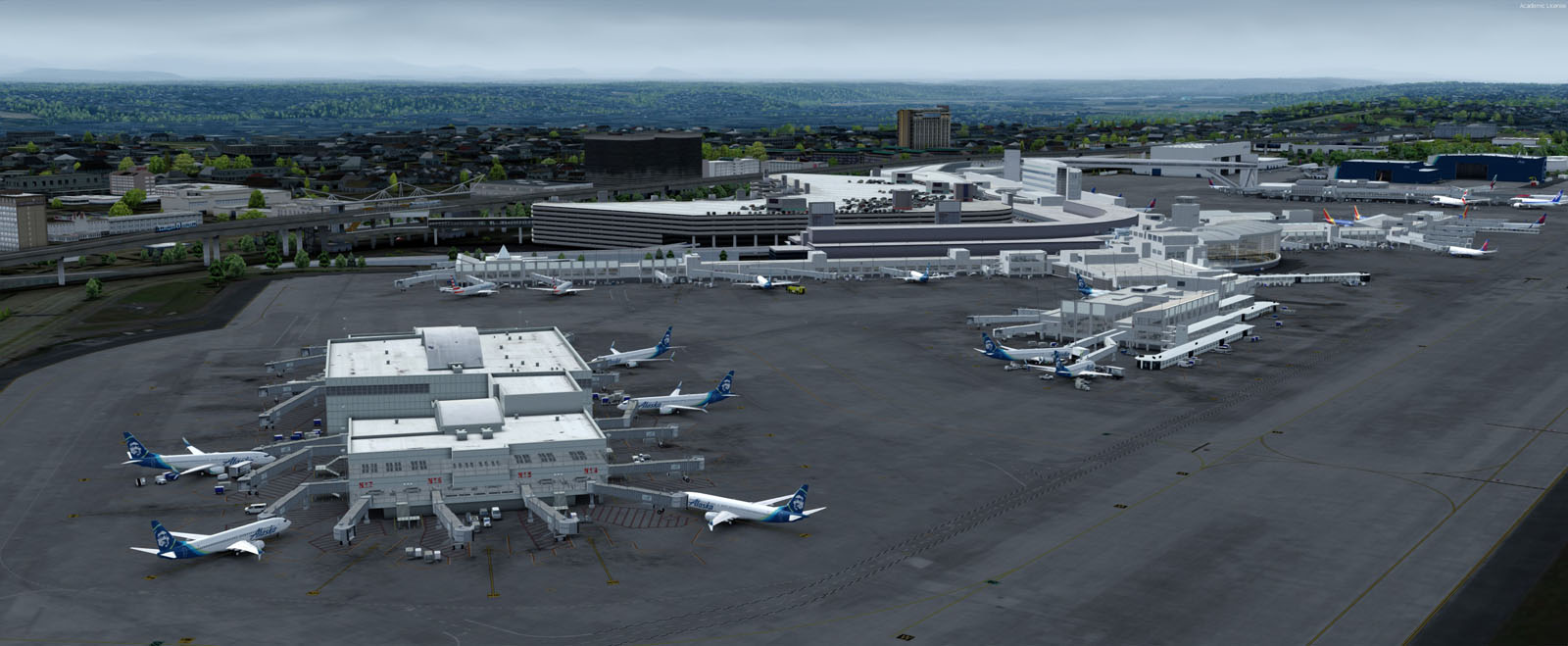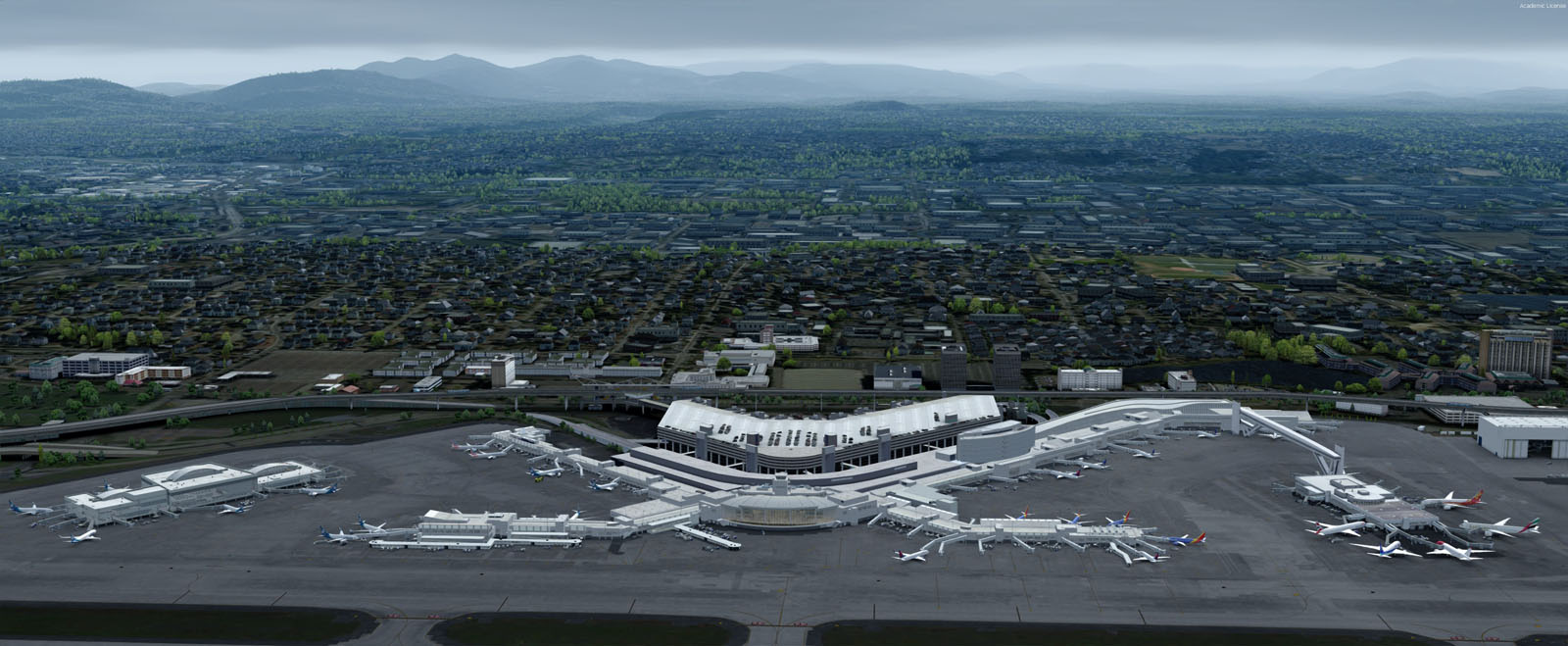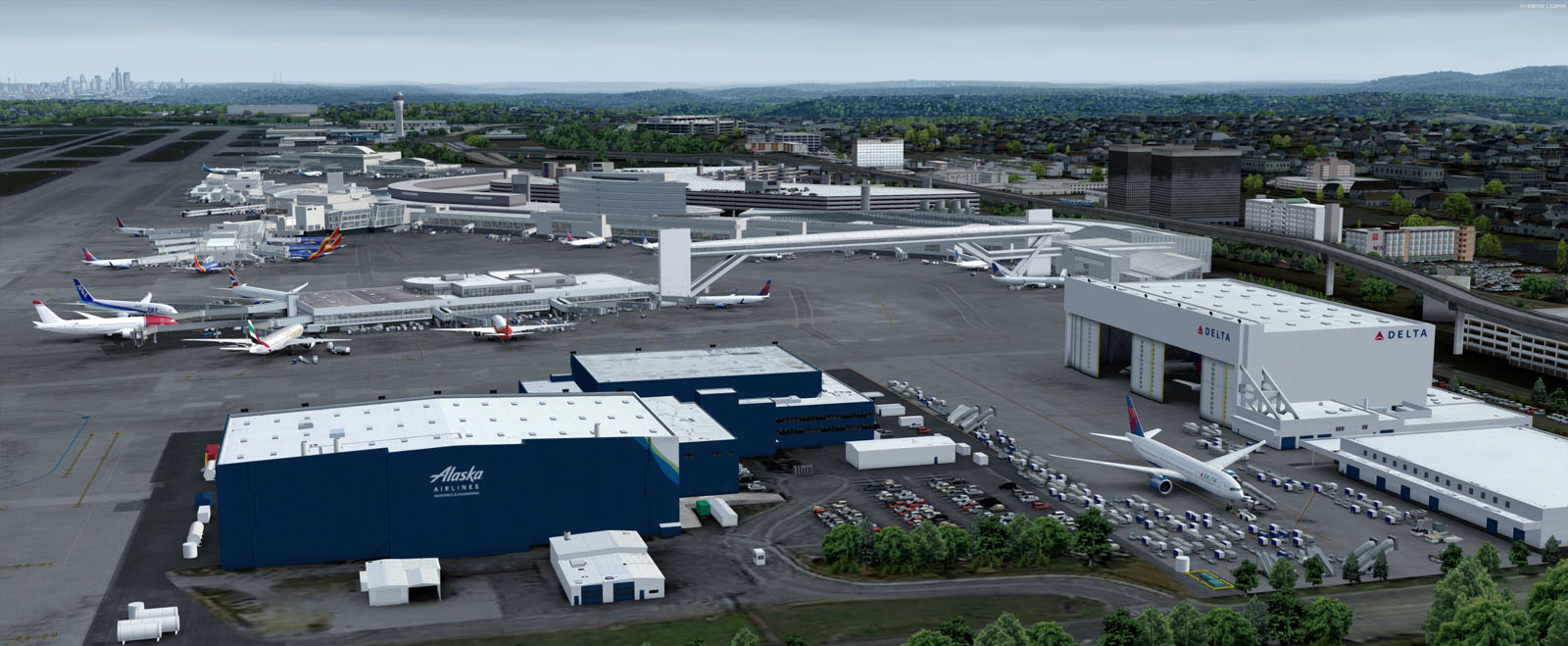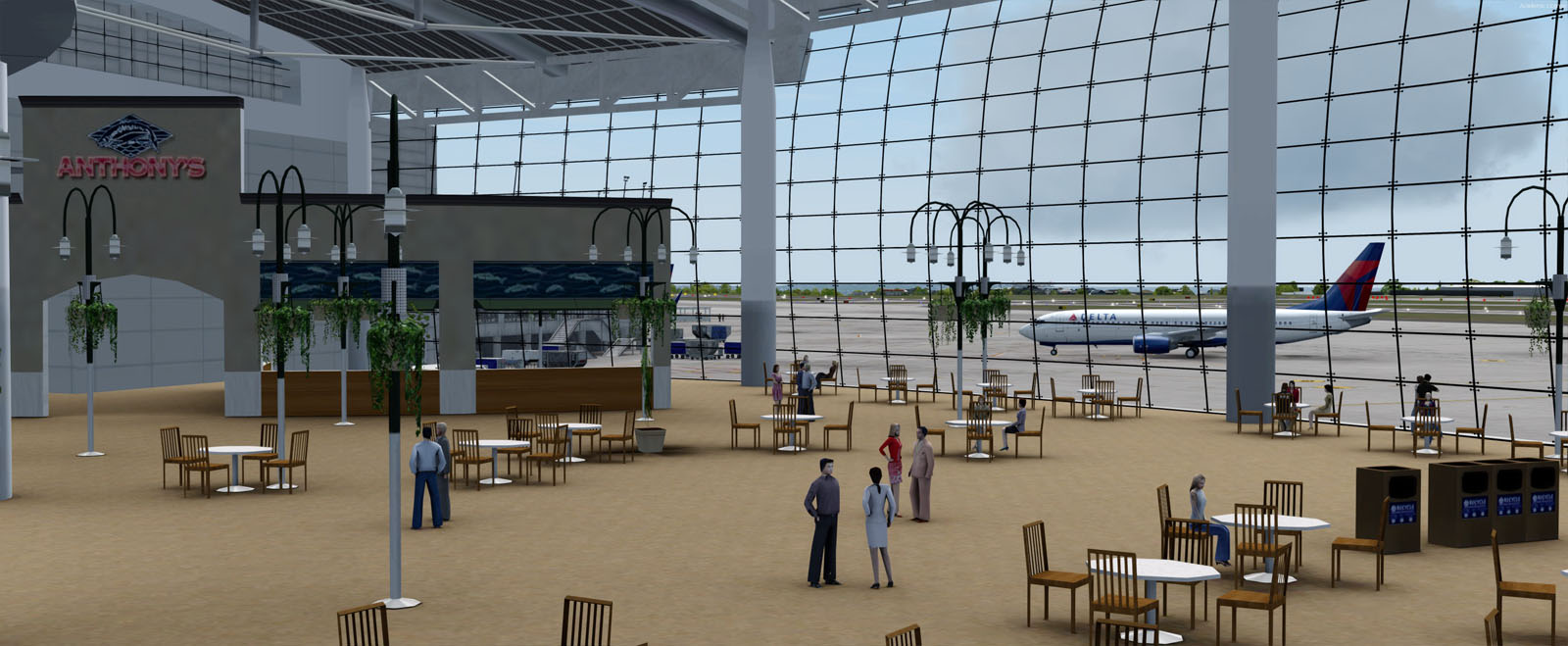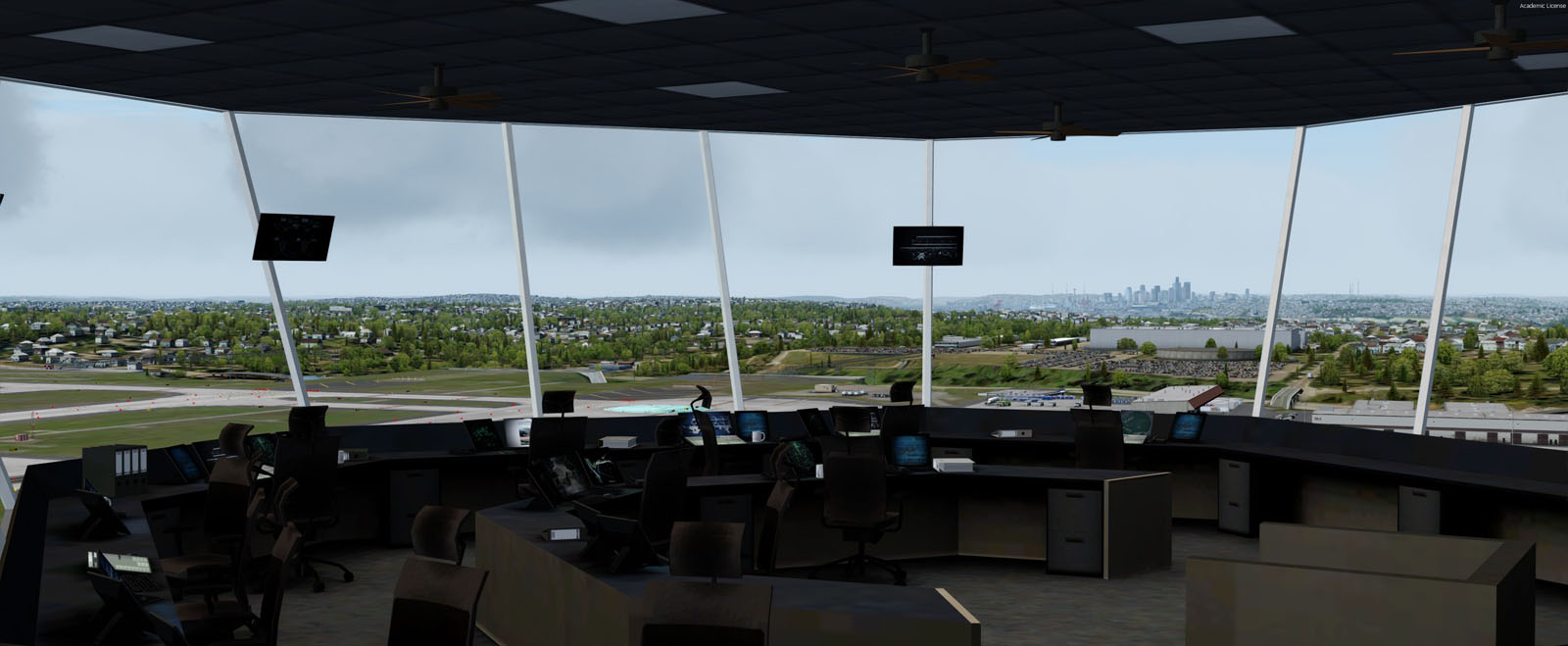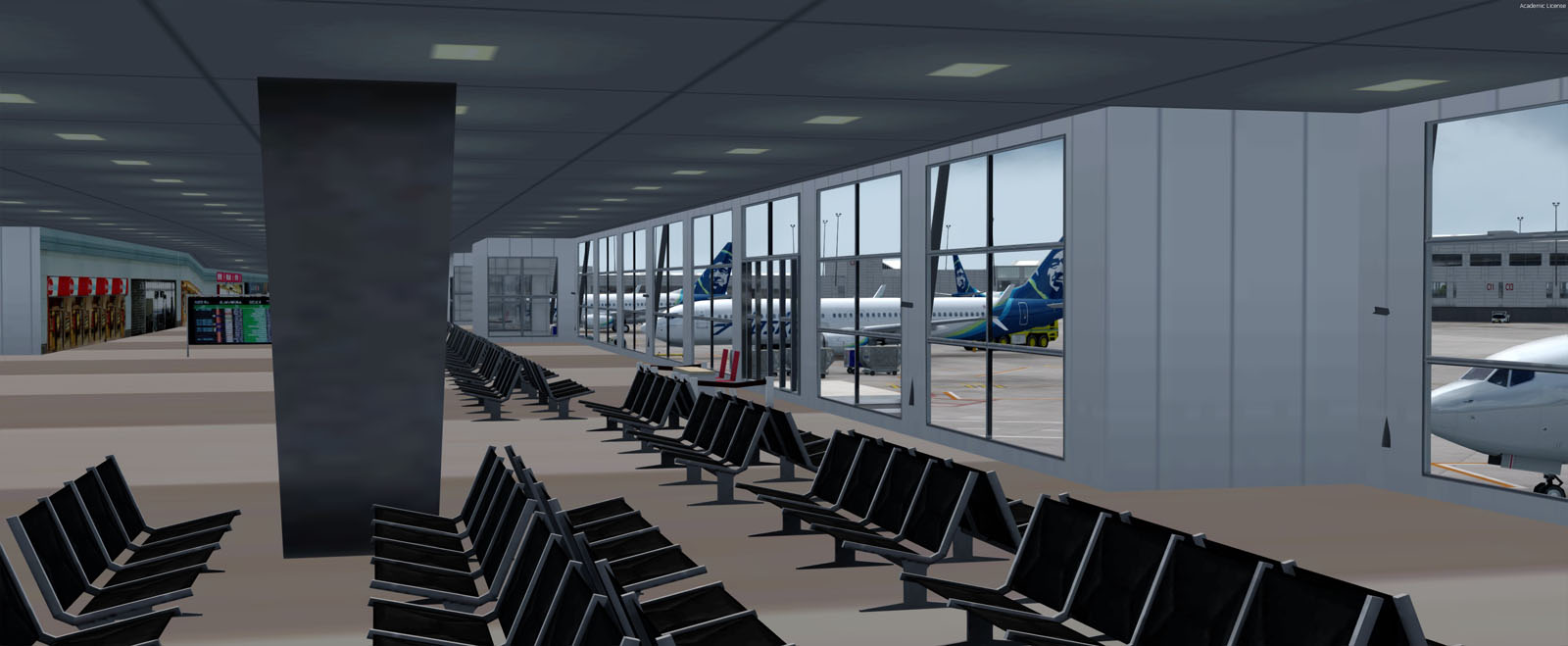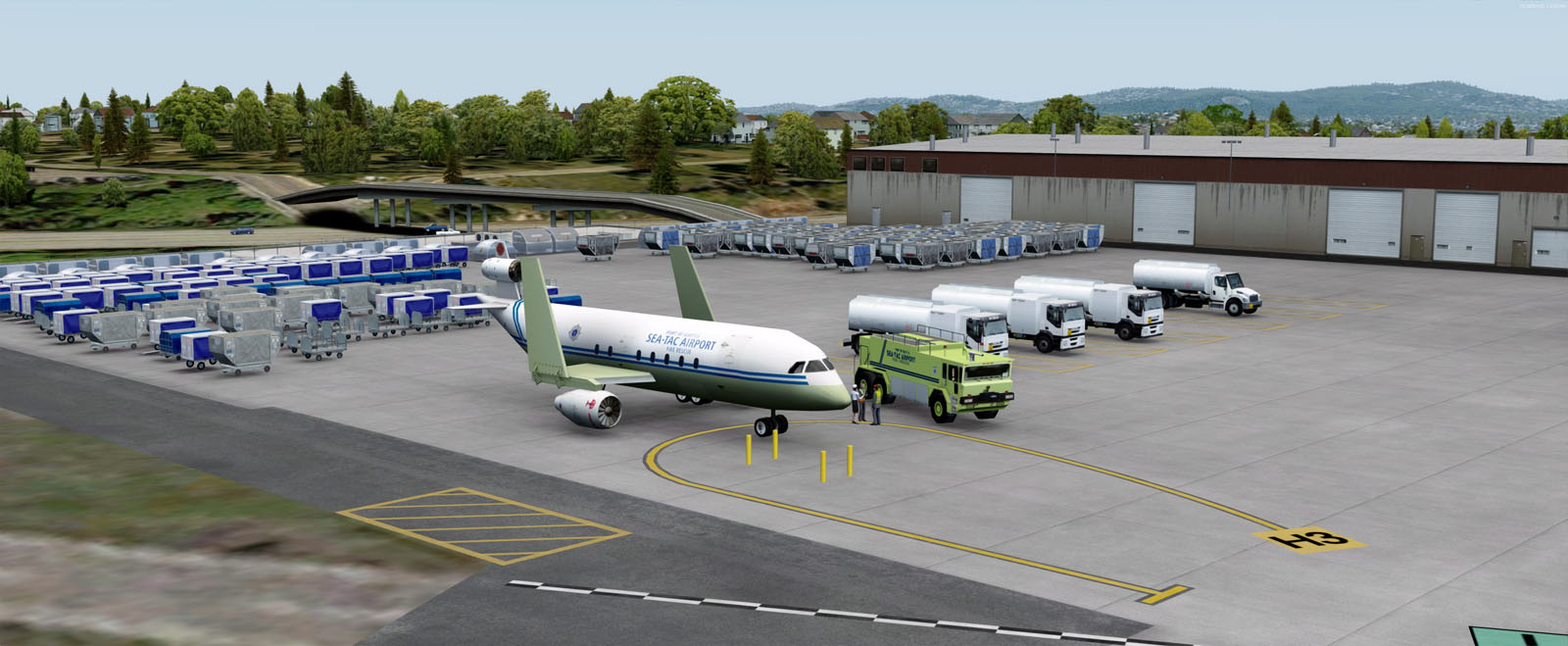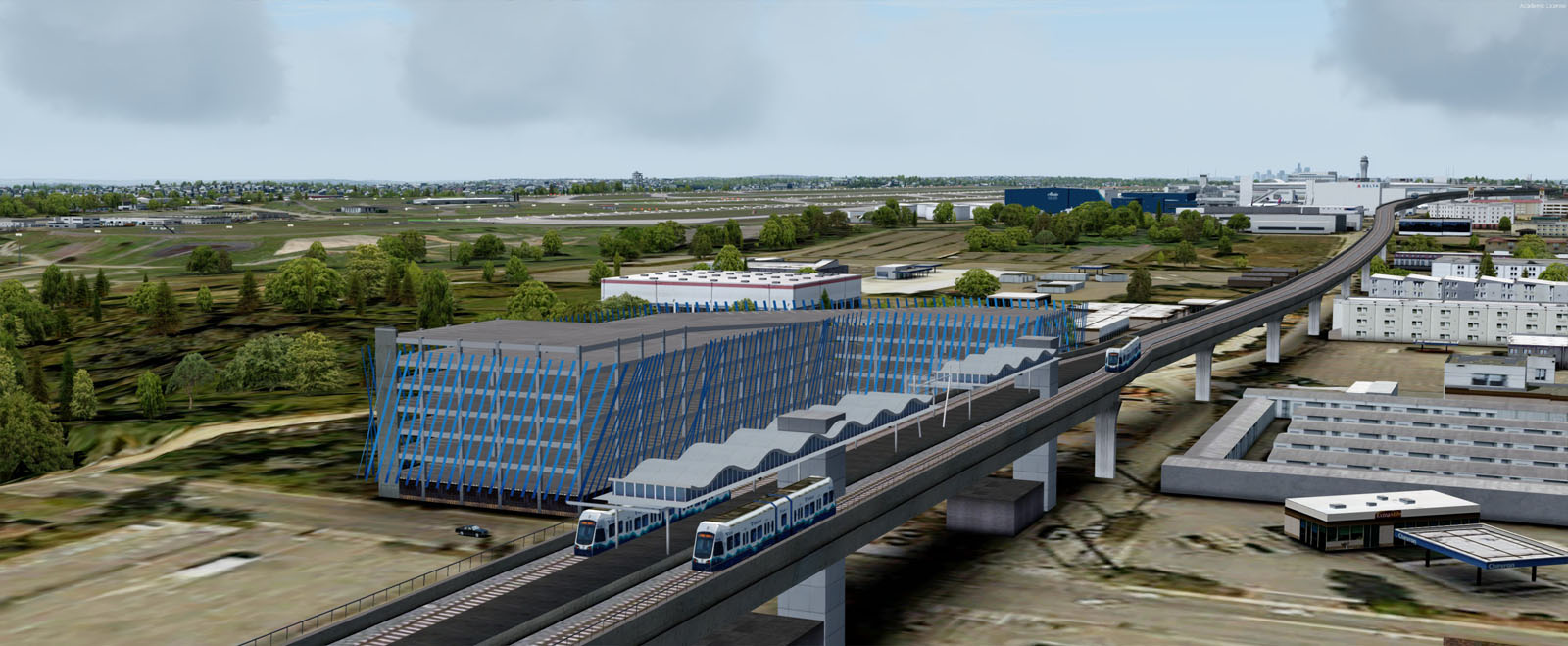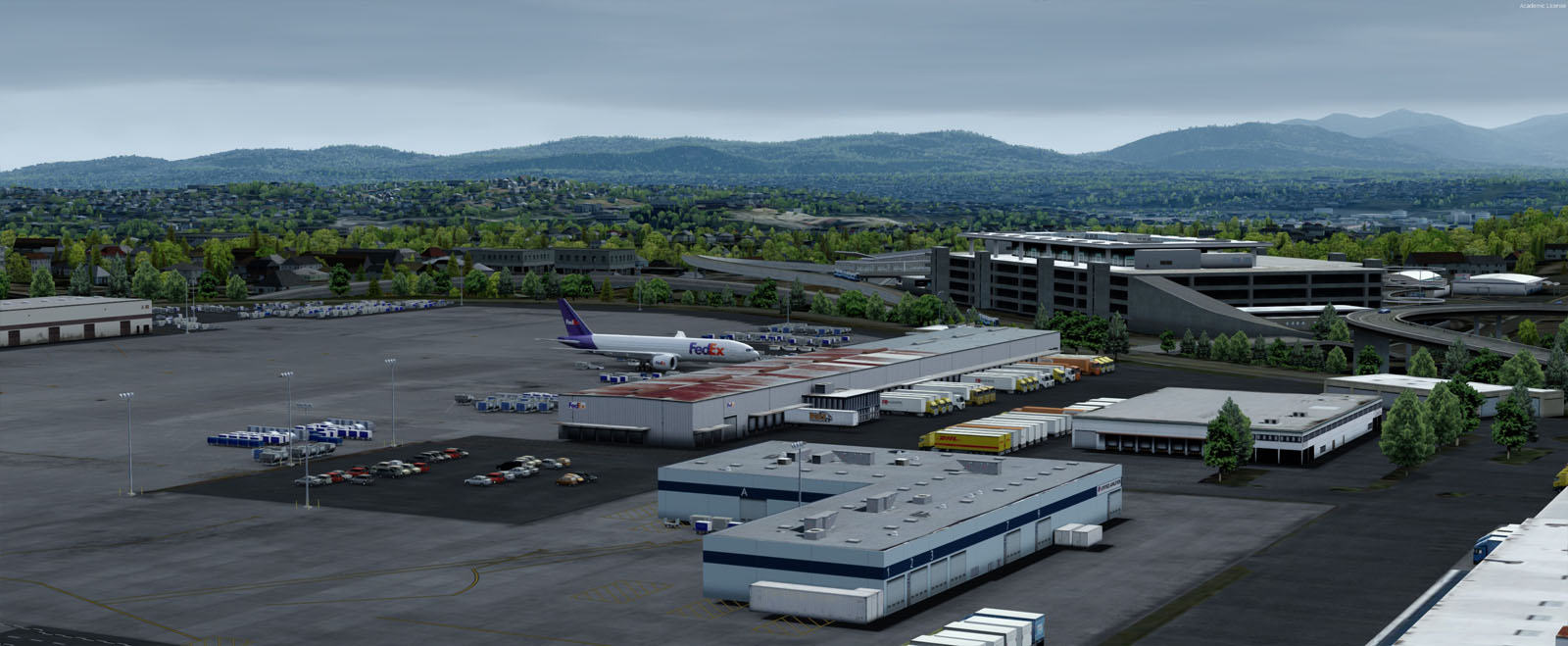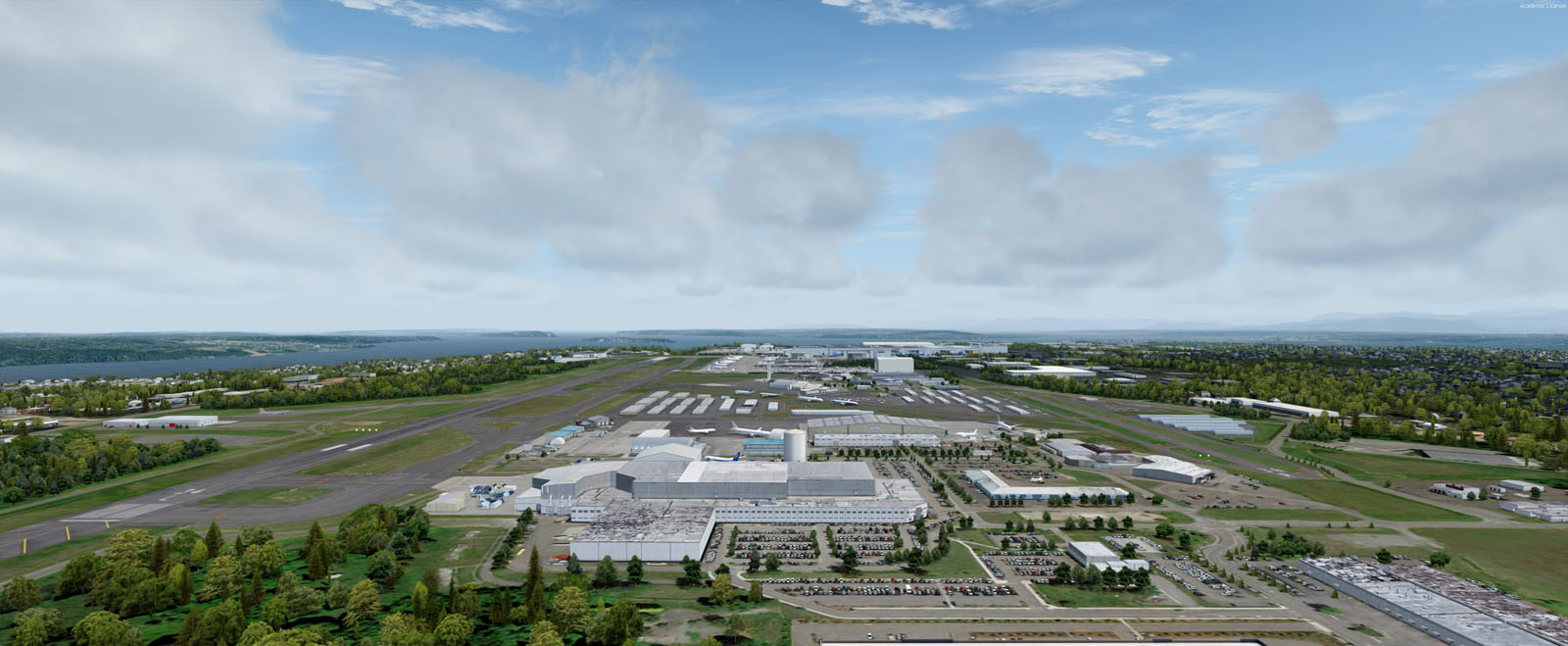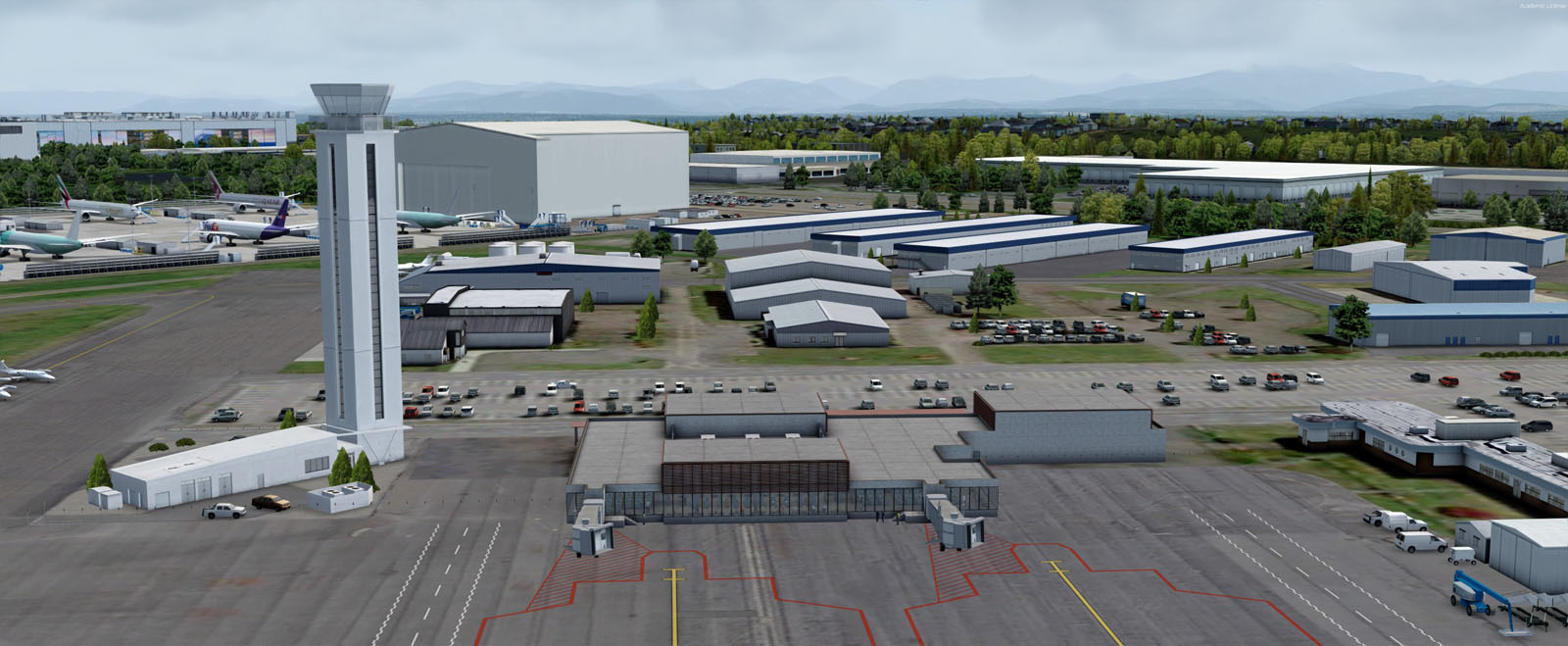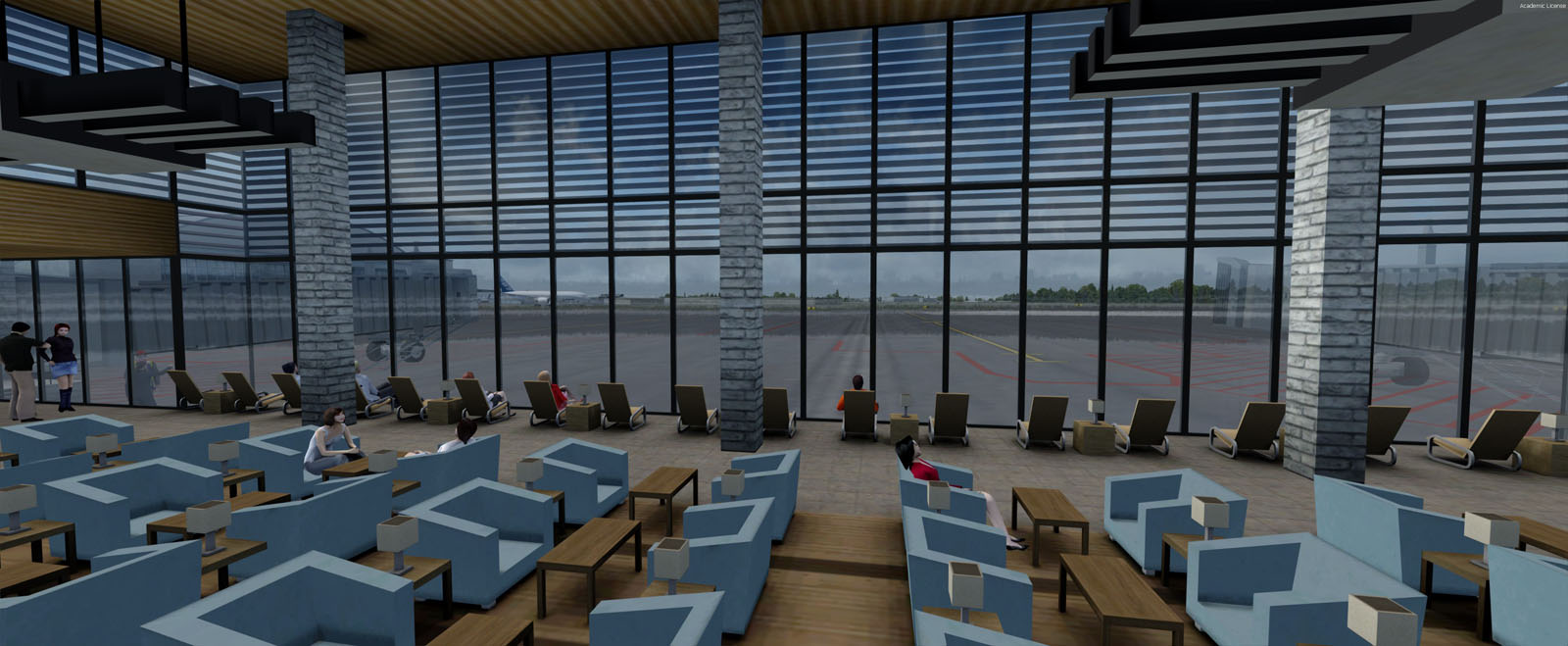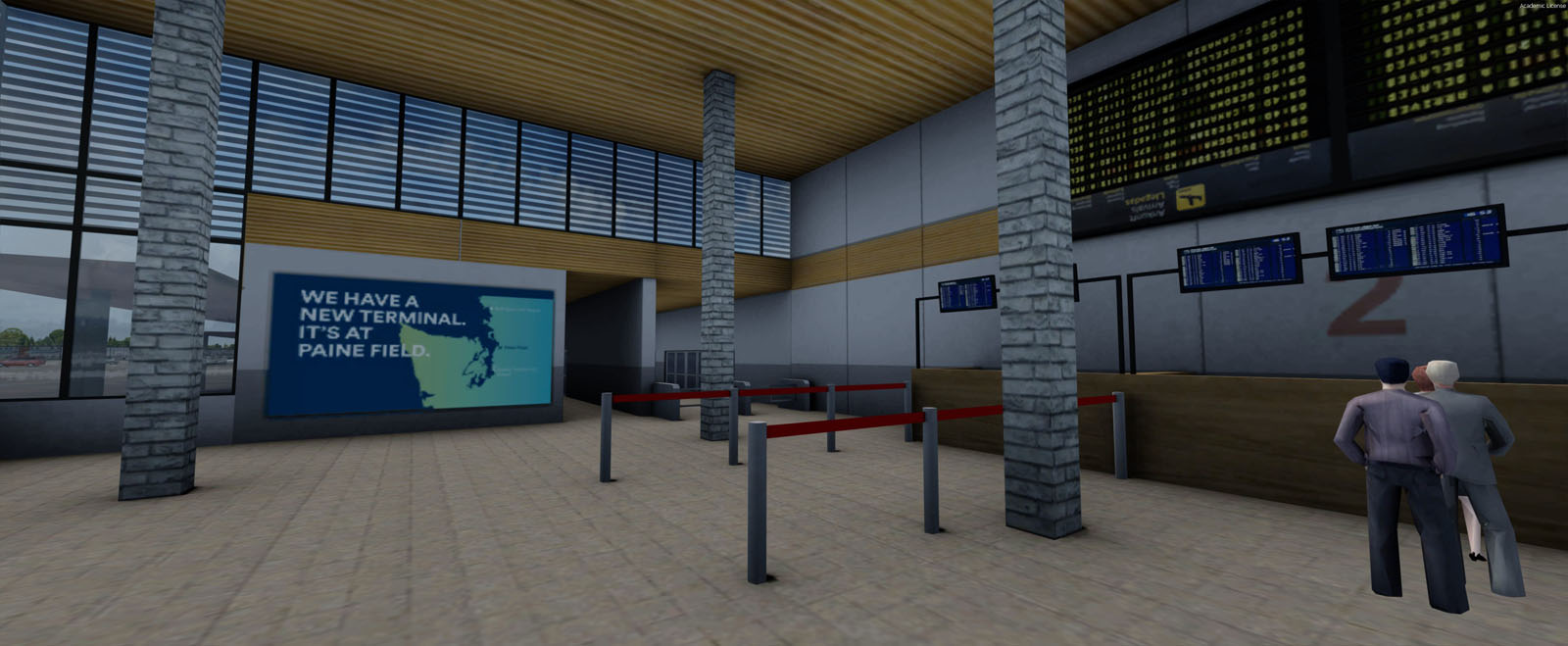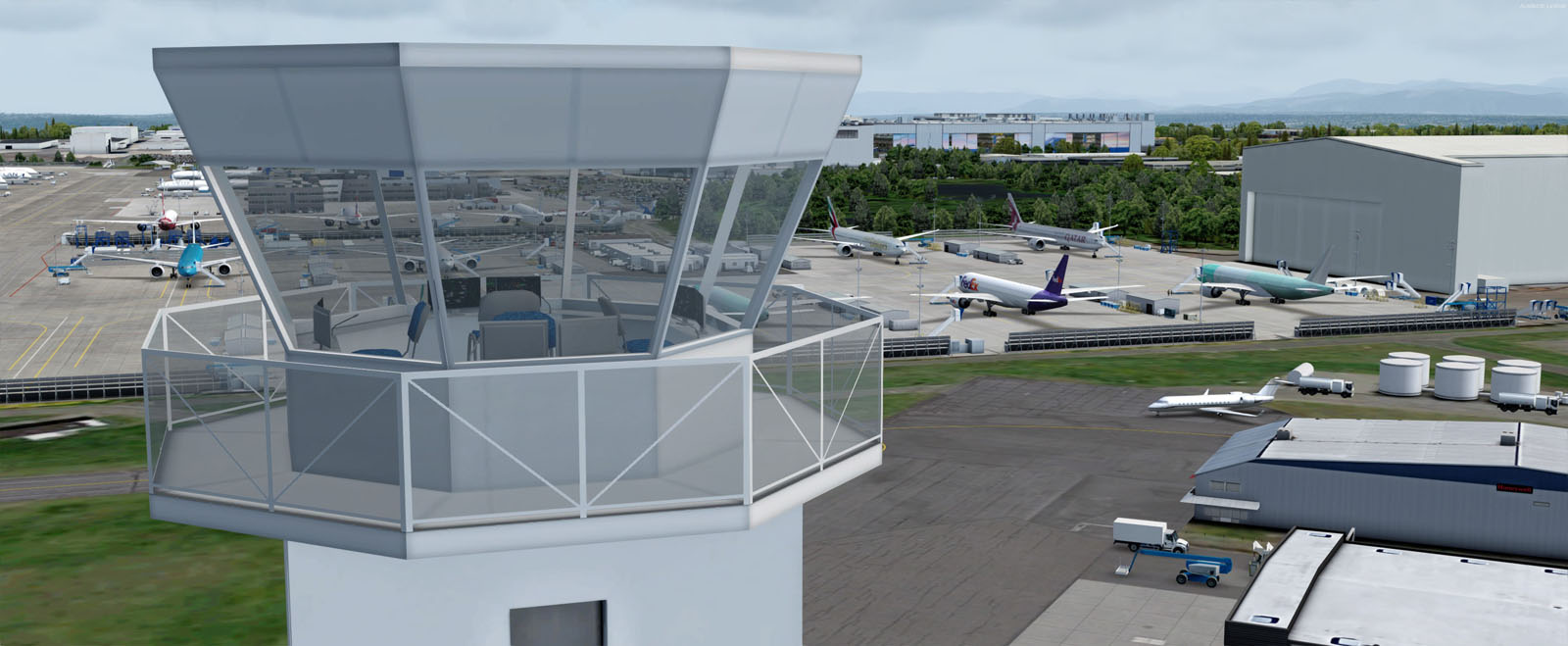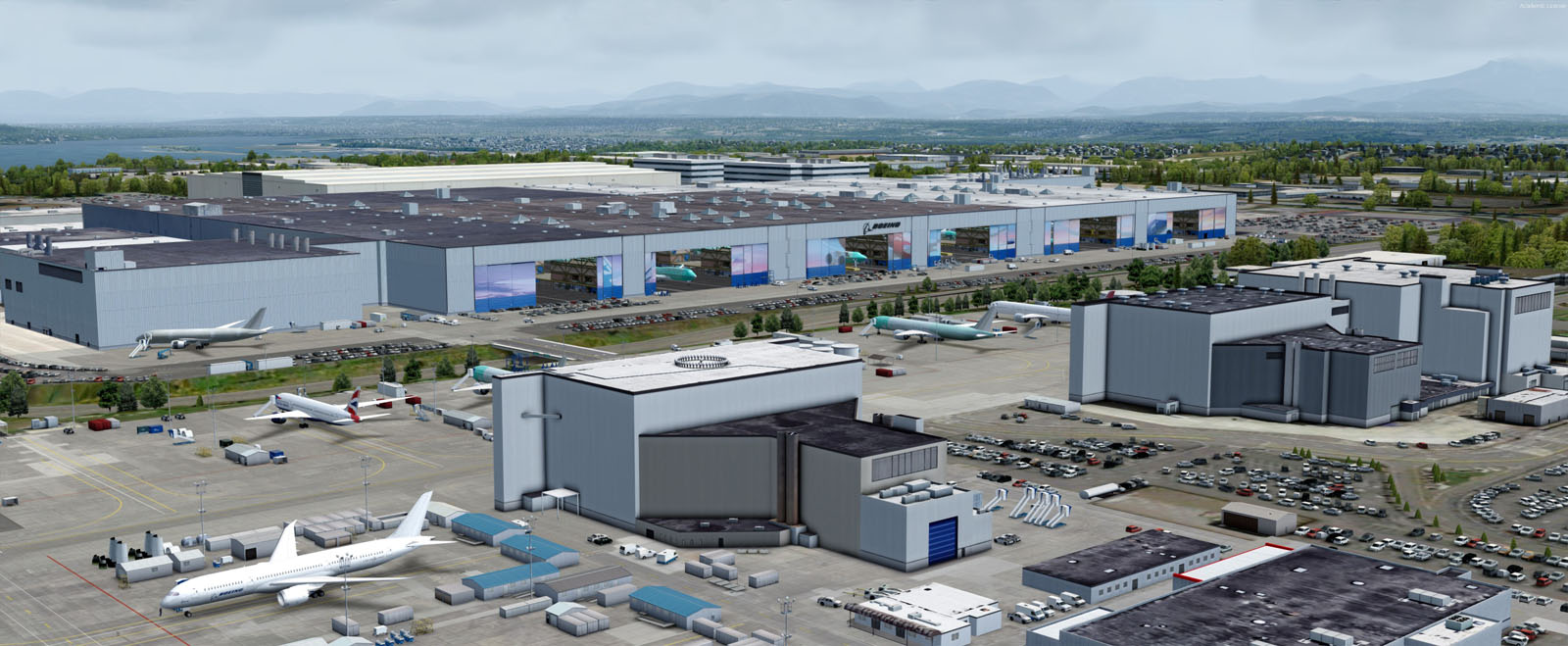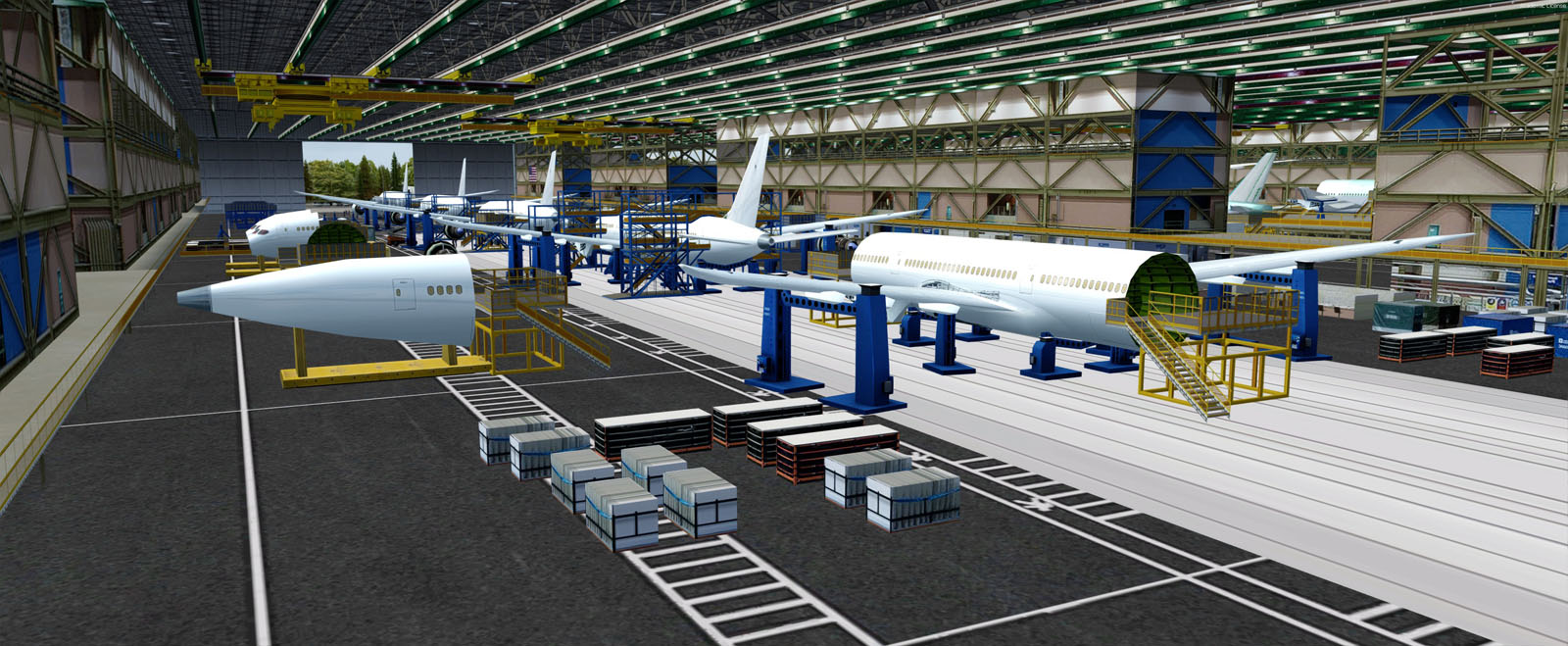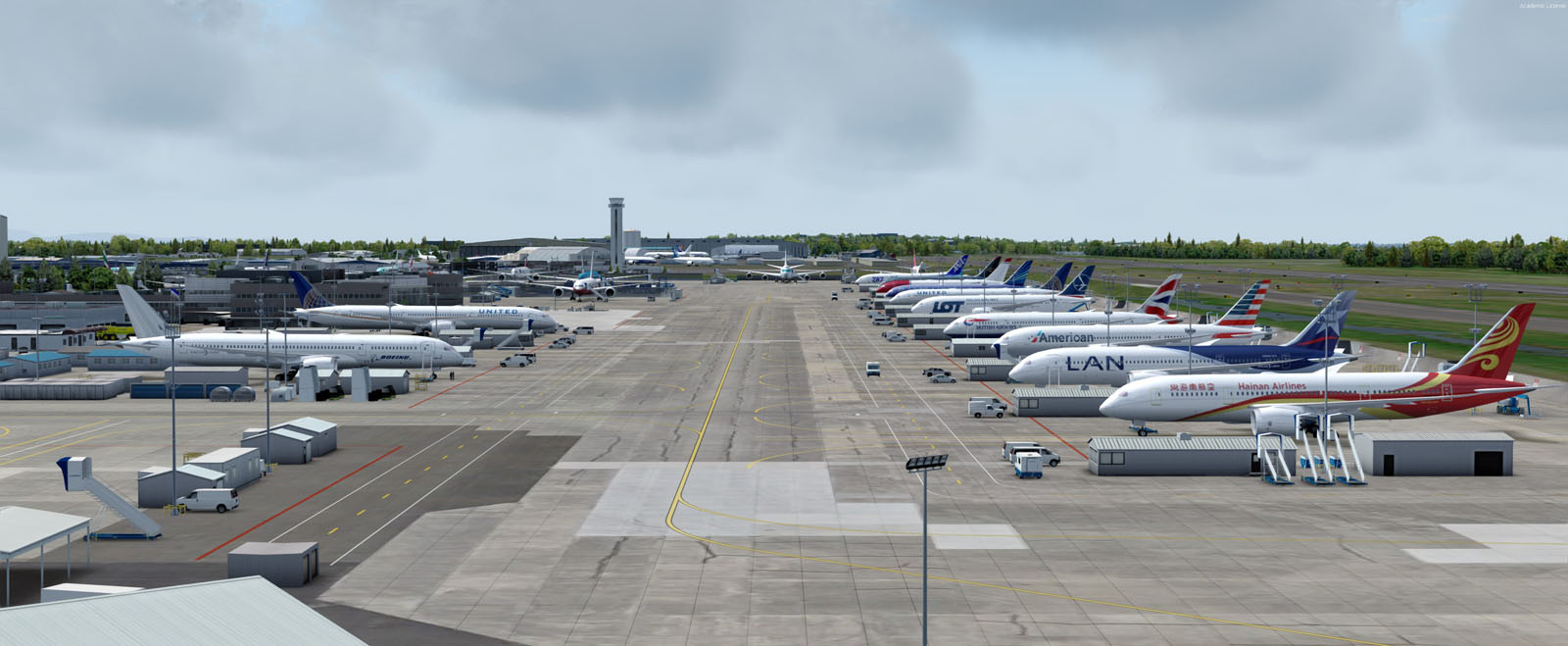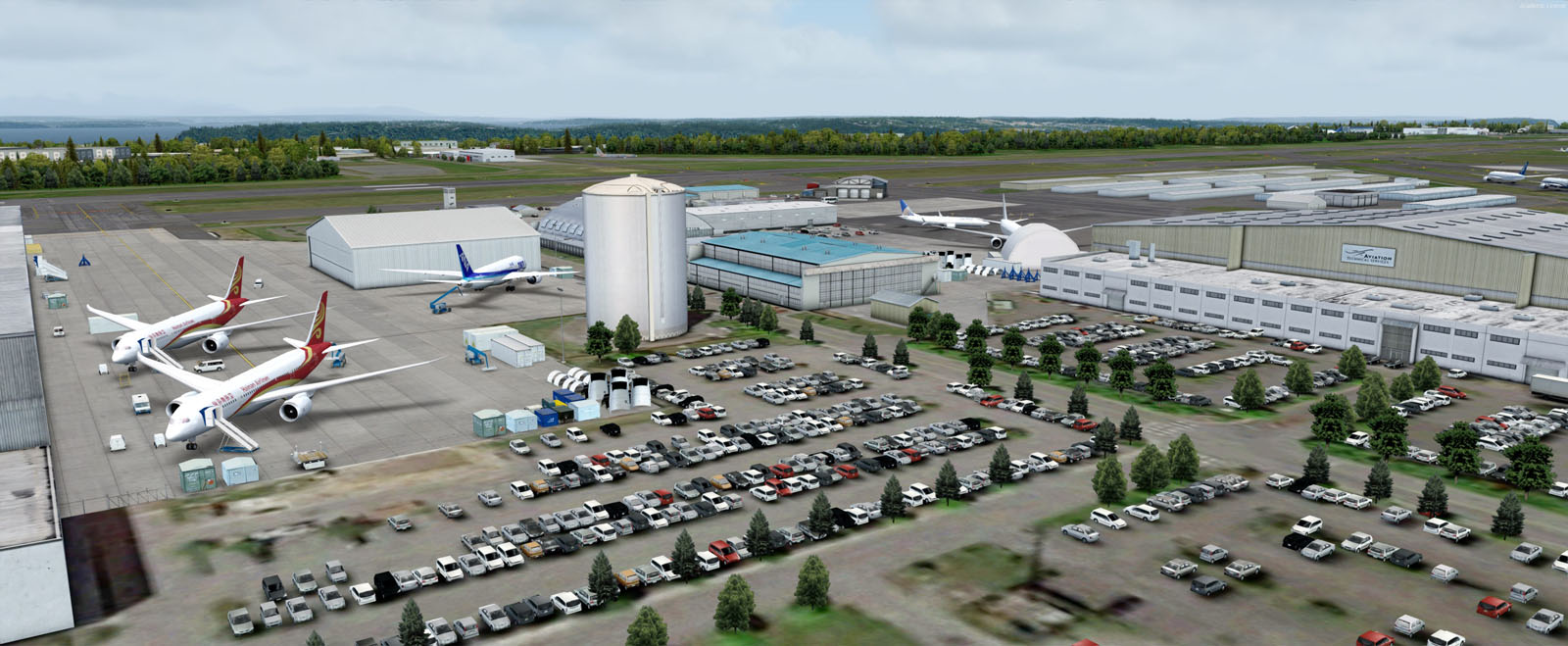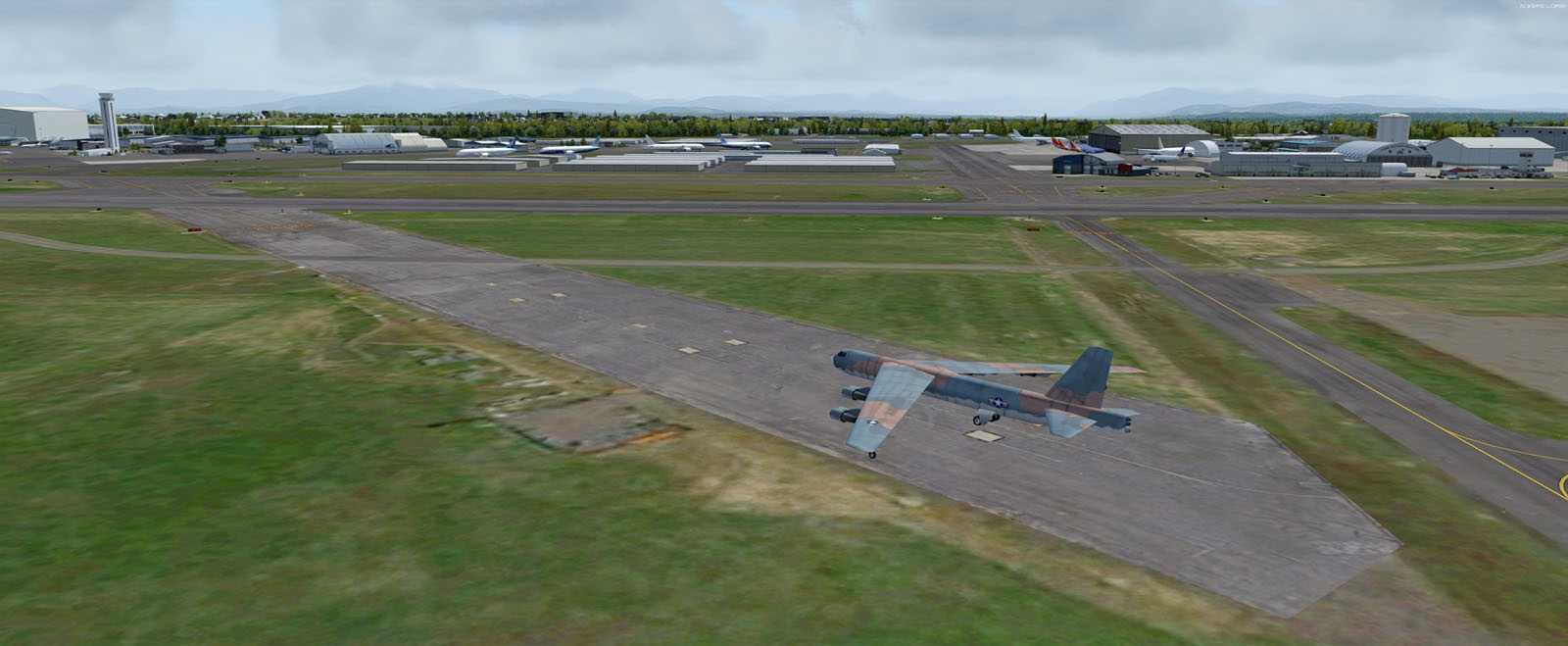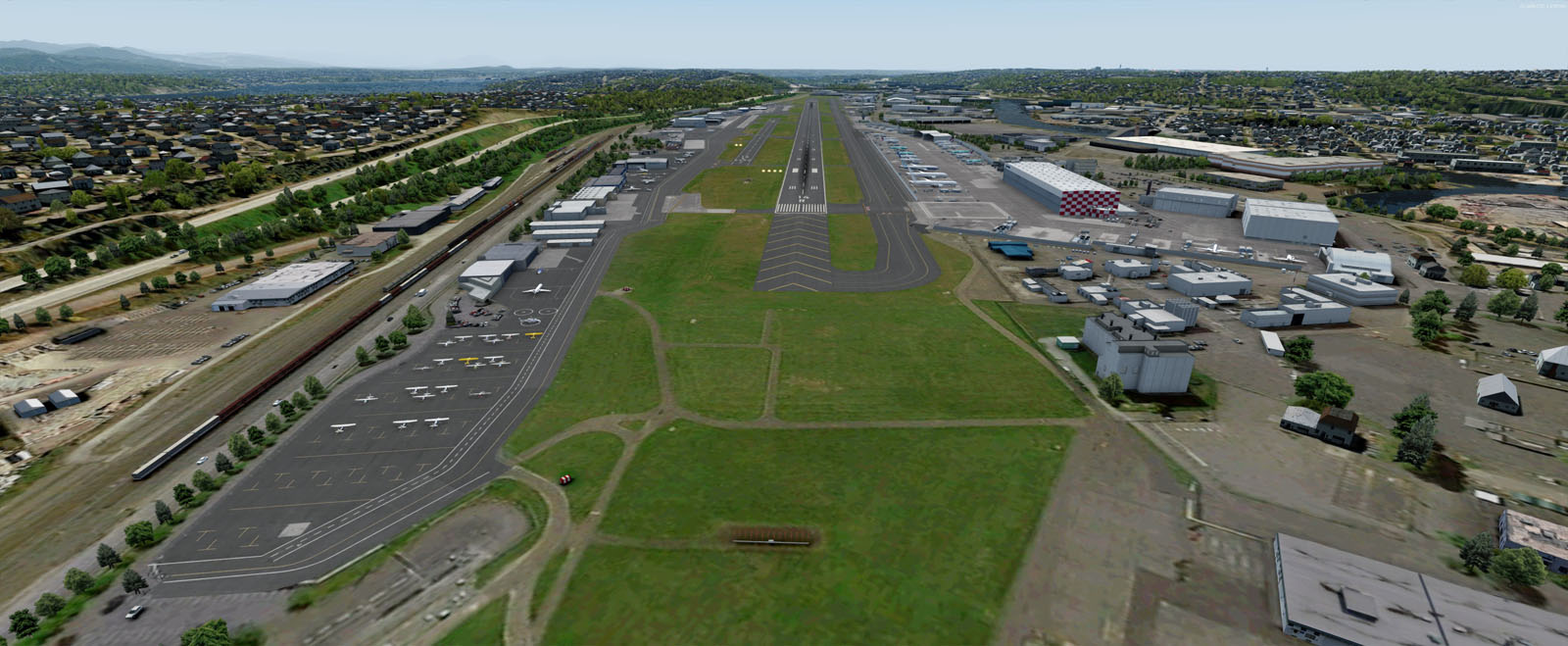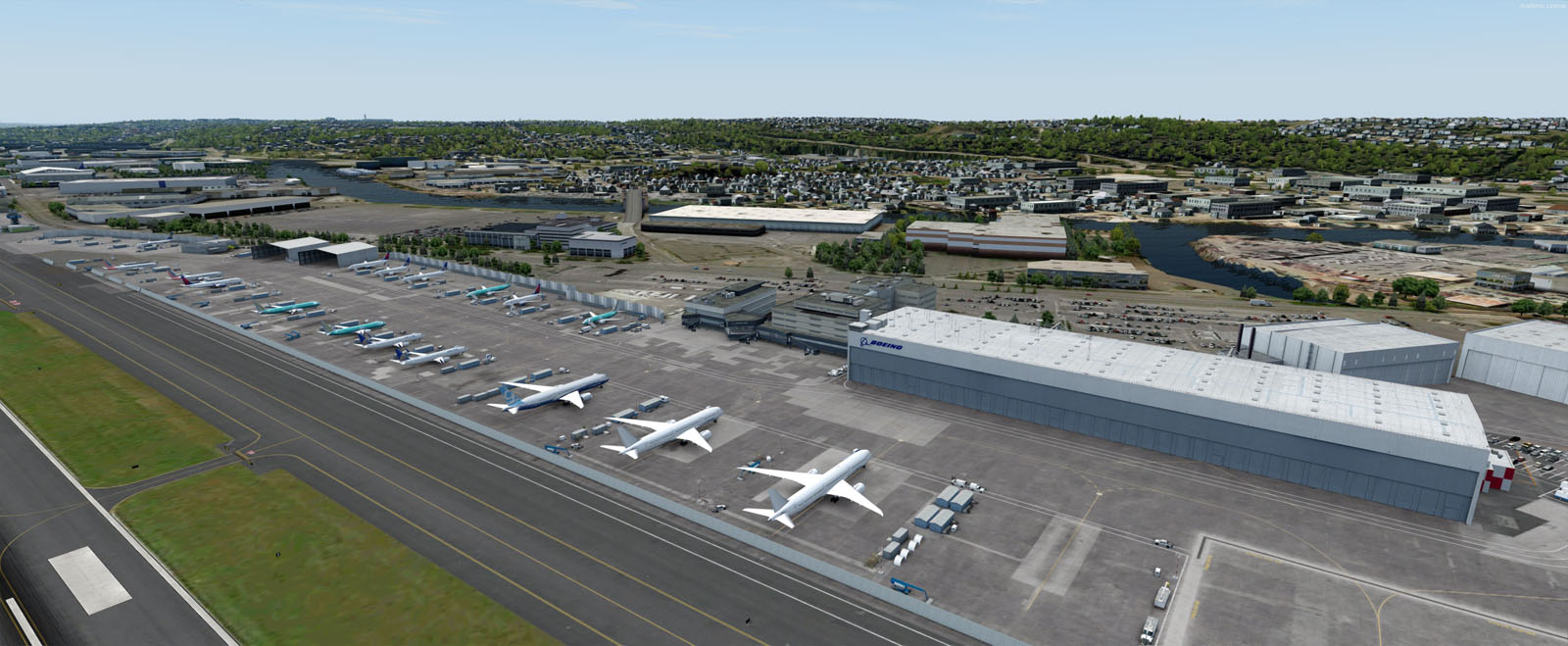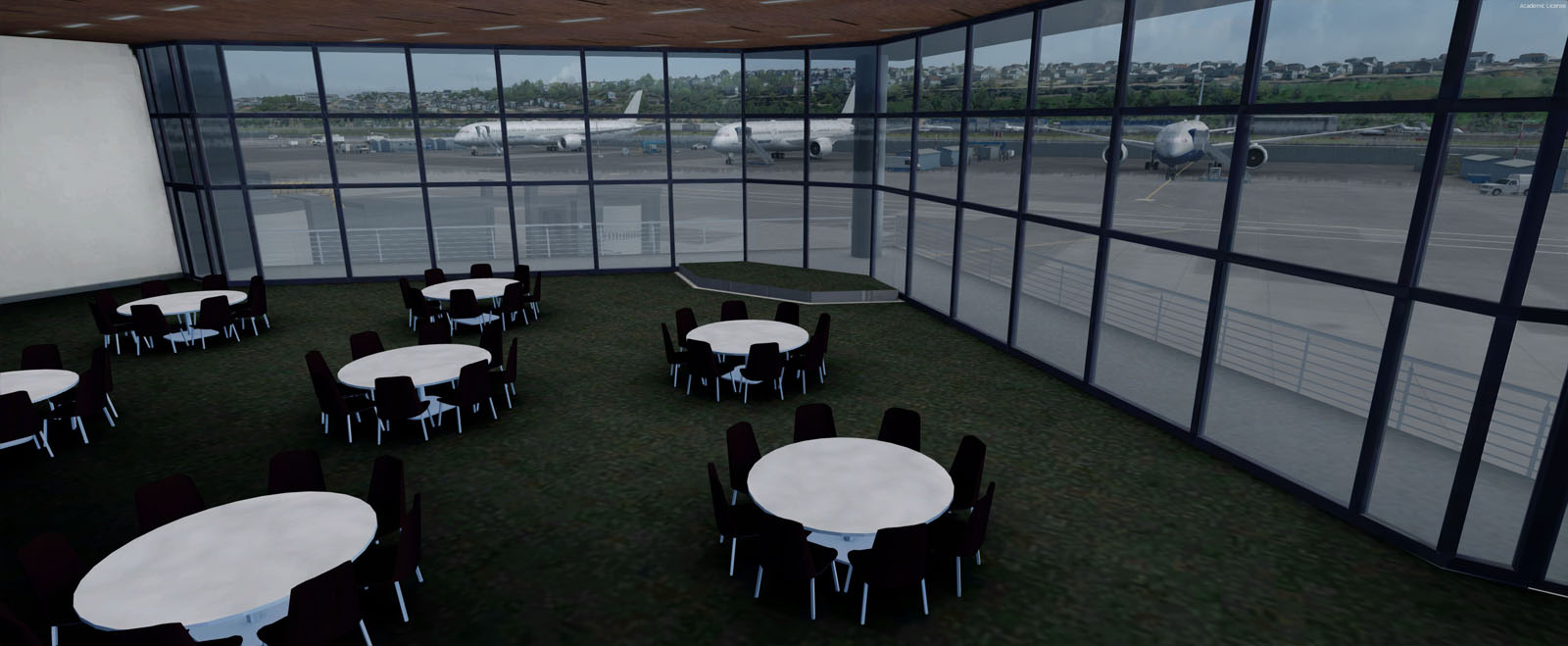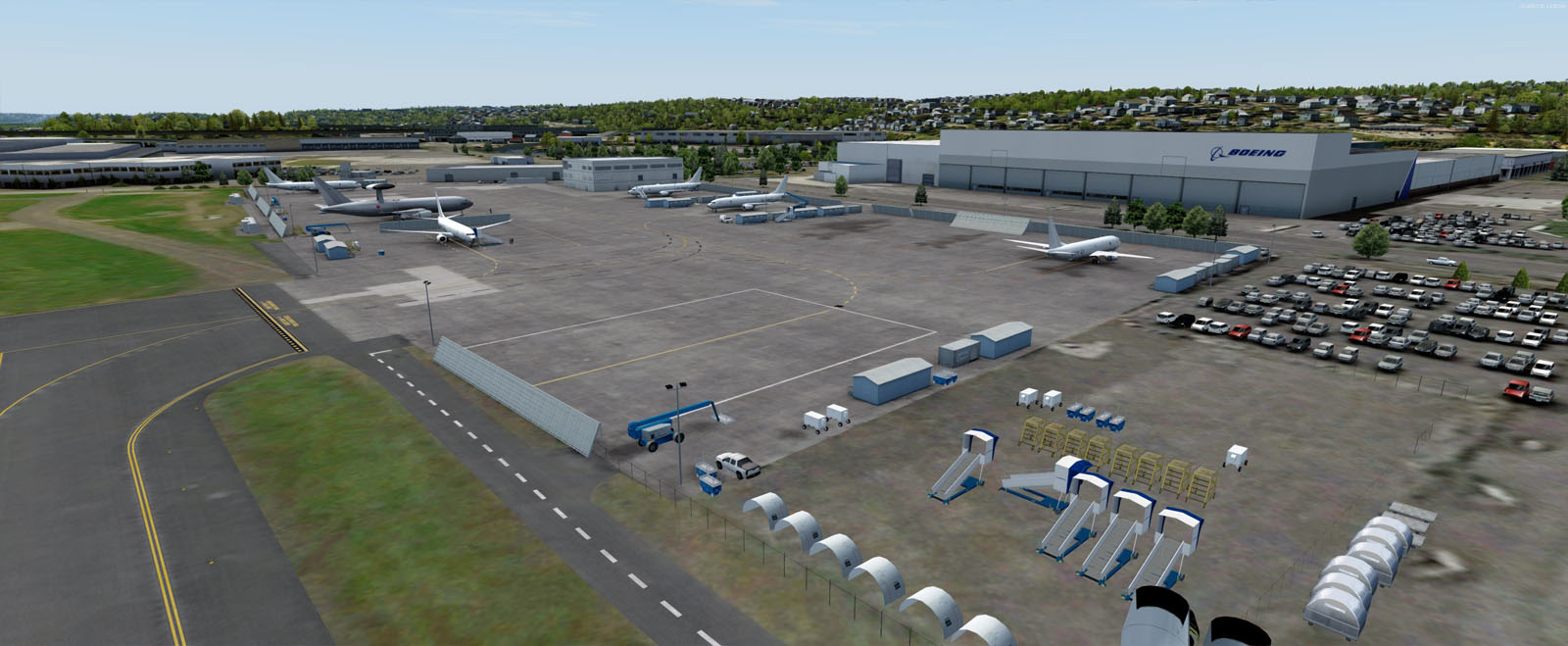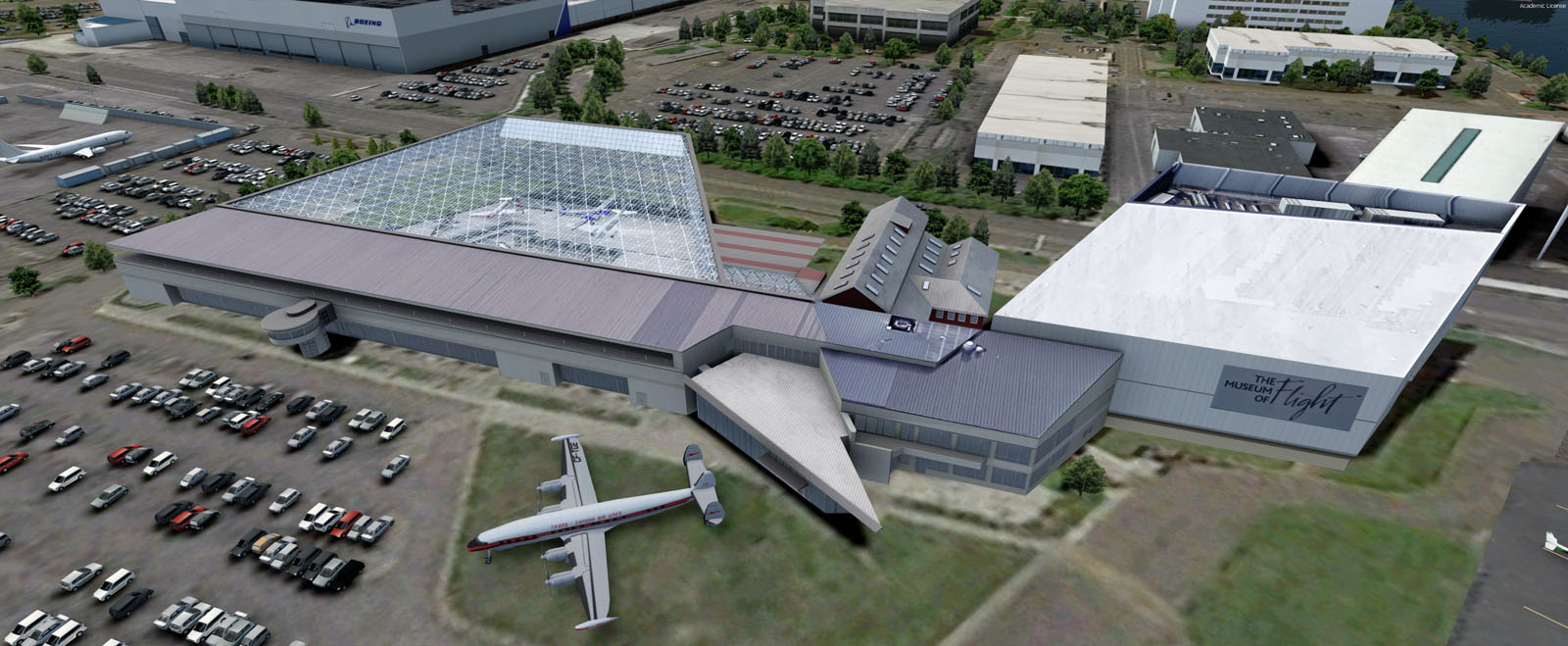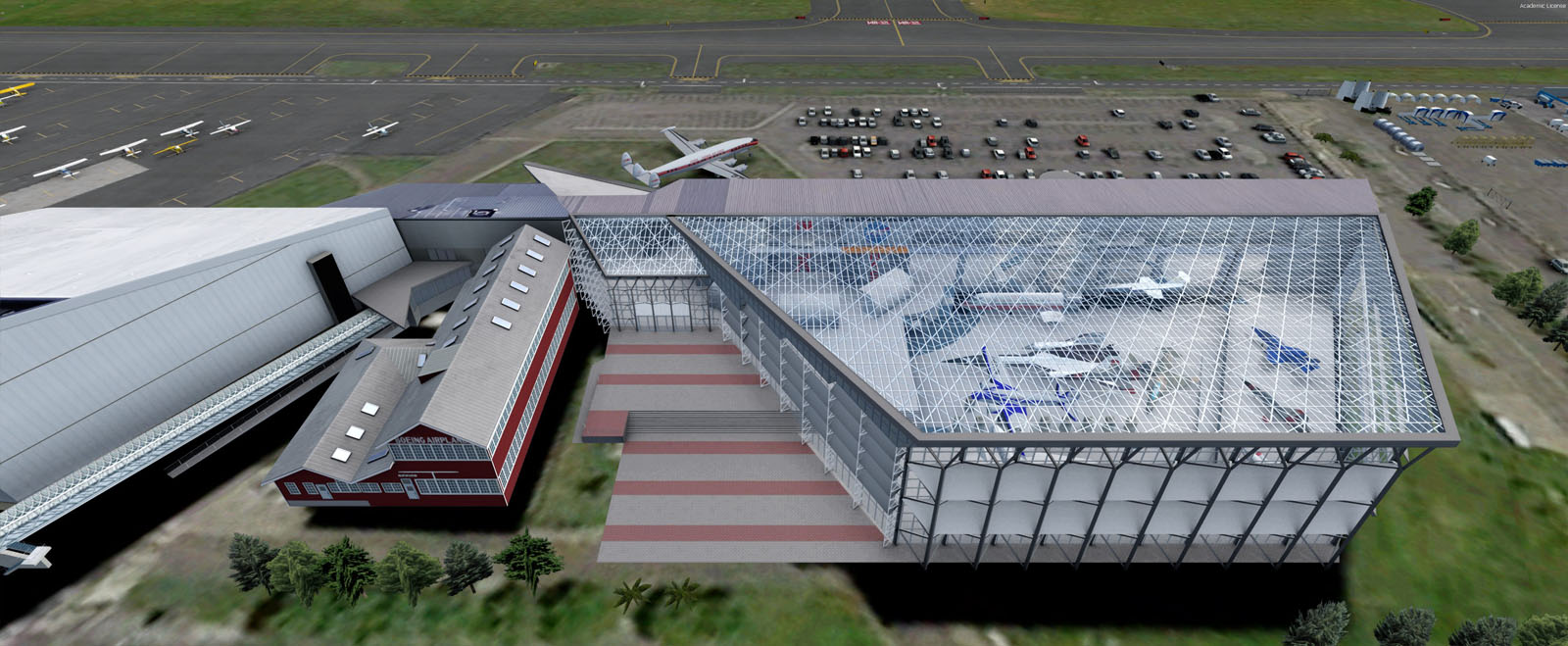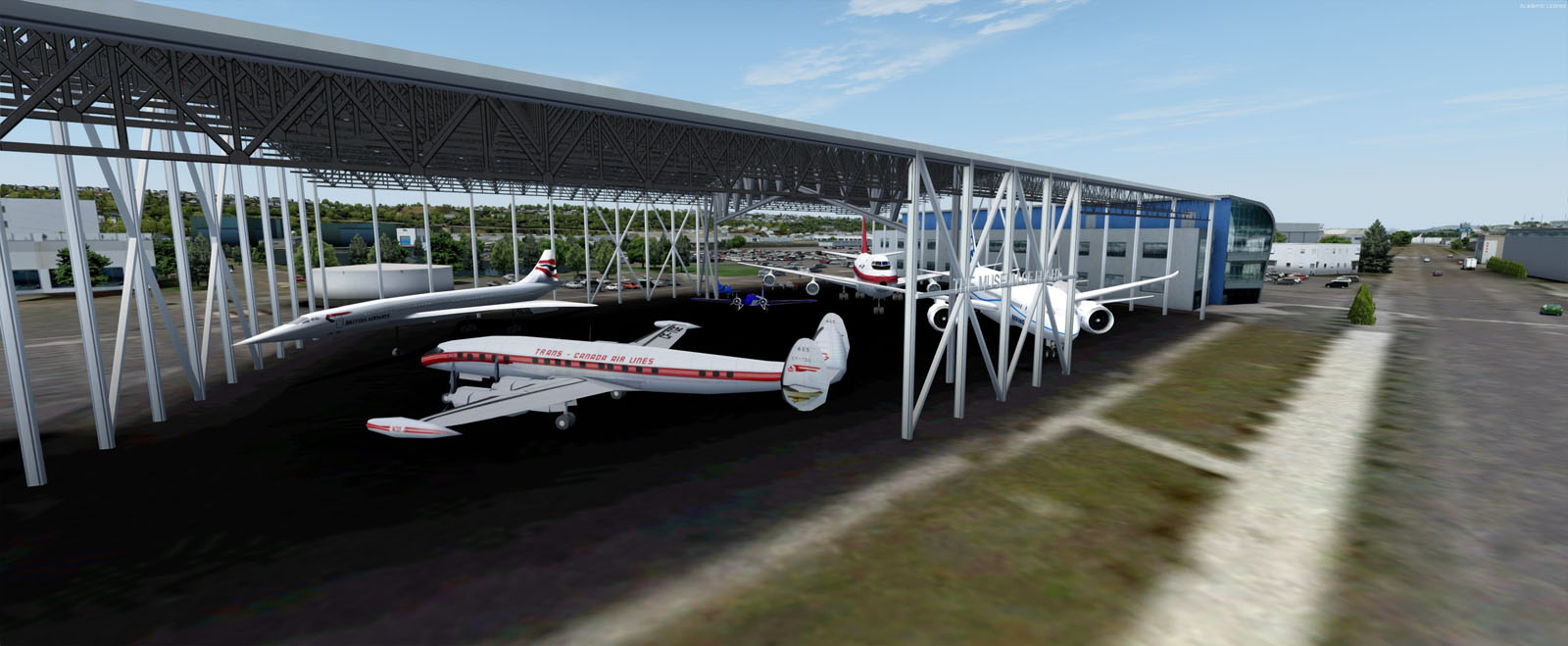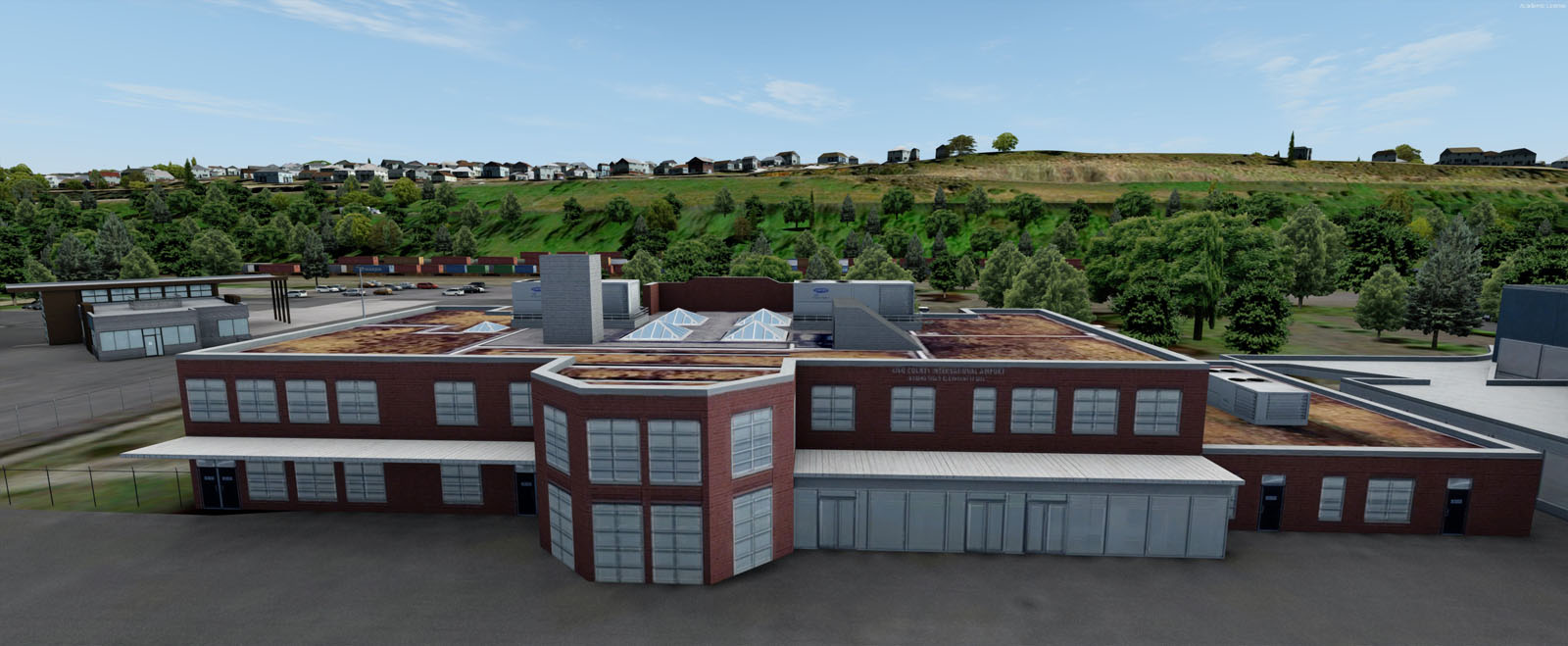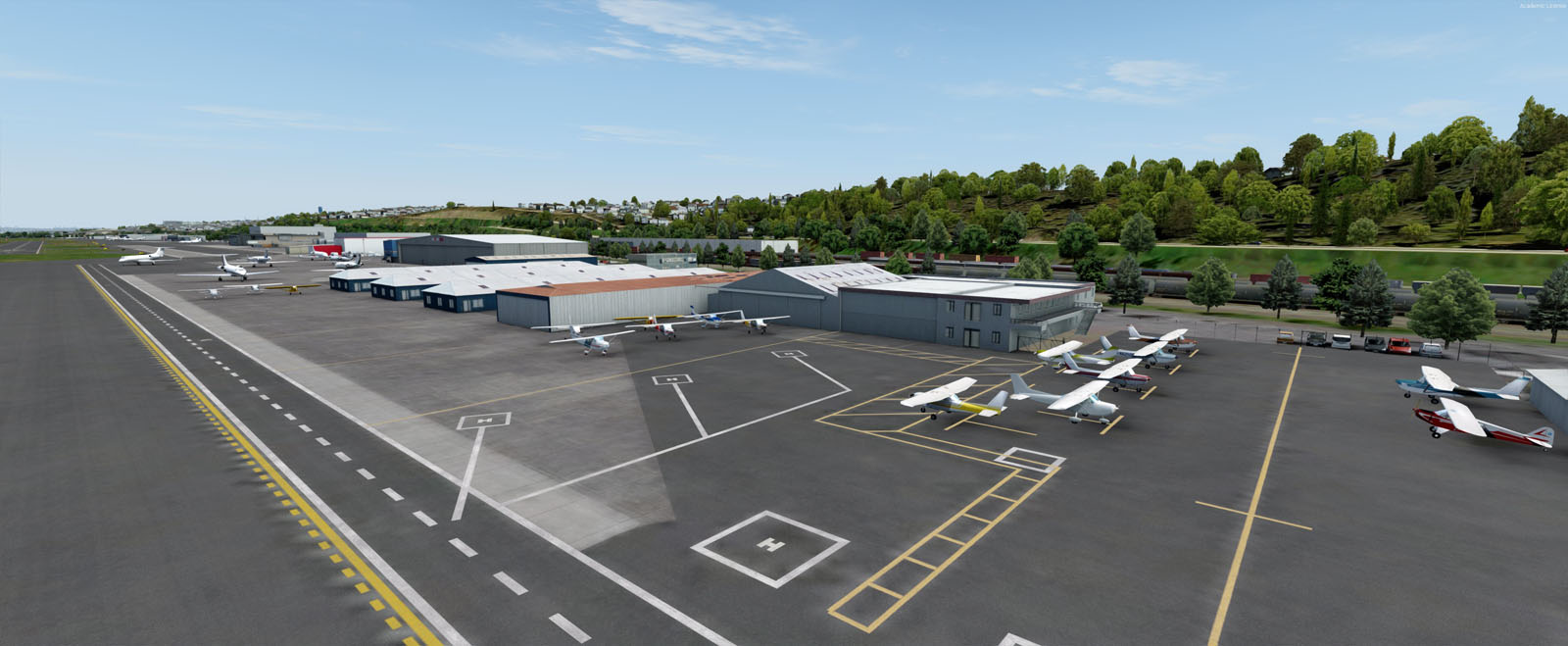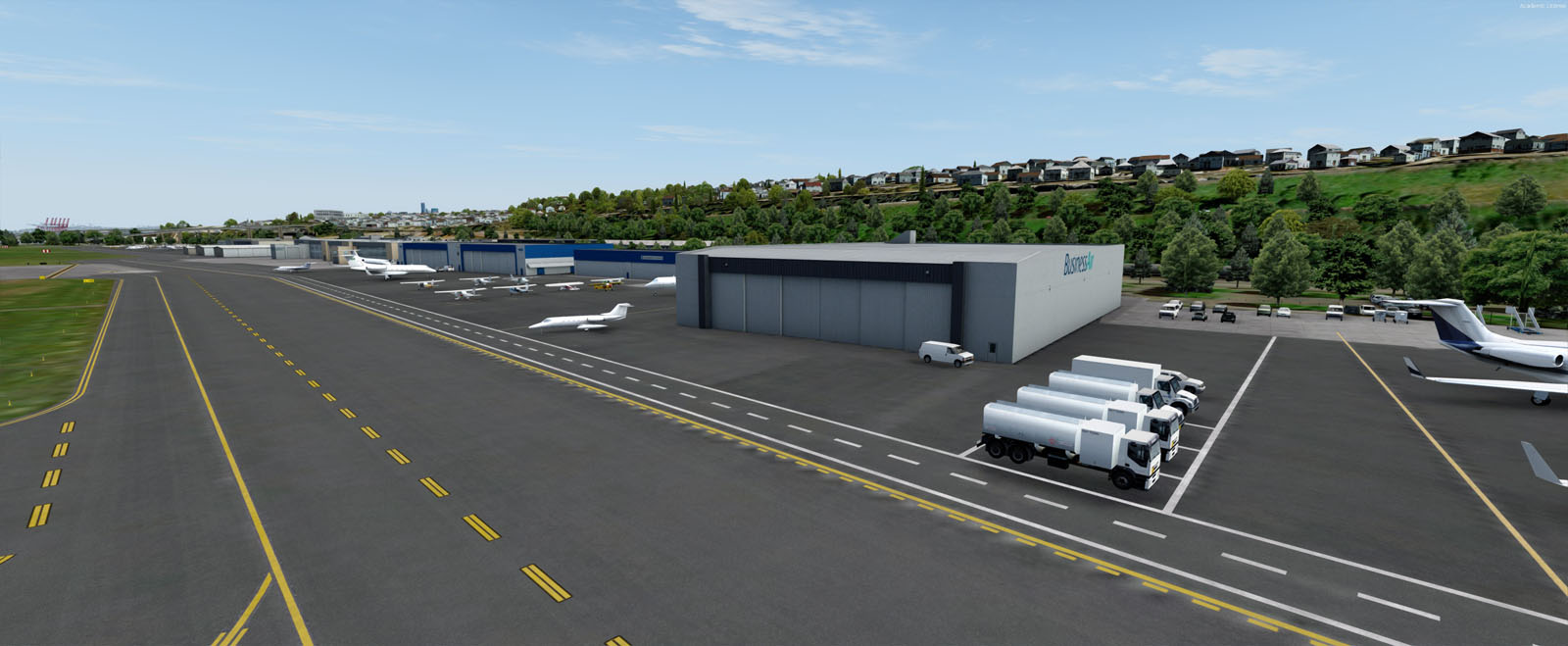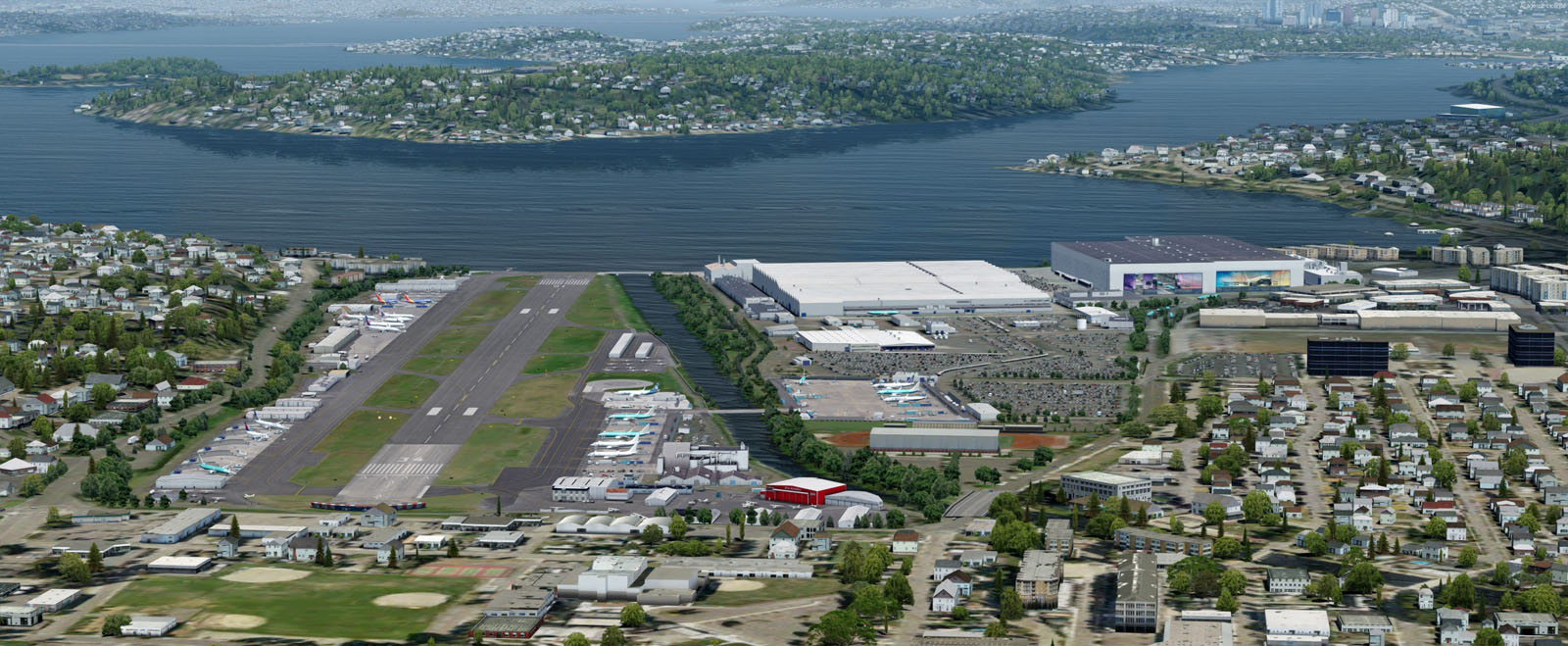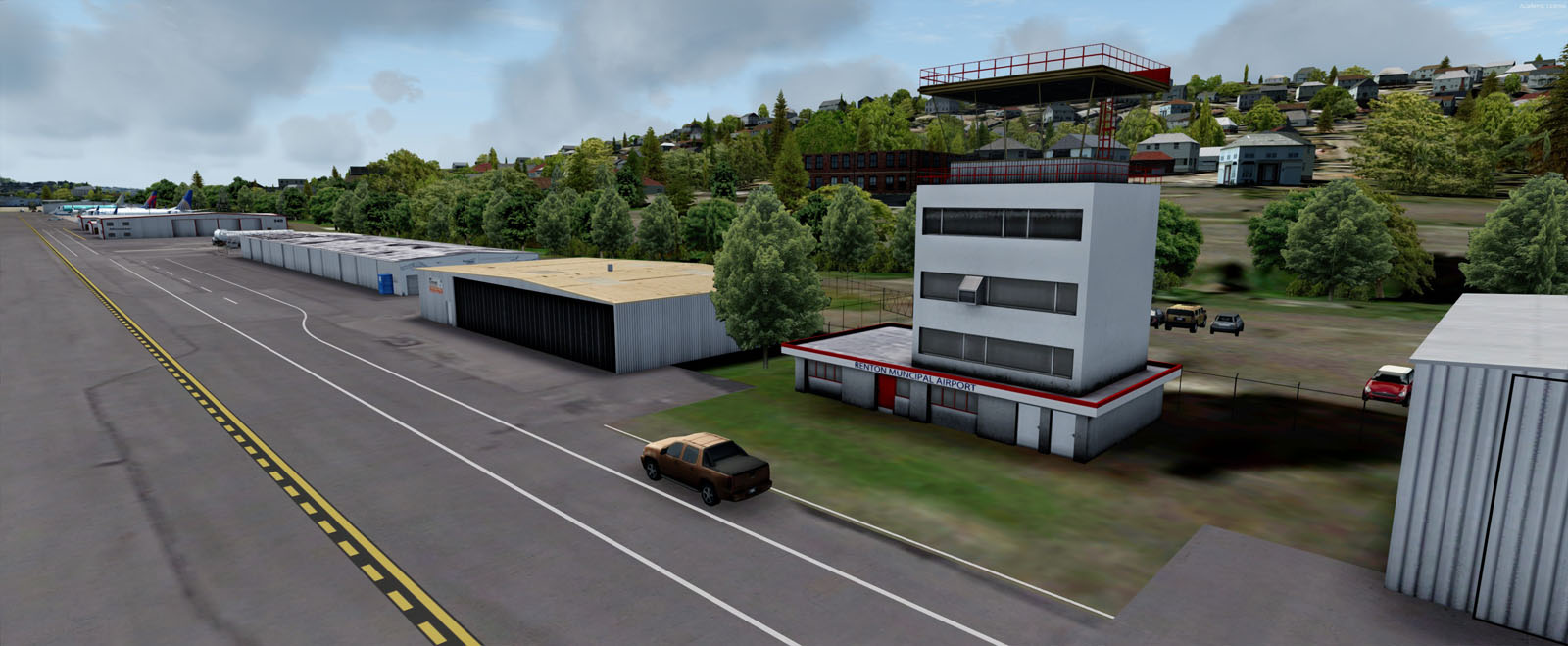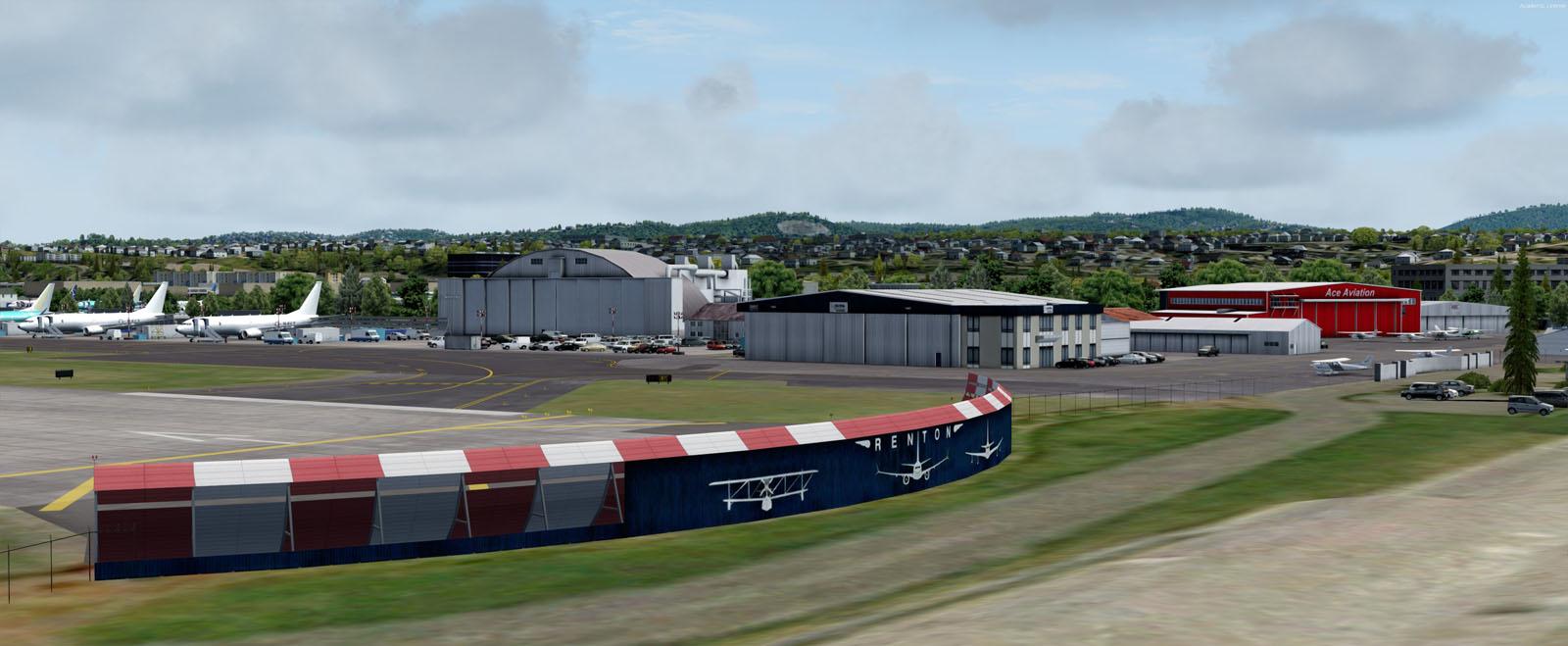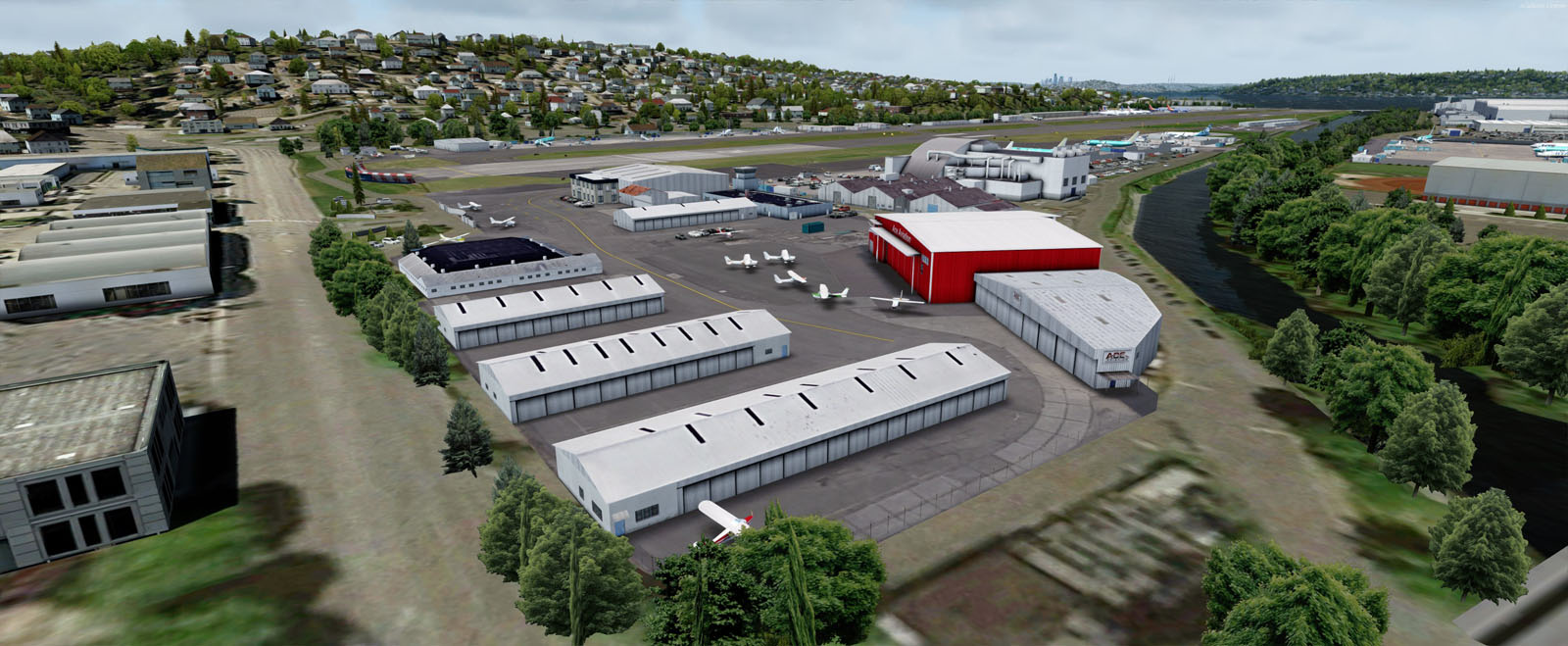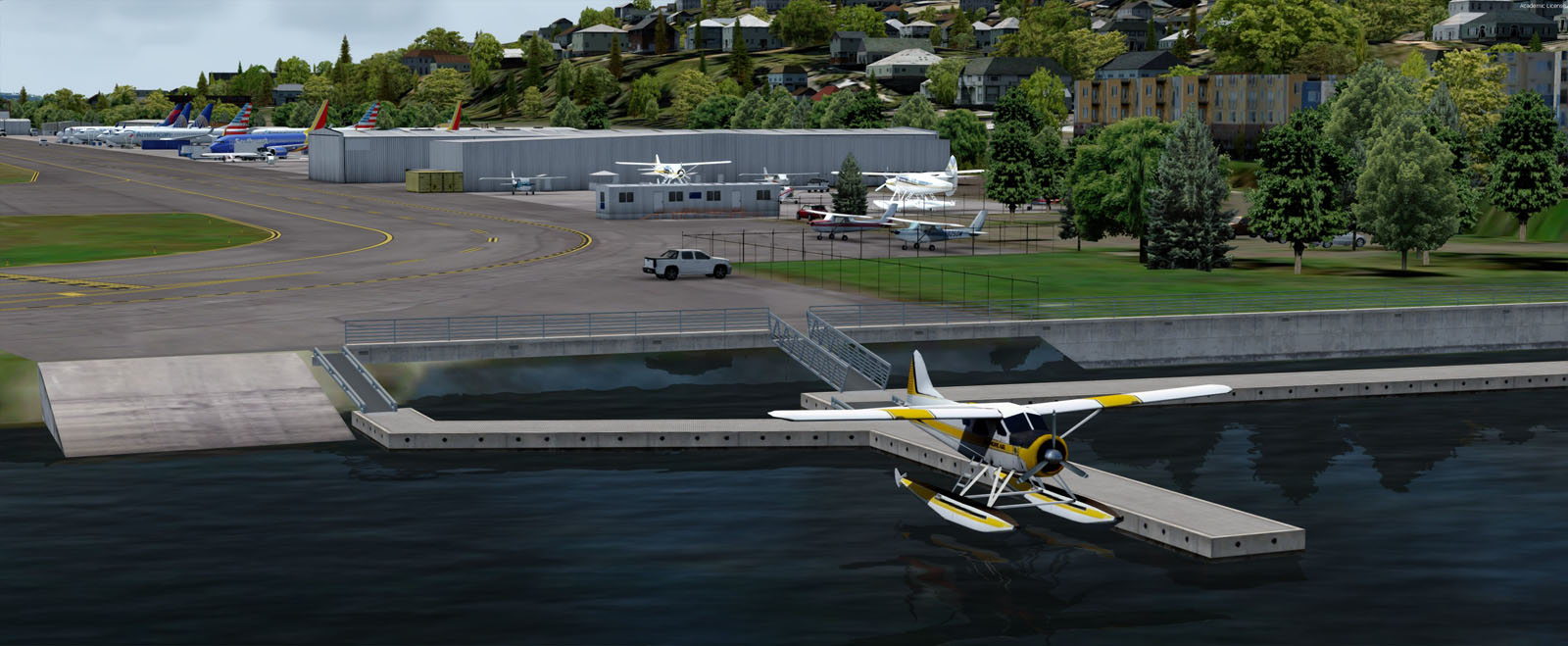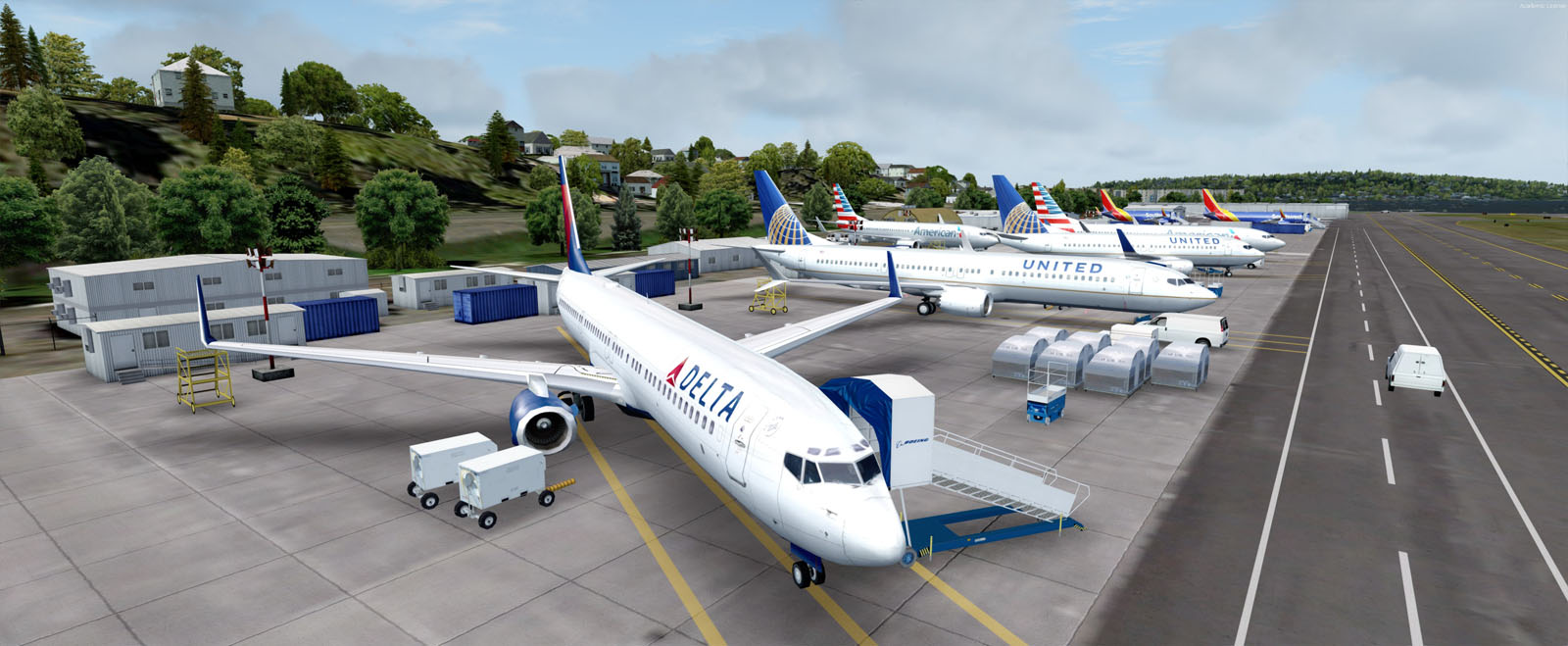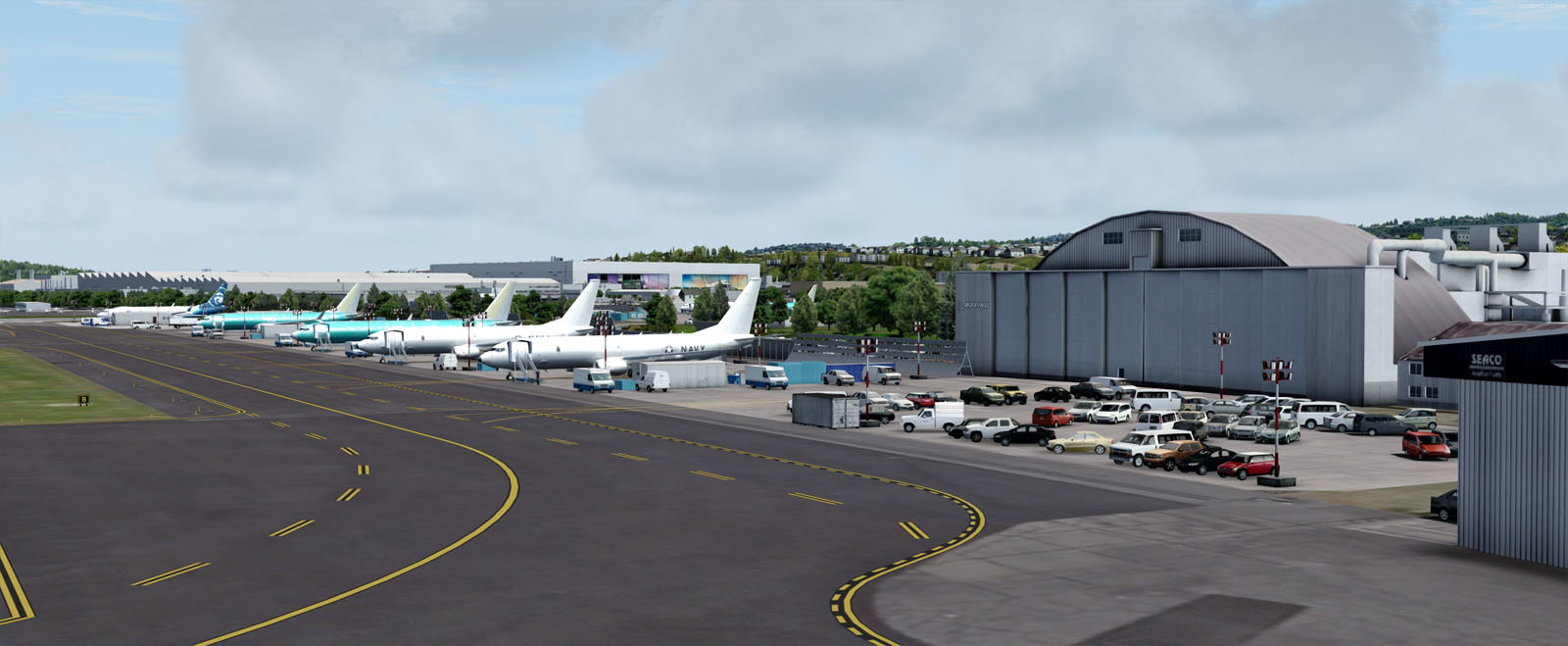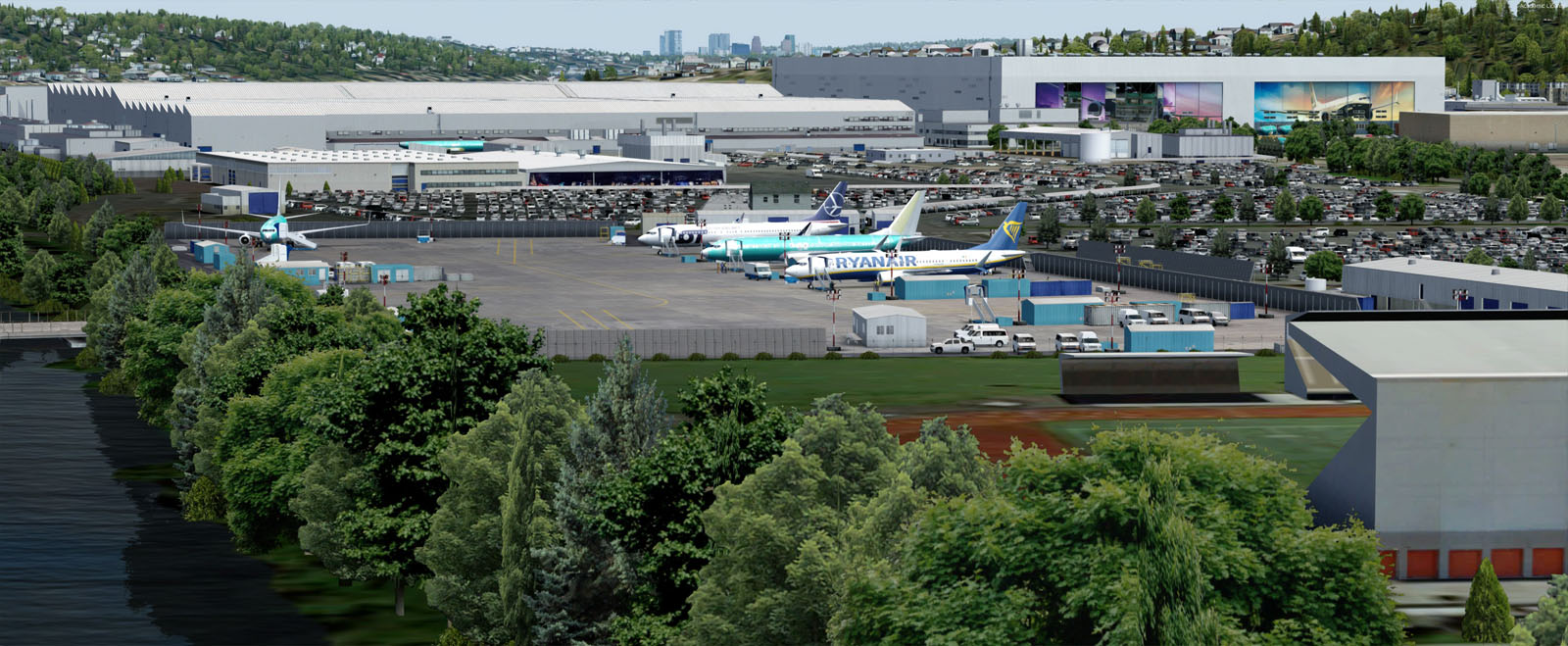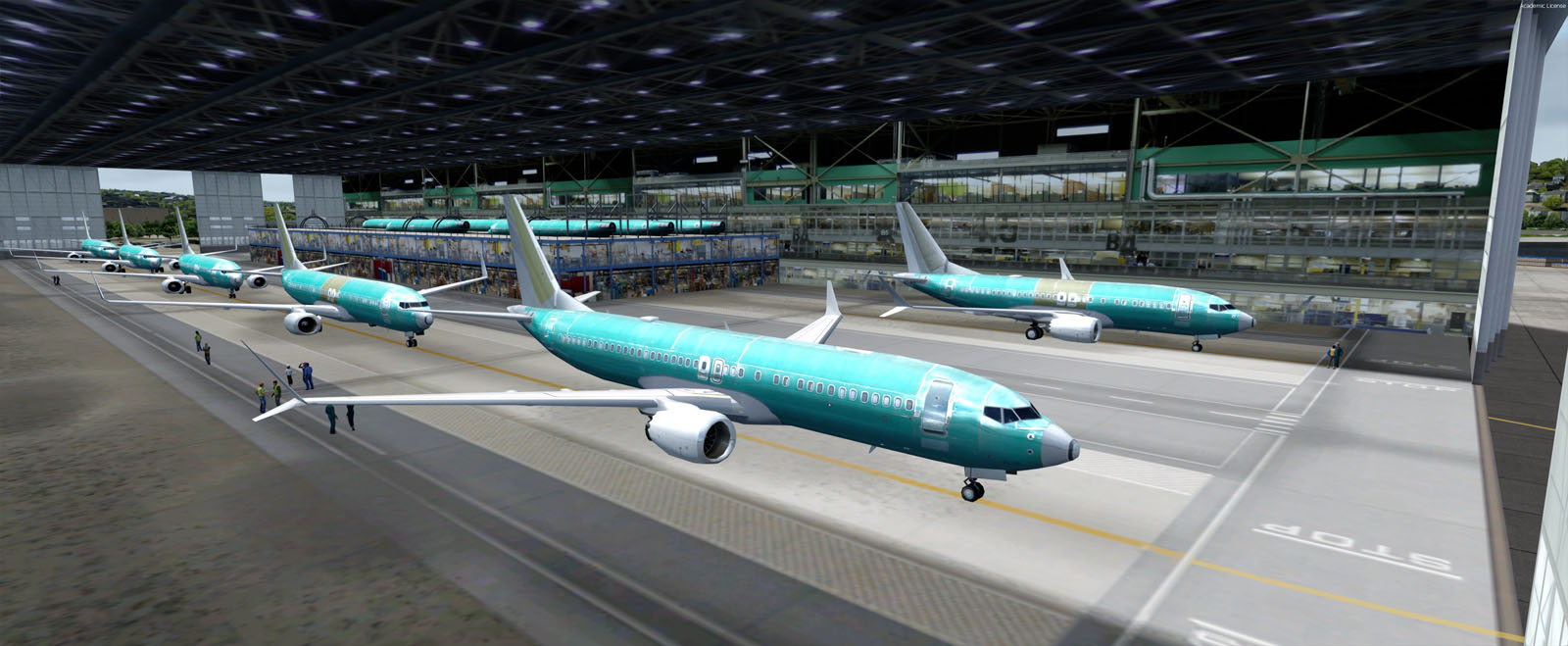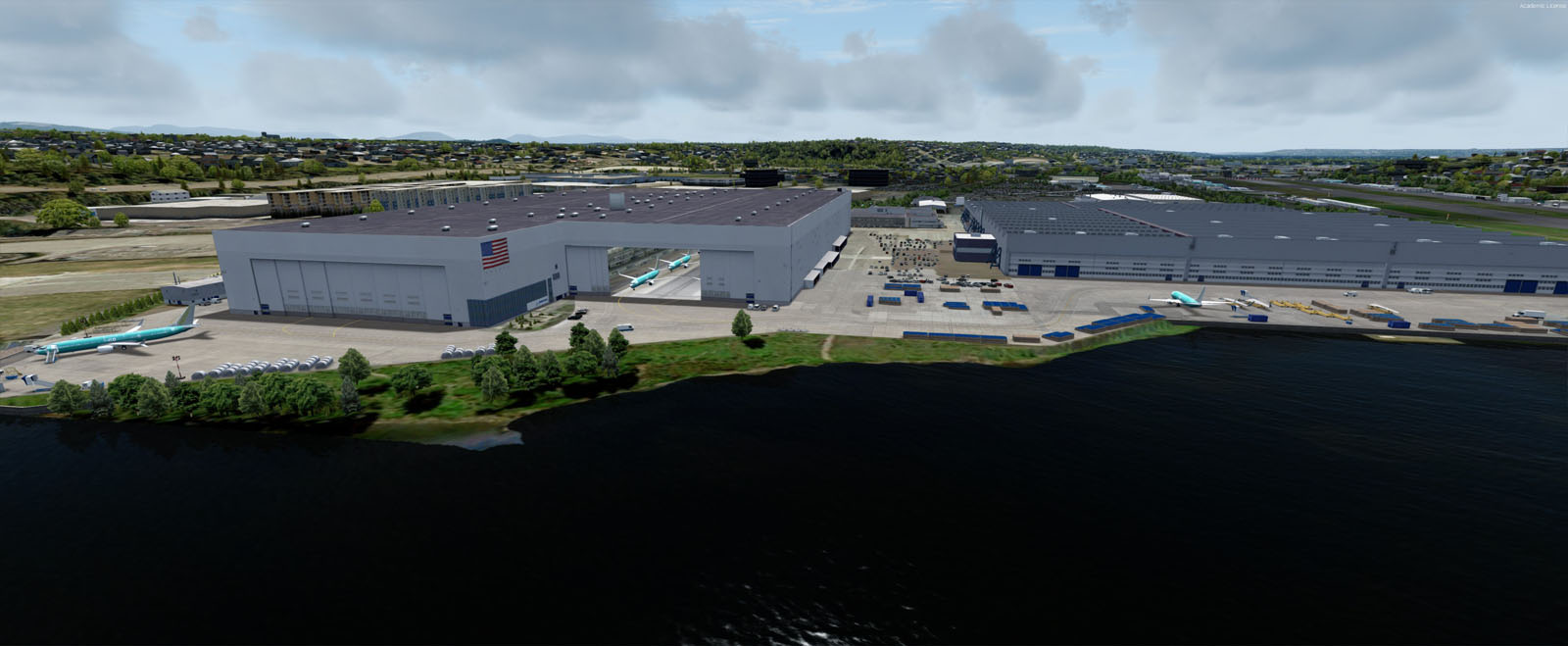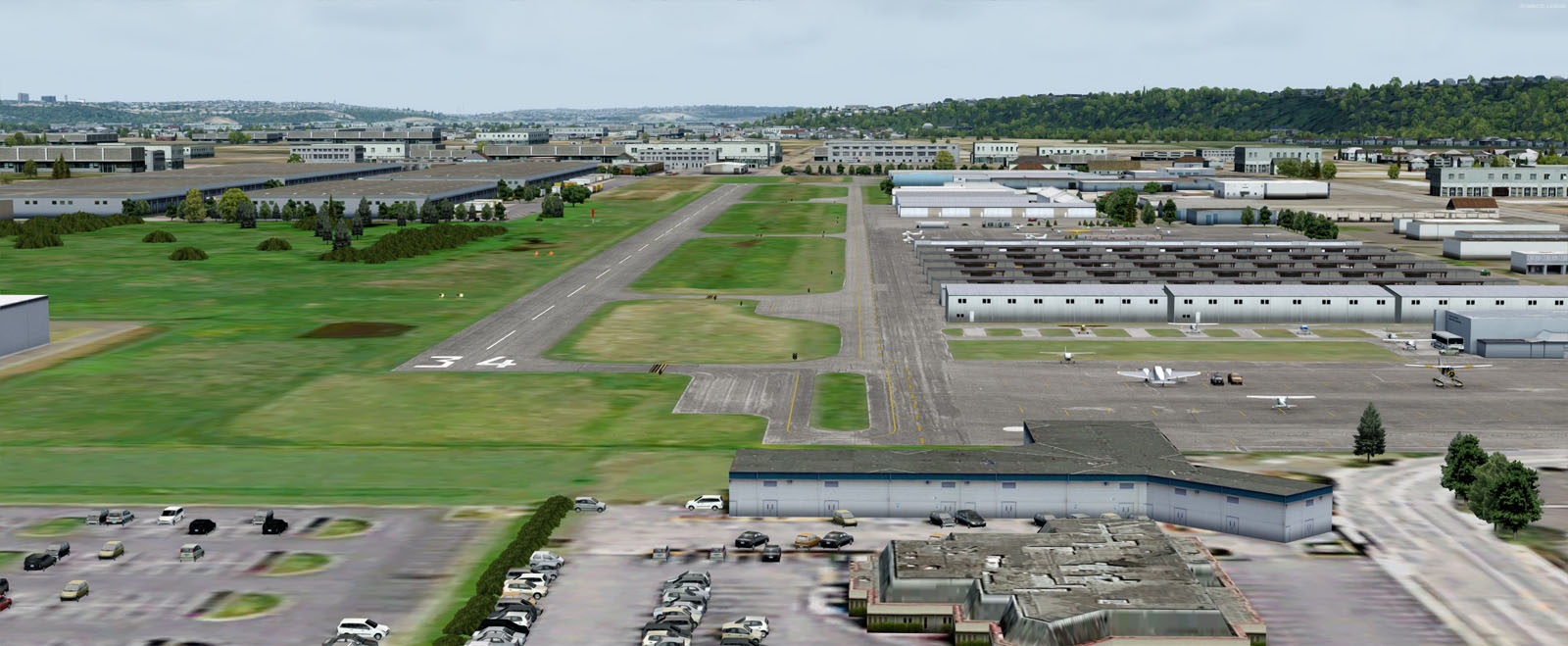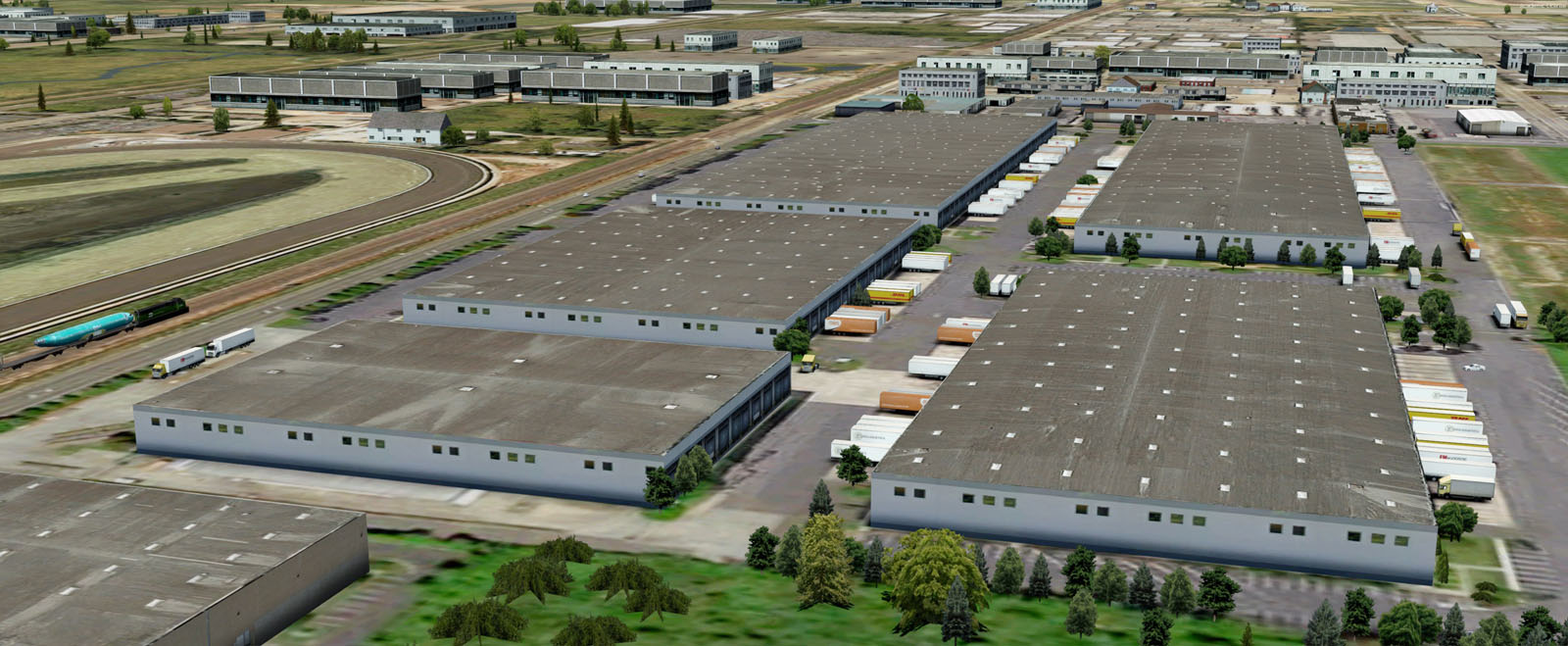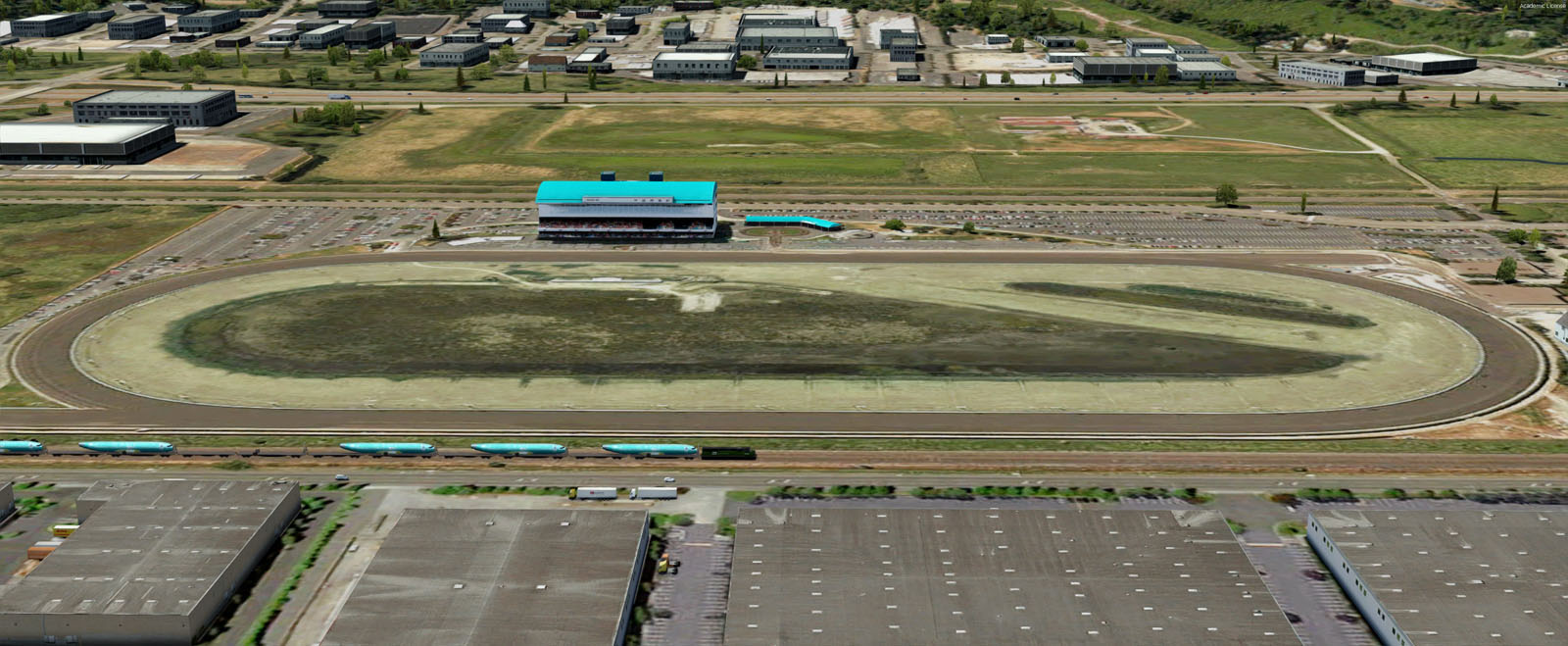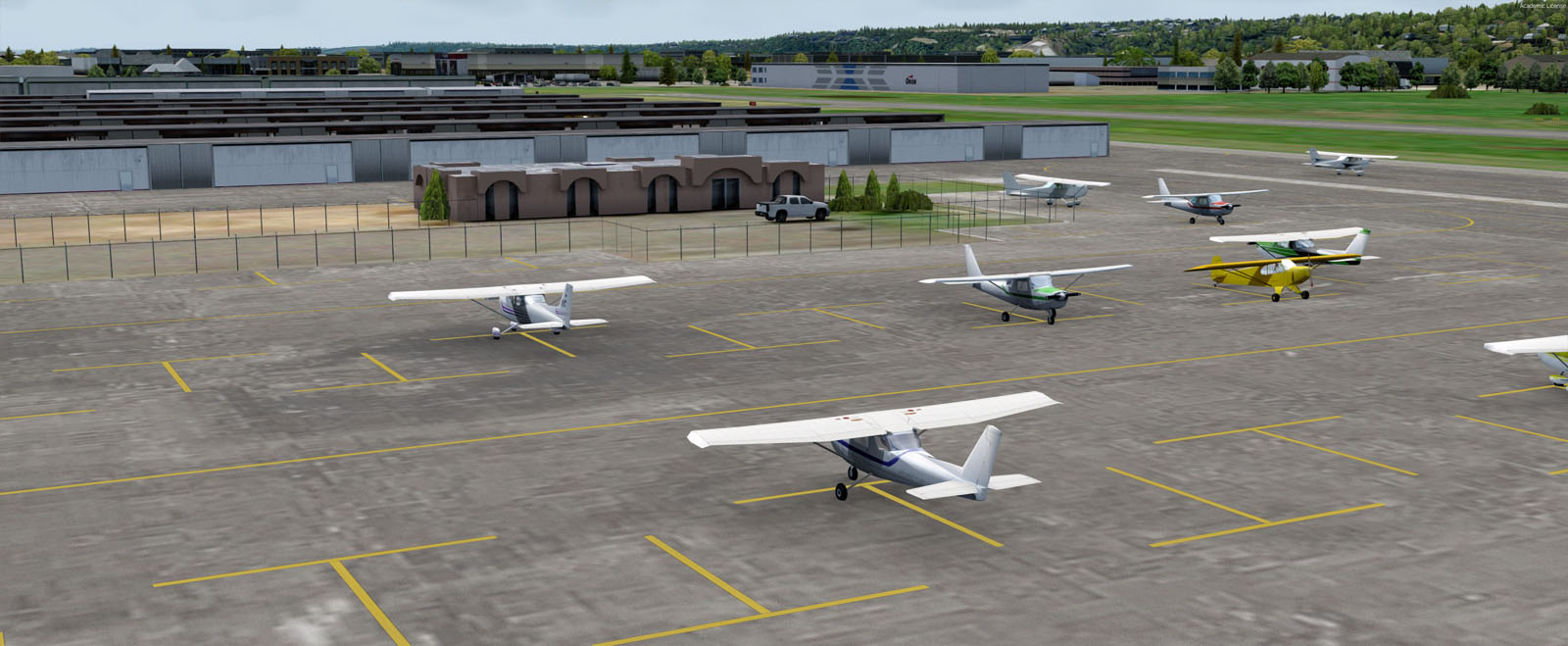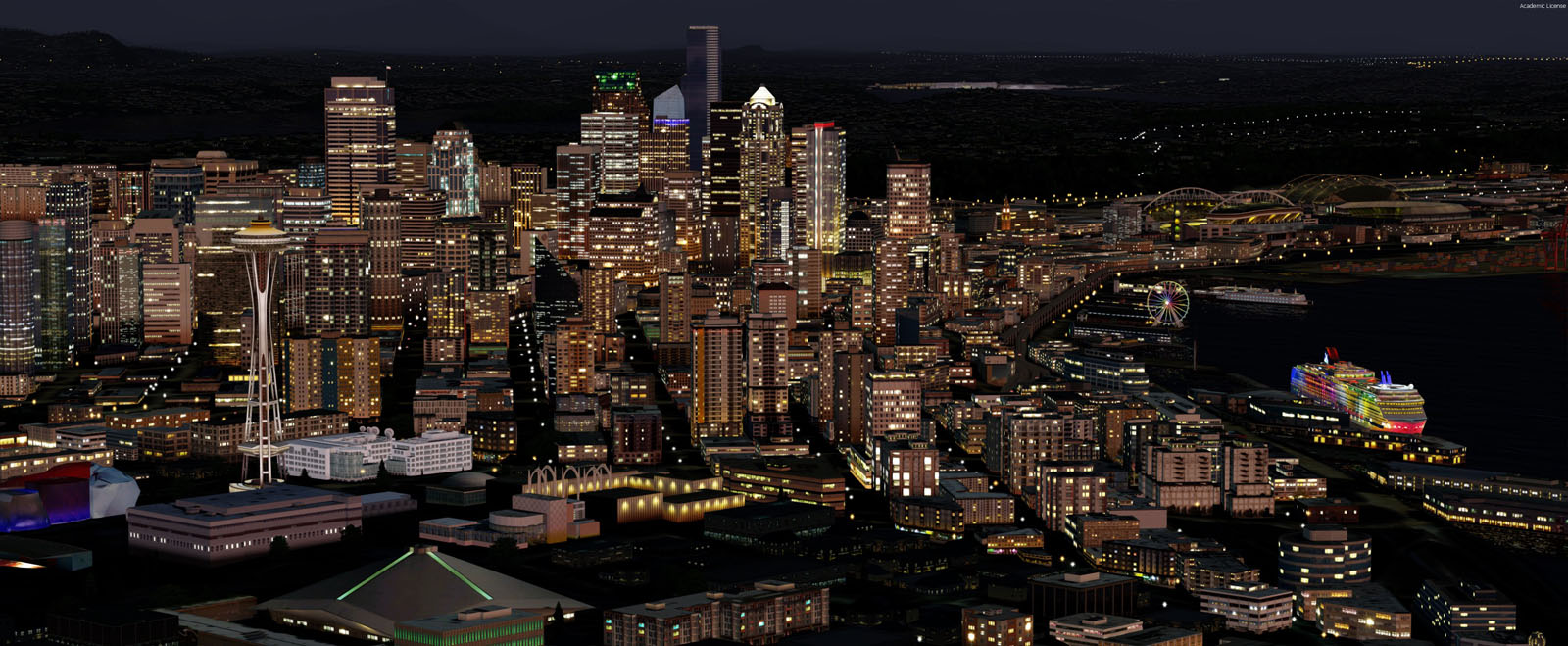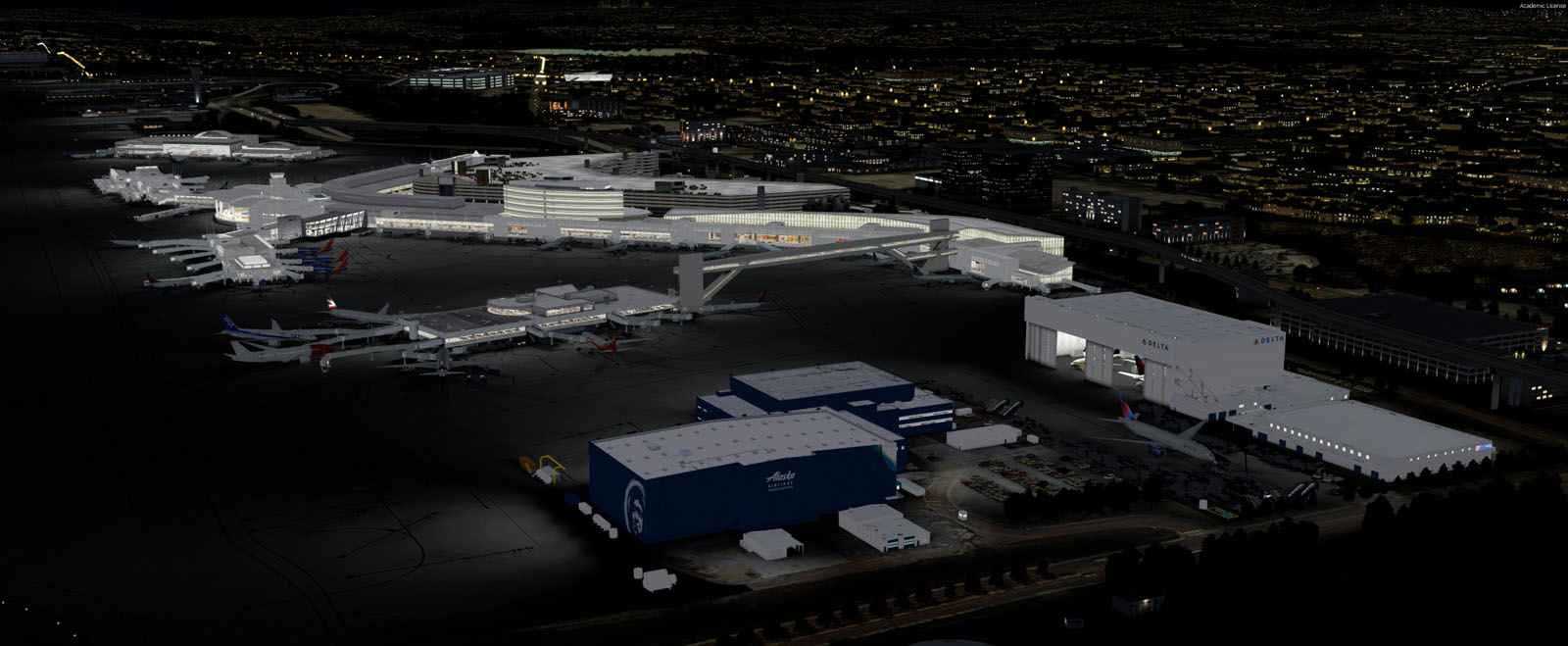Introduction
Seattle City X
Seattle is the northernmost city in America being farther north than the Canadian capital of Ottowa. With an estimated 725,000 residents as of 2018, it is the largest city in both the state of Washington, and the Pacific Northwest region of North America. The city lies on several hills and has distict districts visible from the air, and a huge sea port handling cargo and cruisers.
The Seattle skyline is one of the most easily recognisable thanks to Frasier, the American sitcom, and of course the hit movie ‘Sleepless in Seattle’ which featured the iconic observation tower, the Space Needle.

Seattle is also synonymous with the Boeing company, who need no introduction from me, Boeing have production facilities at Renton where the 737NG and MAX are assembled, and Paine Field where the wide bodied aircraft are assembled and then flown to Boeing Field for presentation to their customers.
Seattle is one of those American cities which has a special connection with flight simulation, and aviation in general. Seattle was the home town for FS2004 ‘A Century of Flight’ which really was the game changing version of Microsoft Flight Simulator, and was the first version which really benefitted from development by third party developers like PMDG, REX, and now, for P3D, Drzewiecki Design.
Seattle City Airports X
Seattle City Airports X although a separate product is a must have with Seattle City X, it will increase your enjoyment 10-fold. Included in this package are 5 highly detailed airports ranging from International airports to much smaller municipal airports. So, let’s run through them:
Seattle–Tacoma International Airport. (IATA: SEA, ICAO: KSEA, FAA LID: SEA), also referred to as SeaTac and is the primary commercial airport serving the Seattle metropolitan area. It is located approximately 13 miles (21 km) south of Downtown Seattle. The airport, the largest in the Pacific Northwest region of North America, is owned and operated by the Port of Seattle.
Paine Field. (IATA: PAE, ICAO: KPAE, FAA LID: PAE), also known as Snohomish County Airport, is a small international airport serving part of the Seattle metropolitan area. It is located between the cities of Mukilteo and Everett, about 30 miles (48 km) north of Seattle. PAE covers 1,315 acres (532 ha) of land, and the Boeing Company selected Paine Field for the site of its Everett assembly plant.
Boeing Field. (IATA: BFI, ICAO: KBFI, FAA LID: BFI), is a public airport owned and operated by King County, five miles south of downtown Seattle. The airport has some passenger service, but is mostly used by general aviation and cargo. It is named after the founder of Boeing, William E. Boeing.
Renton Municipal Airport. (IATA: RNT, ICAO: KRNT, FAA LID: RNT) is a public use airport located in Renton near Seattle. The airport's northern boundary is Lake Washington and the Will Rogers - Wiley Post Memorial Seaplane Base. Renton Airport has a floating dock and a launching ramp for conversion from wheeled landings to water takeoffs and landings. Renton Airport is adjacent to the Boeing Renton Factory which is a facility where the Boeing 737 Next Generation and MAX airliners are built.
Auburn Municipal Airport. (FAA LID: S50) is a city-owned public-use airport located 2 nautical miles (3.7 km) north of downtown Auburn. The airport covers an area of 110 acres (45 ha) and contains one asphalt paved runway. Mostly used for general aviation, the airport offers no commercial service.
Scenery Coverage
There is a considerable amount of extra scenery included outside the city limits. From Federal Way in the south to Everett in the north, and Redmond out to the east, the best way to show it is by sliding your mouse over the picture below (please note: the noticeable difference at SEA-TAC, is due to the airports pack).
Model Features
Below, I have listed the features of the sceneries as advertised by Drzewiecki Design.
Seattle City X:
| Seattle, Washington scenery with over 2000 custom-made buildings including whole downtown in 3D, plus other landmarks, bridges, stadiums, harbours/marinas, trains, containers and other objects, all with night textures; |
Large scenery area (Federal Way – Everett – Redmond);
Night and seasonal (summer/winter) textures; and
Detailed autogen as well as multiple seaplane docks and heliports.
Seattle Airports X:
| 5 high quality airports included: KSEA Seattle-Tacoma, KPAE Paine Field, KBFI Boeing Field, KRNT Renton and S50 Auburn in the most up-to-date versions possible, including the new International Arrivals Facility and Satellite terminals at KSEA and the new passenger terminal at KPAE; |
| Extensive though performance-friendly internal modelling, accessible in the Avatar Mode (P3D) including Boeing Everett Factory (the whole assembly building with 747, 777 and 787 assembly lines), both delivery centres of Boeing (at KBFI and KPAE) and all terminals at KSEA; |
| Highly advanced performance-friendly design (50% higher FPS than default scenery), numerous optimisation techniques used, the Lite Texture Pack provided for lower VAS usage if required by 32-bit platforms. |
Availability and Installation
Seattle City X and Seattle Airports X is available direct from your favourite online retailer. The selling price appears to be the same across most shops, looking at the Just Flight shop, the prices are £23.99 for Seattle City X and £33.99 for Seattle City Airports. Like most scenery nowadays we are talking large downloads coming in at 3.7GB and 2.4GB respectively.
Installation is quick considering the payload, and very intuitive with only the selection of the sim version and level of detail required for the airports pack. If you are installing the airports into FSX or the Pre-V4 version of Prepar3D then a ‘Lite’ version is available as an option if VAS usage is a problem. At the end of the installation the installers offer a link to install the latest SODE add-on which control the jetways and automatically set the seasons. (two seasons summer and winter are used).
Level of Detail
Seattle City X. There is a massive amount of scenery to discover in the Seattle City X scenery, and with such a wide area there will be variable densities of detail. When cruising the suburbs and areas between the towns and cities, the underlying photoscenery, and well placed (fairly) dense autogen, gives a good sense of realism. Some areas like Bellevue have a much-improved city layout with many custom buildings, noticeably the Microsoft tower and few miles northeast, a depiction of Redmond’s most famous resident, Microsoft. The Microsoft campus covers an area of 502 acres and has many large and distinctive buildings, many of them are included, and can be recognised with a little help from Google maps. A little further north is The Microsoft Millennium Campus, and thereafter Redmond itself.
The city is another gem, generally speaking, the city is divided into districts. The seaport is home to a huge cargo shipyard with associated cranes and stacks of containers, it is also home to the local coastguard. Next to the docks is the stadium district with two very prominent stadia featuring baseball and American football.
You are naturally drawn to the waterfront via the Alaskan Way Viaduct, passing the car ferry and several piers which house various eateries and entertainment venues, and stopping off at pier 64 to view the Seattle Great Wheel. This is a superbly modelled and animated Ferris wheel where even the pods are on pivots, so they remain upright at all times. Passing by likes of the Seattle Aquarium, at pier 66 there is a cruise liner the ‘Norwegian Pearl’ in port and its livery will definitely test the colour range on your monitor! Past the grain terminal we end up at Elliot Bay Park.
Moving back towards the city, we visit the Space Needle. Like the Great Wheel, it features animations, namely the outside lifts (elevators) making their way from the reception area to the observation deck. You can move inside the deck with your favourite avatar to take in the view. Right next to the Space Needle is the Museum of Pop Culture, to start with it looks like the textures has gone feral, but checking with pictures on Google and you will see that it is a very good representation and illustrates the creativity and skill of the developer.
The Downtown area is where most of the high-rise buildings are, the streets are quite narrow so it’s difficult to fly down them in a helicopter, but you can walk the streets with an avatar. Many of the buildings have reflective textures which have a custom environment map which is included in the scenery.
Moving out of the city centre does not mean missing out on interesting custom buildings, like the former US Marine hospital building, the three TV and communication towers on East Pine Street and 18th Avenue, and several bridges leading to Mercer Island and Clyde Hill. Overall I think a lot of thought has gone into what complexity of detail to include with Seattle City X, and Drzewiecki Design have just about got it right.
The cherry on the cake has to be the 2-metre mesh for Mt Rainier, it’s quite a flight out but worth the visit to see the glaciers, I have Orbx PNW installed and I am sure these are the textures I am seeing. It’s a bit of a random inclusion but never look a gift horse..etc.Ok, let’s move on to the 5 sceneries included in the Seattle City Airports X Pack, these are all self-contained airports, and although they are not reliant on the Seattle City X scenery, they nonetheless benefit from the seamless integration. The developer also claims the airport scenery is compatible with Orbx FTX Global which I can attest to as I have FTX Global installed too (see add-ons note below).
Seattle–Tacoma International Airport. As noted earlier, this is the big one! This is quite an interesting airport with a couple of rare features, like the airbridge for example, reminiscent of the air bridge at London Gatwick connecting the South Satellite to concourse A of the main terminal. The airport comes with all the usual features of a large field like the fire department’s training aircraft, which is a bizarre looking three-holer aircraft with foldable wings. As you would expect this far north, de-icing vehicles are parked up awaiting their next call. There are seven cargo terminals shared by many of the world’s haulage brands, with Alaska Air Cargo having two, their main dedicated hub features a static 738 in the Alaska livery parked up ready.
Moving on, we come to the passenger terminals, Sea-Tac has three terminals, the Main Terminal, North Satellite Terminal, and the South Satellite Terminal. The main terminal has a station on the Light Rail system which links the airport and the City, Drzewiecki Design have animated it and included the track and trains with the scenery. The Main Terminal has a huge multi story carpark attached which has some nice modelling in the spiral entry and exit ramps, and a vast open top floor with many static cars. The terminal has four concourses, A through D, with the gates numbered accordingly. There are many static aircraft included, and where parked next to a jetway, they are connected. This scenery features the standard SODE functionality for docking. The central terminal has a huge viewing window and you can step inside where you will find lots of interior detail including people and furnishing. Both the the North and South Satellites feature internal modelling which really comes alive at night, it’s not often I can say that!
A new ATC tower was commissioned in 2004 replacing the old tower which was built in the 1950s. The new tower is twice the height of the old tower and stands at 269ft high including the antenna. The cab has a true 360 degree view with an excellent view of the runways, you can slew to inside the cab and enjoy the scenery including the city on the horizon.
Taxiways and runways are well signed and lit, for convenience you can dial up 112.00 on nav 2 to turn the runway lighting on. The sequencing lead in lights are well modelled and are raised on gantries where needed to span a busy road.
Just north of the field is another Boeing facility, this is the main Boeing Spares Distribution Centre. Nothing special here other than a familiar logo along with a large staff car park for the airport.
Paine Field. Also known as Snohomish County Airport, Paine Field is a small international airport serving part of the Seattle metropolitan area. It is a bewildering collection of buildings and factories with only the tower being an easily recognisable airport object. I had had to check an airport diagram for the location of the terminal, and it was easy to see why I missed it the first time around, it’s a building which, when viewed from the wrong angle, just looks like a warehouse. From the front though, a wall of glass looks out to the apron which is bordered by two jetways. Inside the terminal we have more superb modelling of people and departure lounge paraphernalia.
The field has a short runway 16L/34R for light aircraft. There is a large GA presence here either side of that runway which kind of isolates it from the main field. The main GA ramp has many static aircraft parked with extra parking areas and garages, and even a Cessna Pilot Center with an advert “Learn To Fly” on the front.
Everywhere you look there are Boeing aircraft parked up waiting delivery to customers, even on the closed cross runway 11/29. To the north of the field is a huge apron with virtually every parking space containing an airliner, and in the small apron on the other side of the main runway 16R/34L you will come across a static Dreamlifter and the more observant will come across a B52 bomber parked up on a remote taxiway.
The detail doesn’t stop there, leading from the airliner parking ramp is a bridge spanning a road to another Boeing facility, the wide body assembly plant. This is where you definitely have to get out and walk! The whole of the main factory has been modelled inside and you can spend hours exploring the detail. From 747s to 777s and 787’s, there are scores of aircraft in various stages of production. You also get other factory equipment like scissor lifts, ramps and props. This has to be one of the most fascinating internal building models I have seen in flight sim.
Boeing Field. Officially King County International Airport, Boeing Field airport has some passenger service, but is mostly used by general aviation and cargo. This is the field closest to the city so is an ideal departure location to explore the city by air. Like the two airports before, this airport oozes interesting objects and eye candy with a diverse set of objects.
Boeing Field is the home of Boeing’s Seattle Delivery Center, which features a modern design with a glass fronted delivery lounge and offices, along with three jet ways. This is a corporate building where the handover of new 737s are completed to their new owners. The adjoining ramp has a flight line of many static 737 aircraft with well-known liveries. In front of the delivery centre stands two 787-9s and a noticeably longer 787-10.
Heading south we pass the fire station and the control tower which are backed onto by many Boeing facilities, and split by a road. Next up is a large GA apron bordered by hangars, the ramp is full of static high-wing aircraft of a reasonable quality.
Boeing Field is also home to The Museum of Flight which is the largest private air and space museum in the world. Inside the T.A. Wilson Great Gallery, a structure of space frame lattice glass, are hanging aircraft, and you can step inside the building to view them, several are featured such as the Blue Angels Douglas A-4F Skyhawk, the Lockheed M-21 Blackbird, the Northrop YF-5A (N-156F) Freedom Fighter, and the DC-3 to name a few. Next to this building is modelled The Red Barn, Boeing's original manufacturing plant. Pop across the road and you come across the Aviation Pavilion, here, you will see a collection of commercial aircraft such as the Connie, Concorde, 737, 747 and 787, all under a covered roof with some great structural detail.
Stepping back airside, at the south westernmost point is the Boeing Military Delivery Center, no posh buildings here, just functional hangars. On the ramp are AWACS and other military converted airliners for cargo use.
Crossing the runway to the eastern side, we have plenty of GA parking with many assorted GA static aircraft and associated hangars. Father north, an executive jet centre with several aircraft parked from the tiniest Lear jet to the larger Bombardier Challenger 600. We pass more buildings and hangars until we reach an open ramp with a fleet of Saab 340s and tons of airport paraphilia including de-ice trucks, tugs, air stairs, and cargo bins.
Finally, we come to the passenger terminal, this is a very low-key older looking building with no jetways. There’s no internal modelling but the exterior is given a good presentation, it’s certainly prettier than the grey featureless building occupied by Aviation Partners Inc. next door. Next to the terminal is another Jet centre, “Business Air” with some impressive hardware outside. At the far south eastern corner of the field is another GA ramp with many static aircraft, this time including a helicopter and helipads.
There is so much more I haven’t covered here, There are so many extra aviation related buildings large and small, with no doubt their own story to tell. The airport has many extra vehicles such as trucks, cars, cherry pickers and fire engines etc. Superb.
Renton Municipal Airport. A.K.A. Clayton Scott Field.
This is another eye-popping airfield due to its connection with Boeing. Like the others, GA plays a big part with reportedly 250 GA aircraft permanently based here. There are many static GA aircraft placed and they are scattered around the field on four ramps, which includes a commercial area, two aprons with hangars and a flying club tucked away in the south westernmost corner.
There is also an area for Will Rogers - Wiley Post Memorial Seaplane Base, where you will find amphibians parked. At its northernmost point the field borders Lake Washington and the seaplane base has a ramp to enter the water along with pontoons for parking. There are a couple of FBOs and charter flight operators’ buildings too. The ATC Tower is a good-looking building with clear glass and an interior where you can view the airports the comings and goings. Unfortunately, it is missing its rotating beacon.
That’s where the GA ends and Boeing take over. The airfield has four large aprons with 737s parked, three on site and one across the Cedar River which is accessible via a bridge. The area on the east side of the river is also home for another Boeing assembly plant. Here they make the 737 and again, you can enter the building and see the 737’s being assembled. There is not as much detail inside the building as there is at Paine Field, but this is more than compensated by the amount of clutter surrounding the plant. We have fuselages on trains and on trailers, wing parts, crates and an incredible number of other objects. This is another place you could spend hours at discovering on foot.
Auburn Municipal Airport.
Mostly used for general aviation, the airfield has a couple of FBOs, lots of covered parking and garages for the 300 odd GA aircraft based here. The west side of the runway is packed full of lines aircraft garages, almost a small town! On the three aprons we have many static aircraft along with groups of static people and cars. The airfield is not that big but adjoins large industrial parks on both sides. Here we find several smaller business buildings/warehouses along with distribution centres where there are many famous haulage operators with scores of trailers waiting to load their cargo.
You are never far away from a Boeing in this area, or so it appears. Between the airfield and the Emerald Downs race track there is a railway with carriages loaded with 737 bodies, I am sure there is no connection with the airfield they are placed there for effect. The racetrack itself is mostly flat photoscenery with a low poly building/grandstand but looks good from altitude.
If you’re still reading, well done. Both the city and the airport has an immense amount of detail and I just know when I revisit, I will discover something new.
Quality of Objects
In general, the buildings are modelled to a very high standard with plenty of fine detail where it is important, but there are quite a few fill-in textures used on the smaller less important buildings. The developer obviously has the skill and technology to make first class objects and many of the lower detail objects are there to help with the performance. I did find many reversed textures, mostly signage on buildings, from high up or at distance they are not that noticeable, but shout out when viewing close up.
Lighting
The city scenery looks every bit as good at night as it does in the day and very colourful, the wheel and the ship really stand out and looks awesome with water reflections switched on. The high-rise buildings with their selective internal illumination create a fantastic 3D effect when flying past them.
The airfields all have good lighting for their relative size. SeaTac has a very well modelled approach lighting gantry with sequencing lights, Taxiway and runway lights look good. Airport terminals which are modelled inside are lit inside albeit rather too bright for my liking. Most of the other airfield buildings where lit looked realistic. However, I was surprised not to see any dynamic lighting featured but I guess the impact on frames makes it prohibitive.
Performance
I am using the scenery in Prepar3D v4 so memory is not an issue, for 32bit sims there is a lite version you can use as for sure you will run out of virtual memory with high graphic settings. As for the frame rates, this scenery will benefit from having a fast CPU and GPU. On my system I was achieving over 30 FPS in all locations and down to 20FPS in a tight turn. I am sure with all sliders right in a complex aircraft you could take another 10FPS off these figures. Of course, this is only relevant to my set up, but compared to other sceneries the performance is just as good and surprising good over the city. As with all things performance related, tweaking your graphics and lighting to get a good balance between quality and performance is essential.
Documentation
Both sceneries come with adequate documentation with a lot of interesting background information on the locations. The airports pack also include real world airport diagrams for each field.
Value for Money
Seattle City X is considered very good value for money given the complexity and quality of the city, and also the huge area included which takes in the airport locations too.
Seattle Airports X is also considered very good value for money considering the immense amount of detail. Both together is a large investment for such a focussed area but given the development involved it would not be good for Drzewiecki Design to sell themselves short. I would have liked to see a combo pack released at a fair discount.
Review Computer Specifications
The specifications of the computer on which the review was conducted are as follows:
Intel i9, 7900X CPU, 10 Core, 4.3GHz;
Asus Prime X299 Deluxe;
MSI NVidia GTX1080Ti Gaming X, 11GB;
32GB Corsair Vengeance, 3200MHz, DDR4;
Windows 10, (64bit); and
Lockheed Martin P3D Version 4.2.21.24048.
Additional Major Add-Ons. ASP4 (Active Sky for Prepar3D v4), FS Global Ultimate Next Gen Mesh, Orbx FTX Global BASE, Orbx FTX Global VECTOR, Orbx FTX Global openLC series, Orbx FTX region series, Orbx FTX airport series, Turbulent Designs TerraFlora Trees, Stargazer, and PTA2 shaders.
Please note, the screenshots above include updated custom trees so may not reflect what you see in the sim as standard with this scenery.
Conclusion
With Seattle City X and Seattle Airport X, Drzewiecki Design have produced some of the most interesting and well modelled sceneries available. Sure, there are a few texture anomalies but in the overall scheme of things they do not detract from your enjoyment. A great scenery if you have a few hours to spare to go sightseeing.
Verdict and Scores
Verdict
| An outstanding piece of scenery with features and detail to please all. |
Scores
For |
Against |
Category |
Score/10 |
|---|---|---|---|
| Superb Detail | Reversed Sign Textures | Scenery Coverage | 10 |
| Excellent Coverage | Expensive as a Package | Quality of Buildings | 9.0 |
| Great Performance | Performance | 9.0 | |
| Documentation | 9.0 | ||
| Value for Money | 9.0 |
Overall Score

Drzewiecki Design's Seattle City X and Seattle Airport X is awarded an overall Mutley's Hangar score of 9.2/10, |


